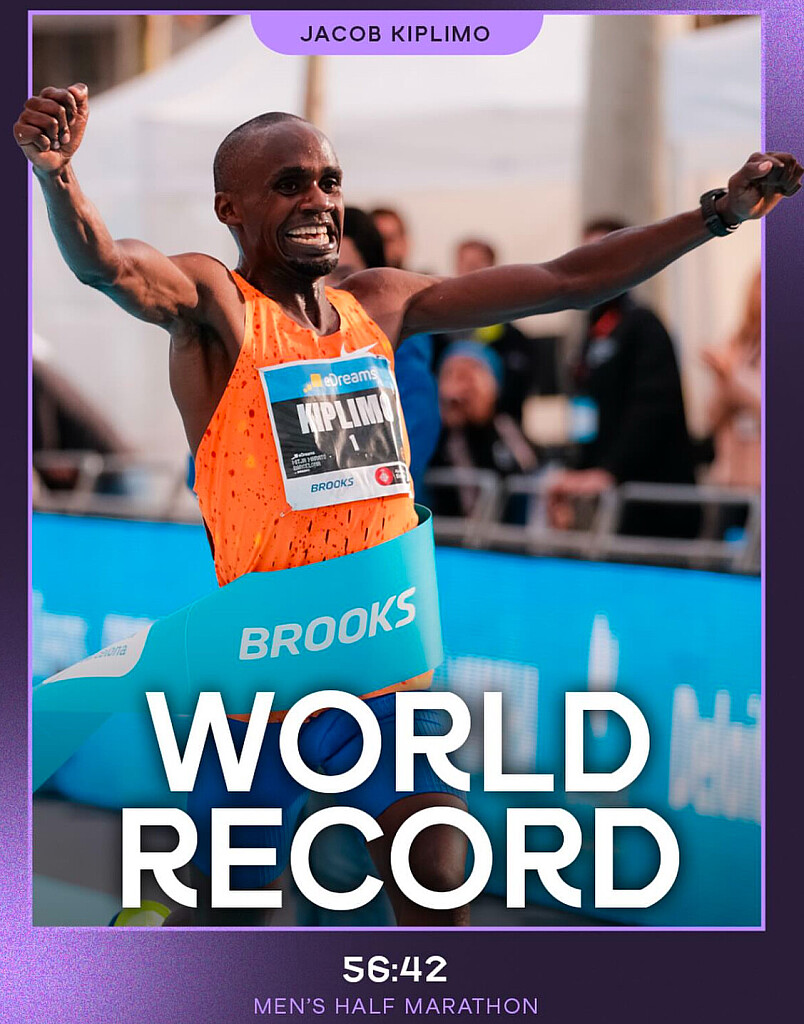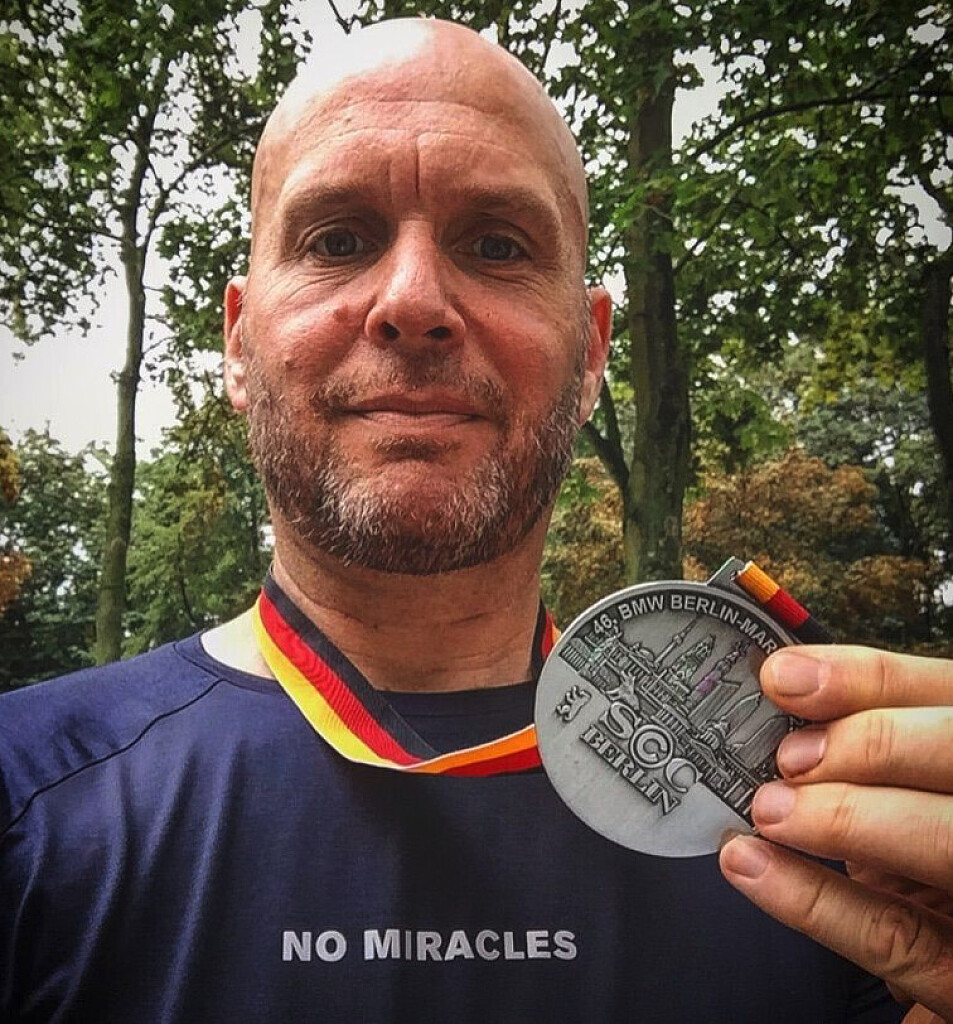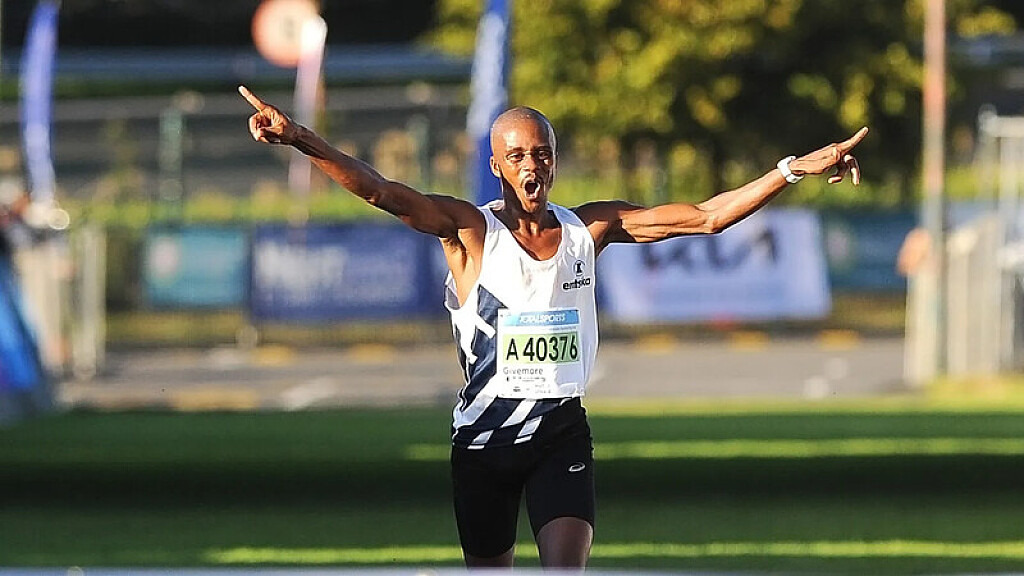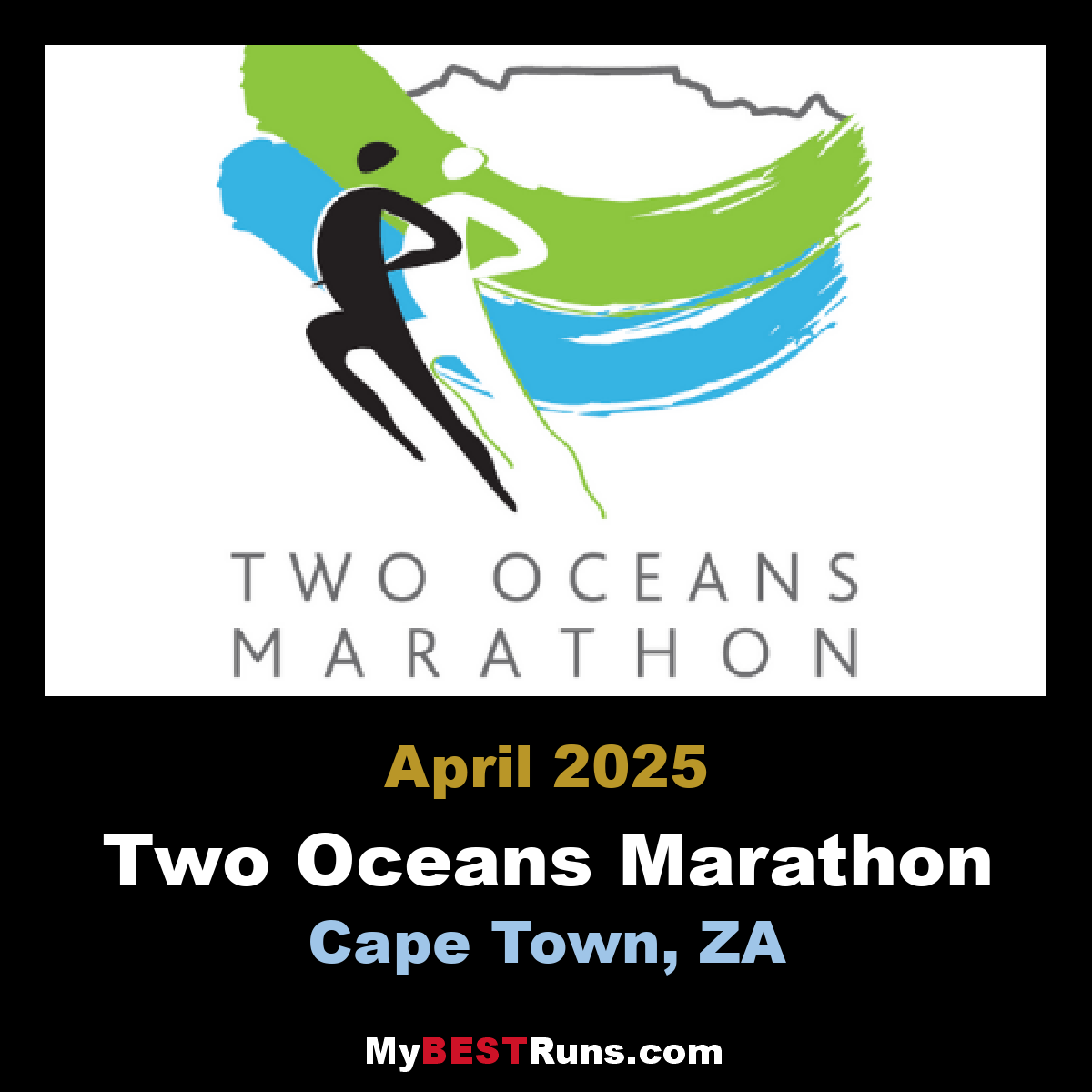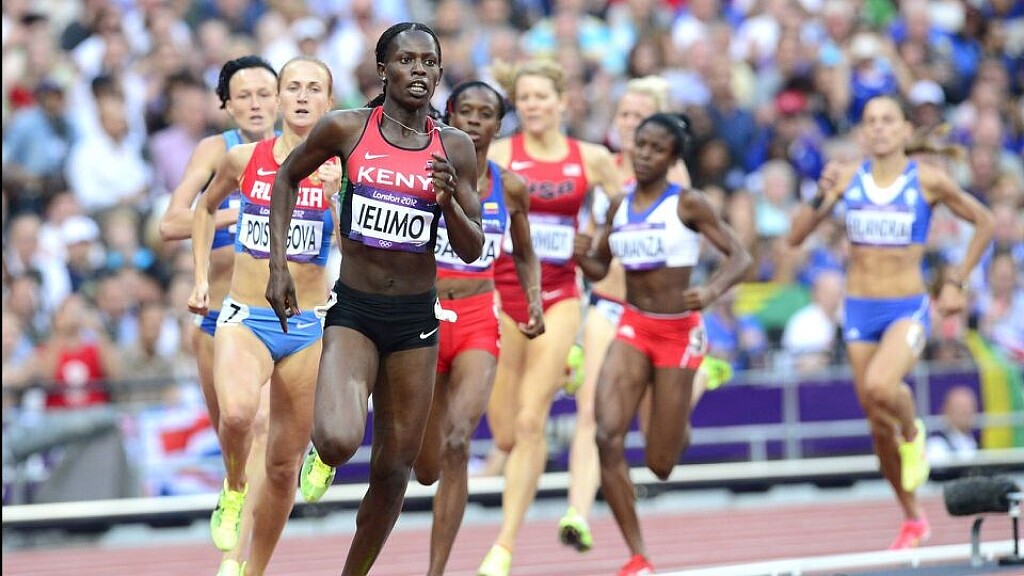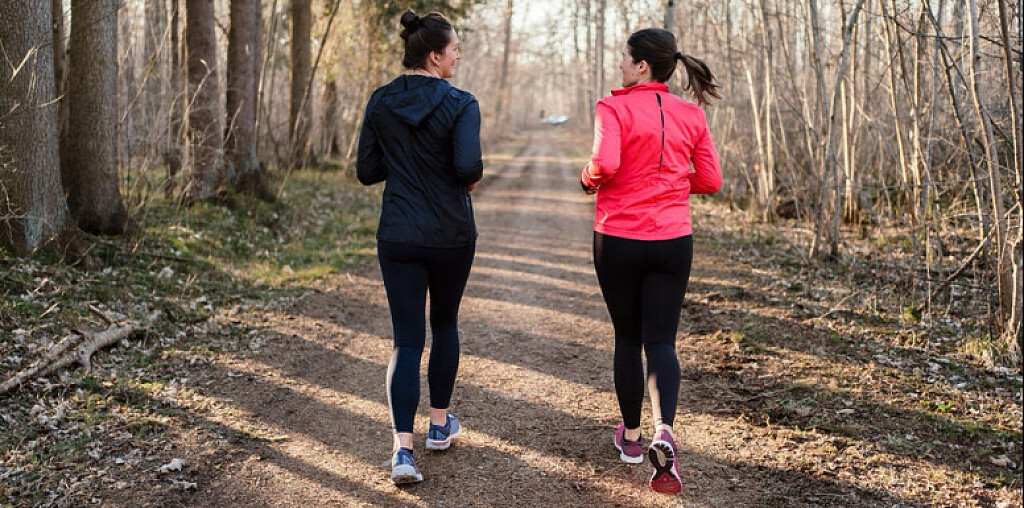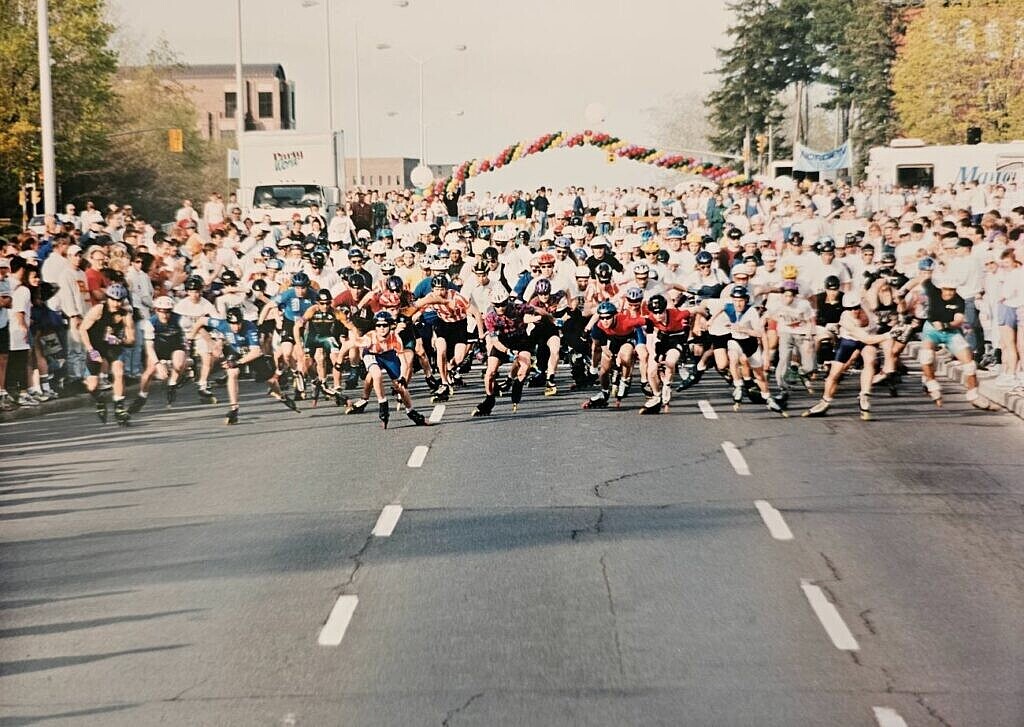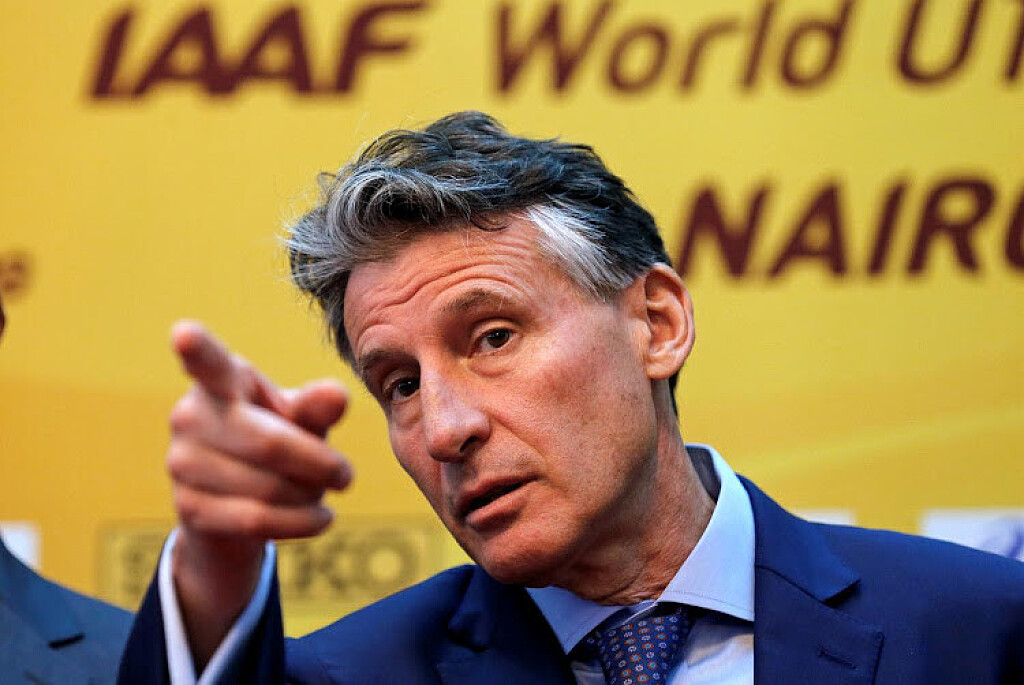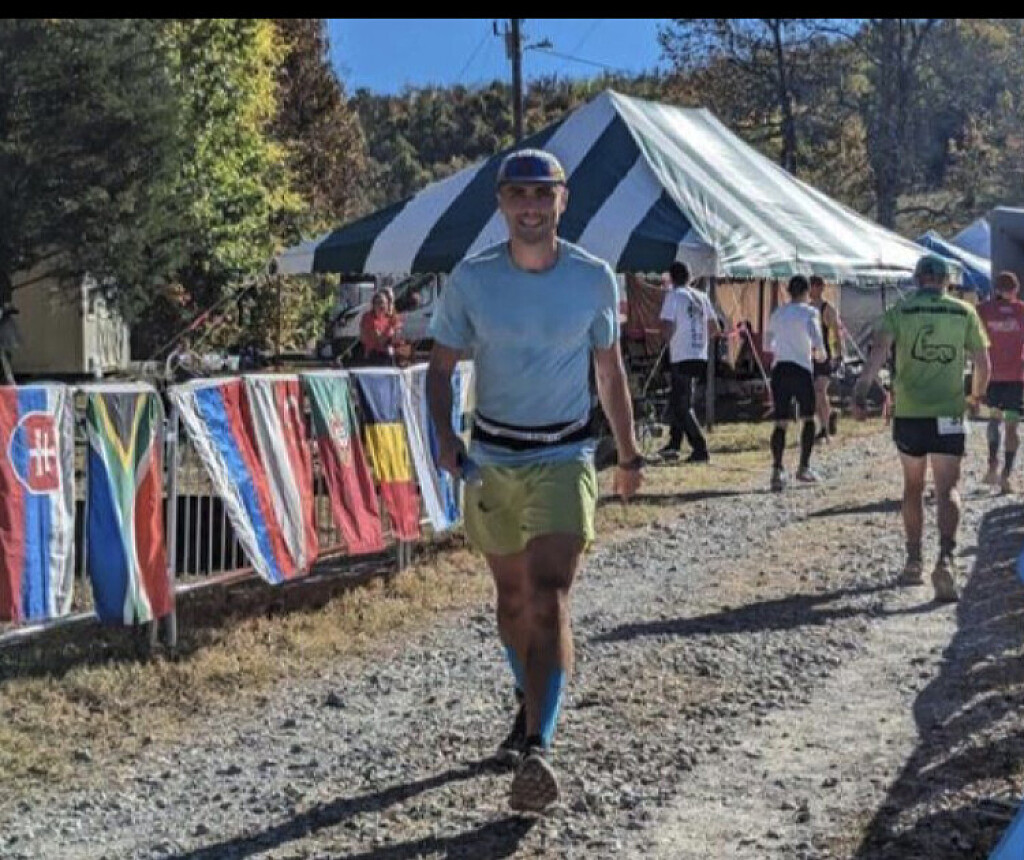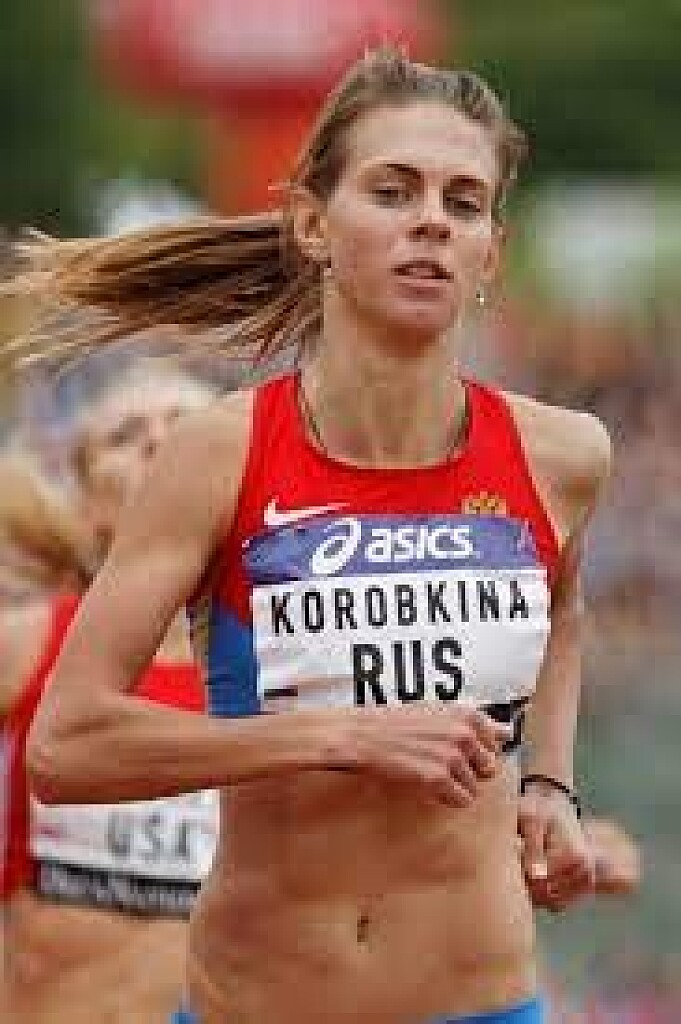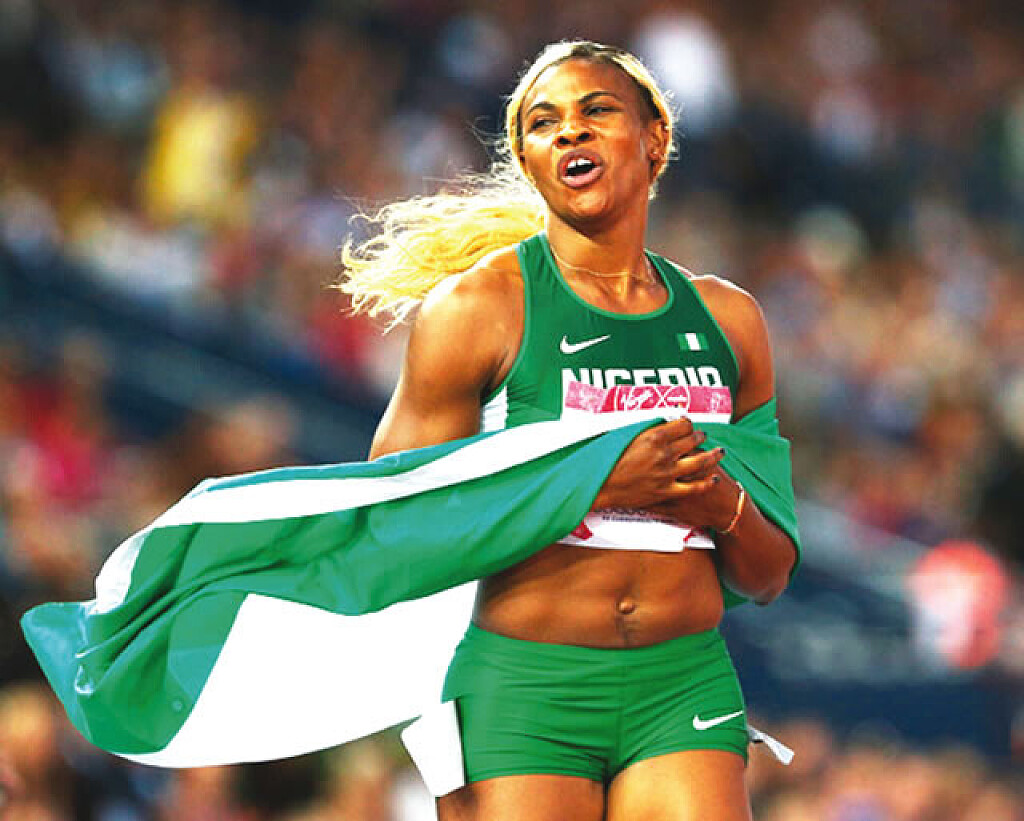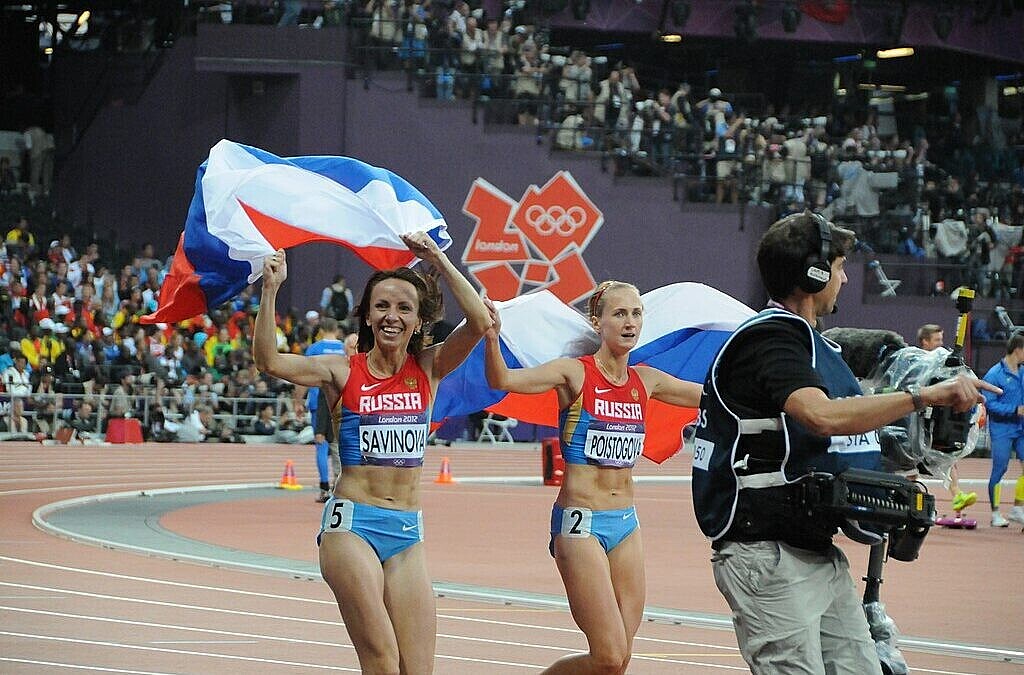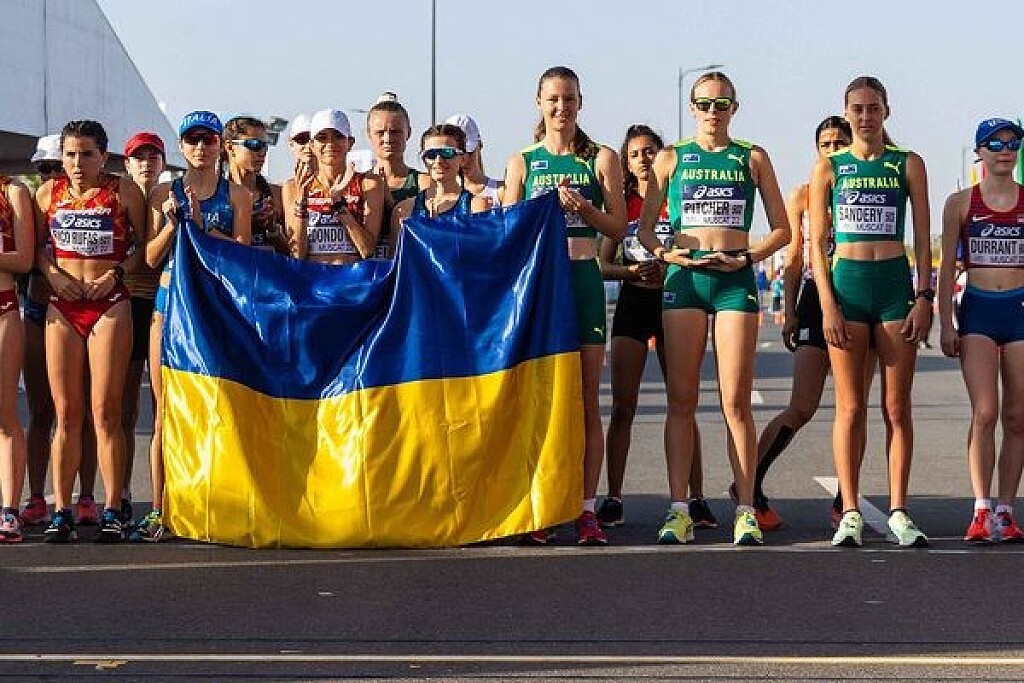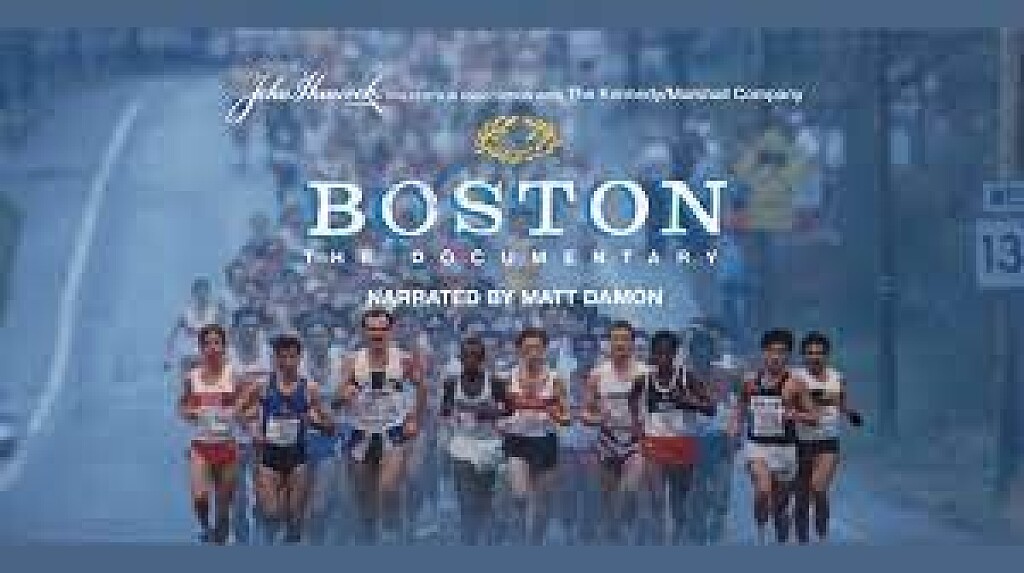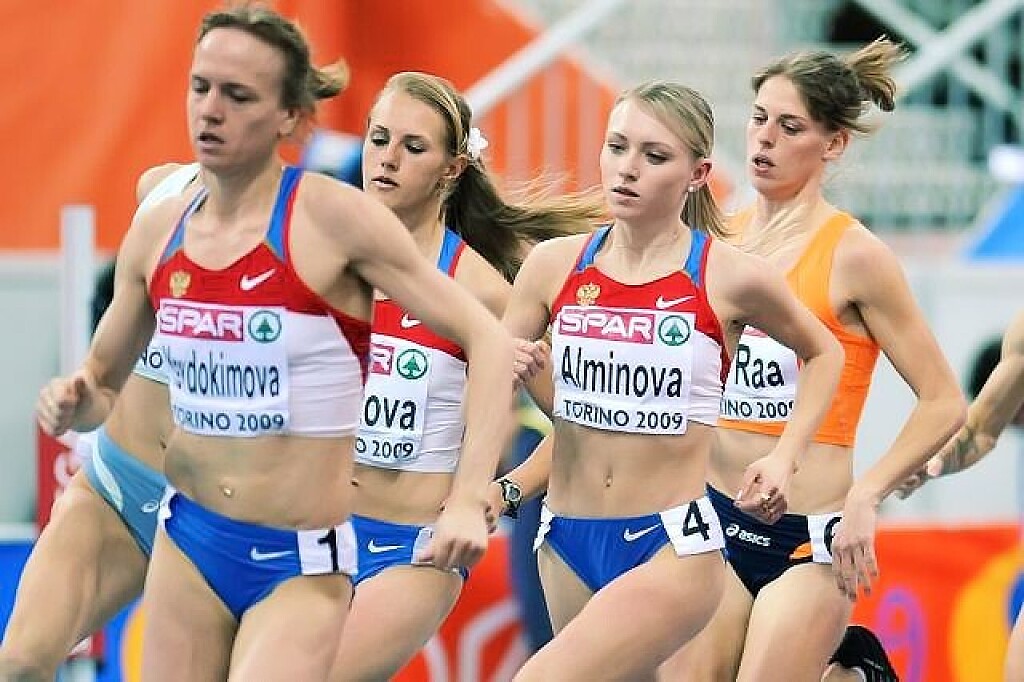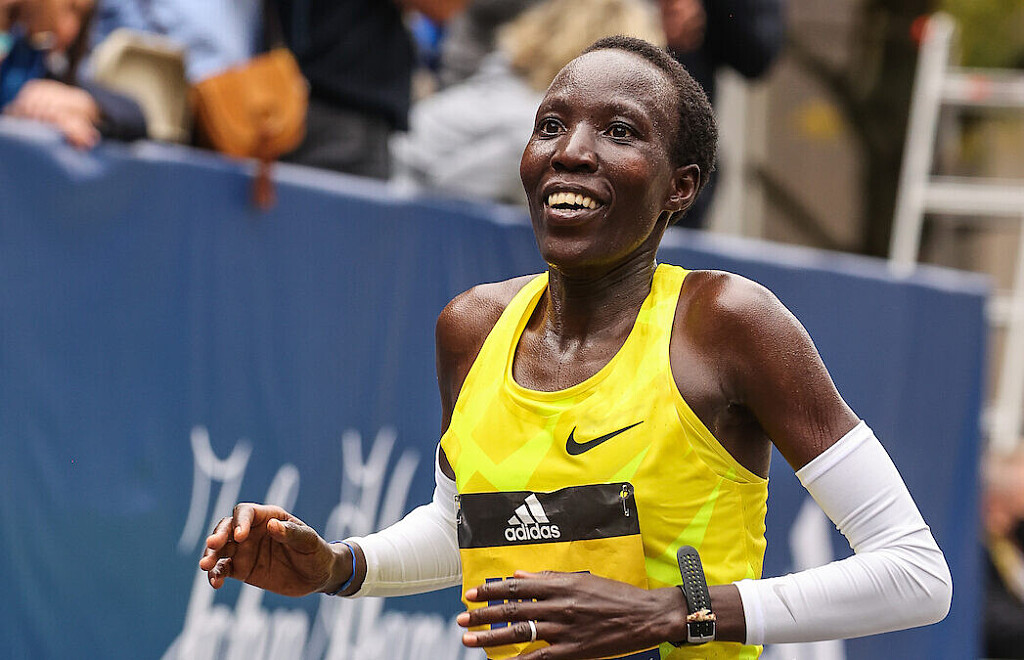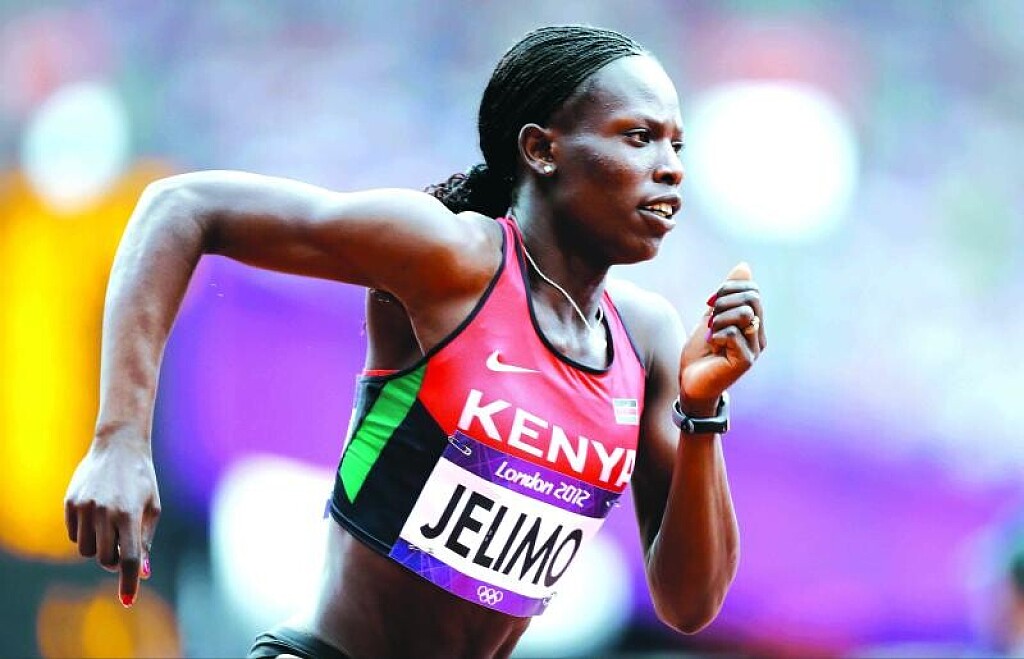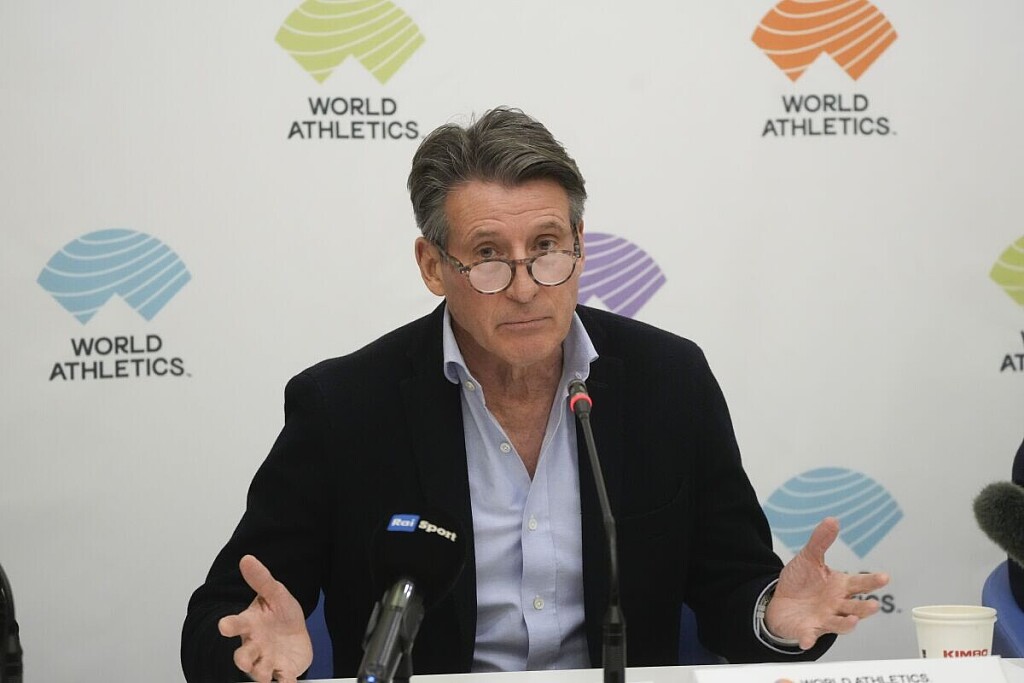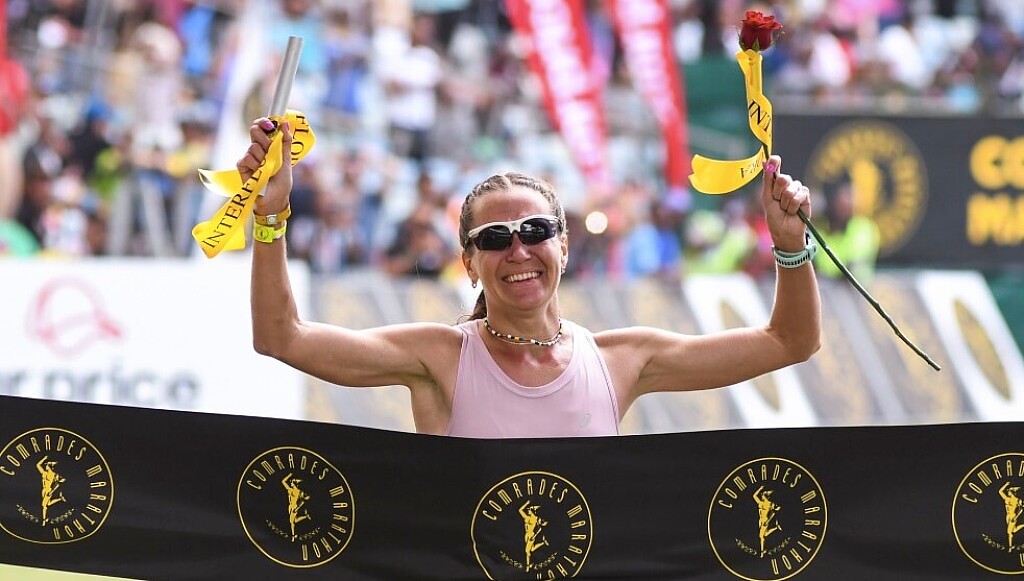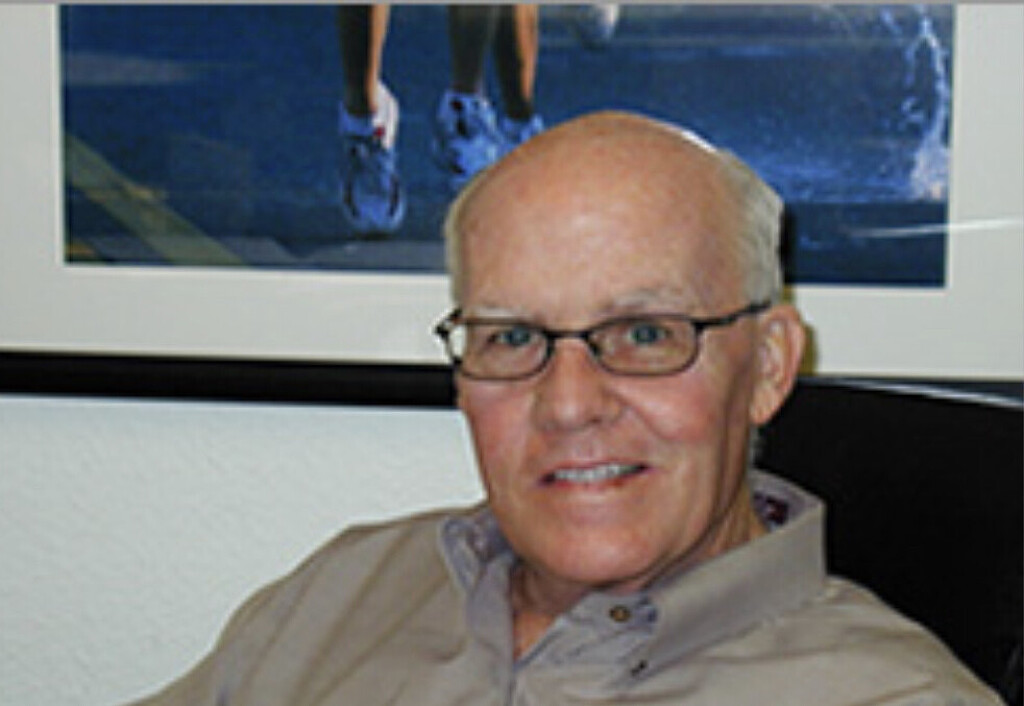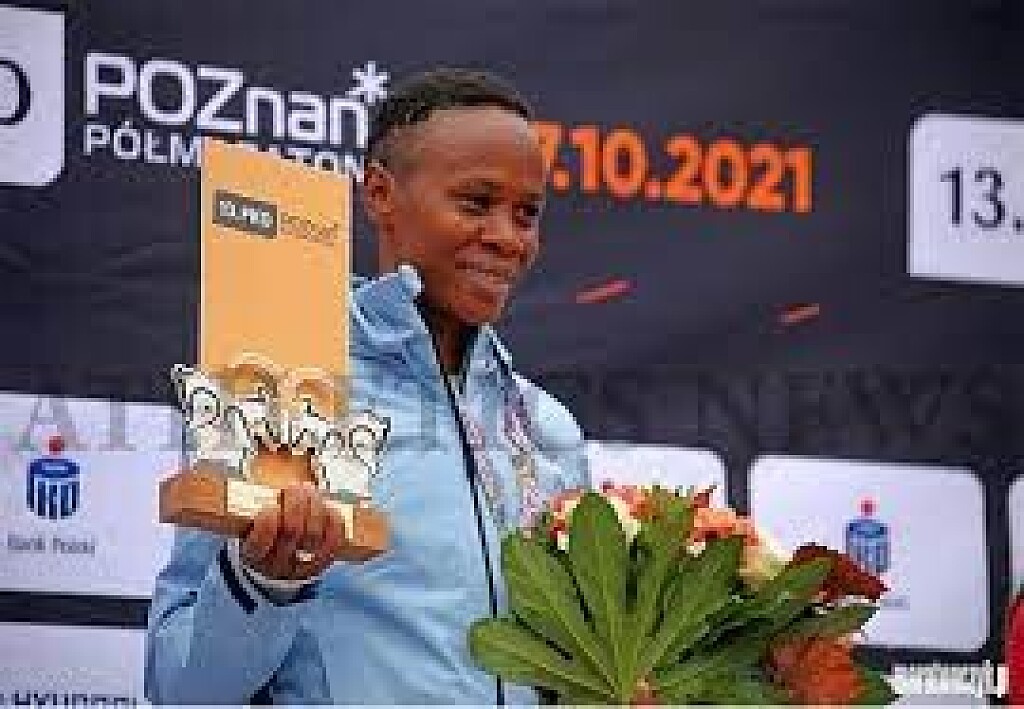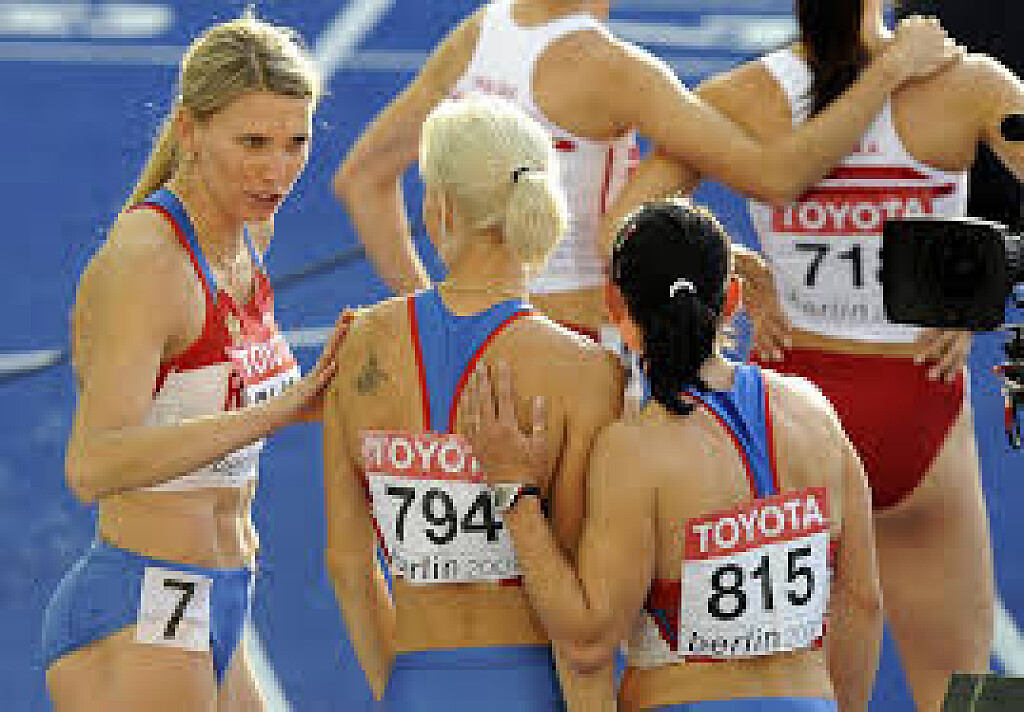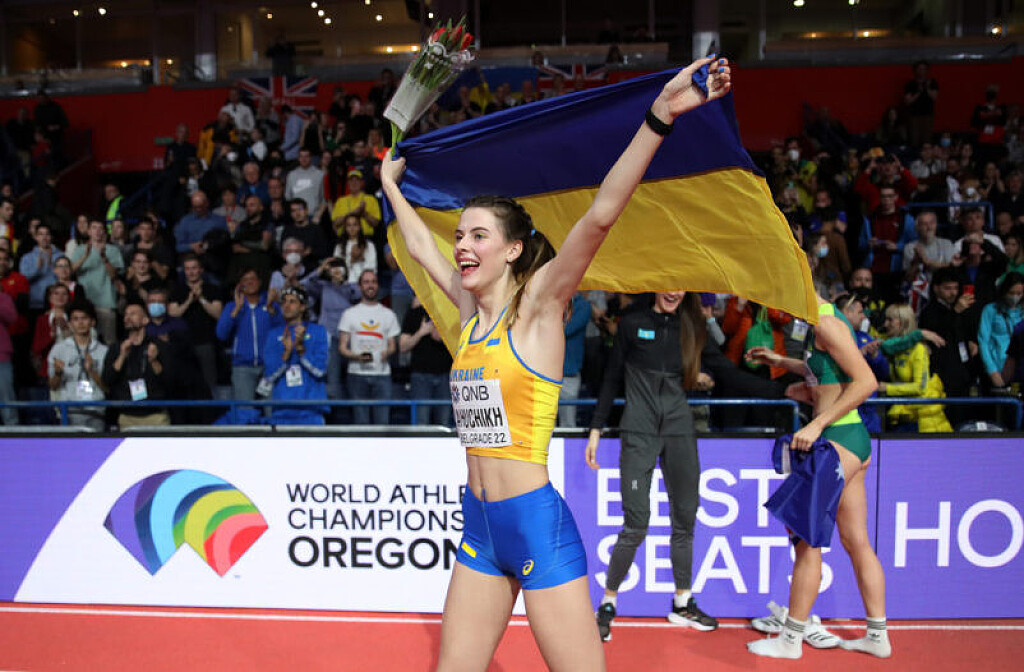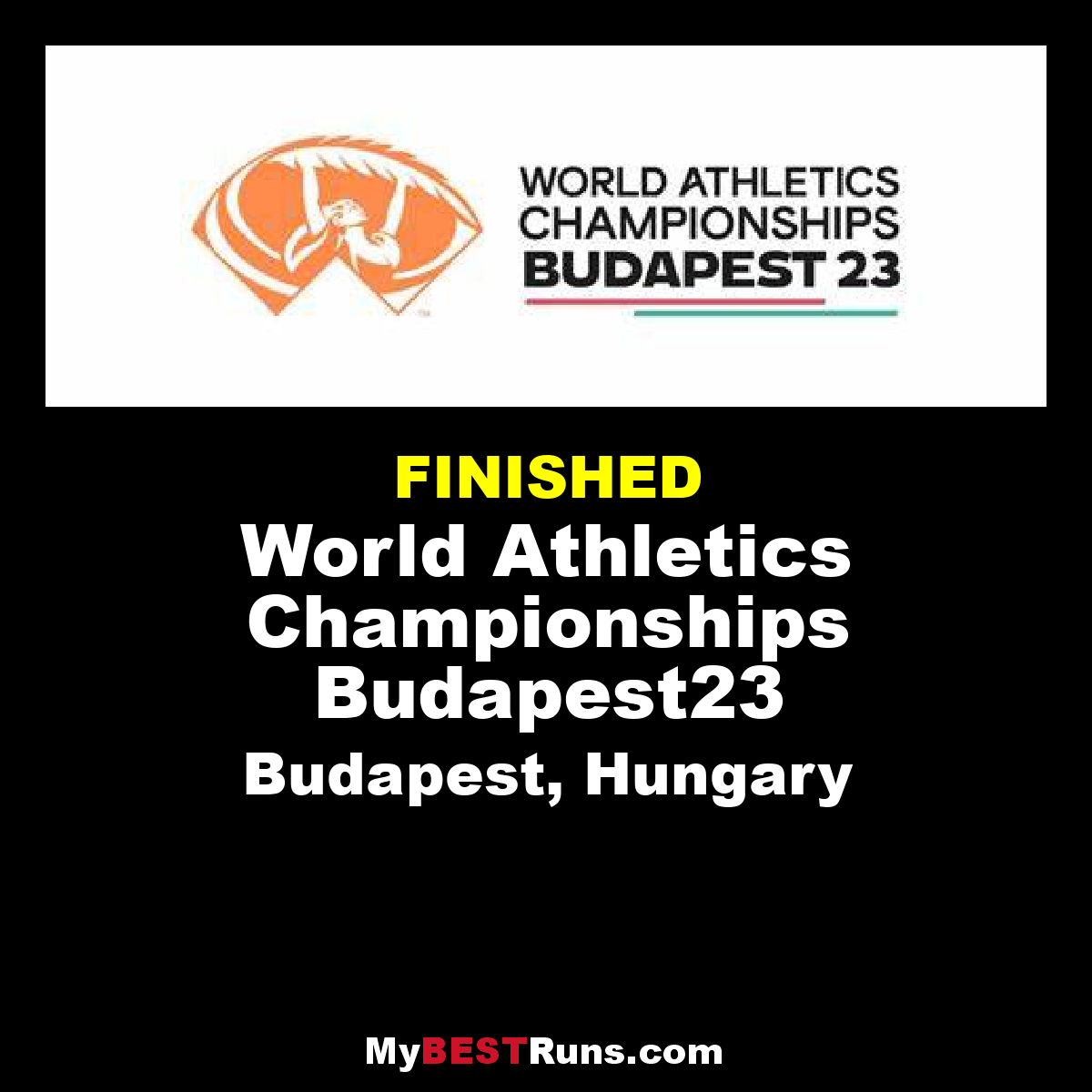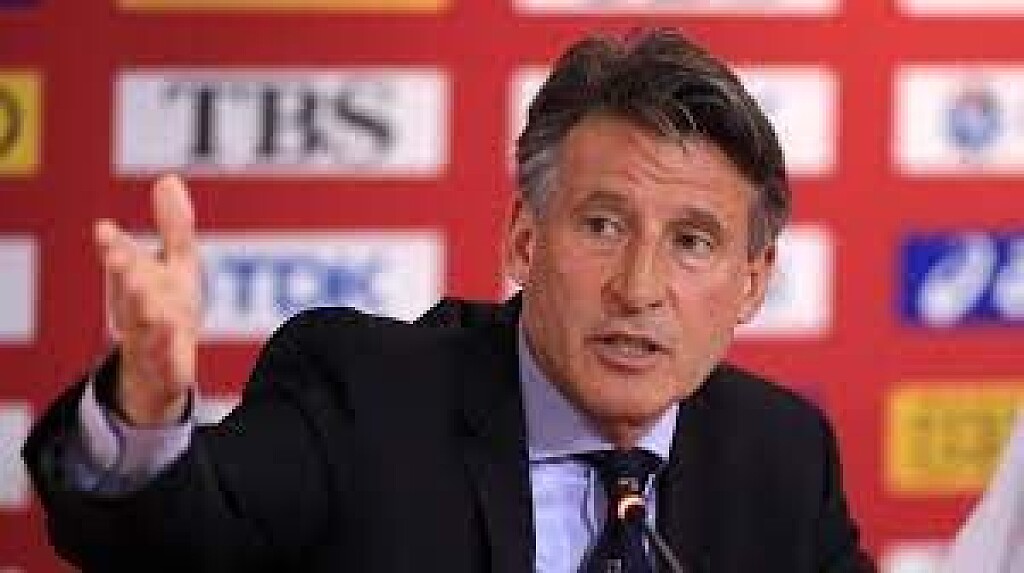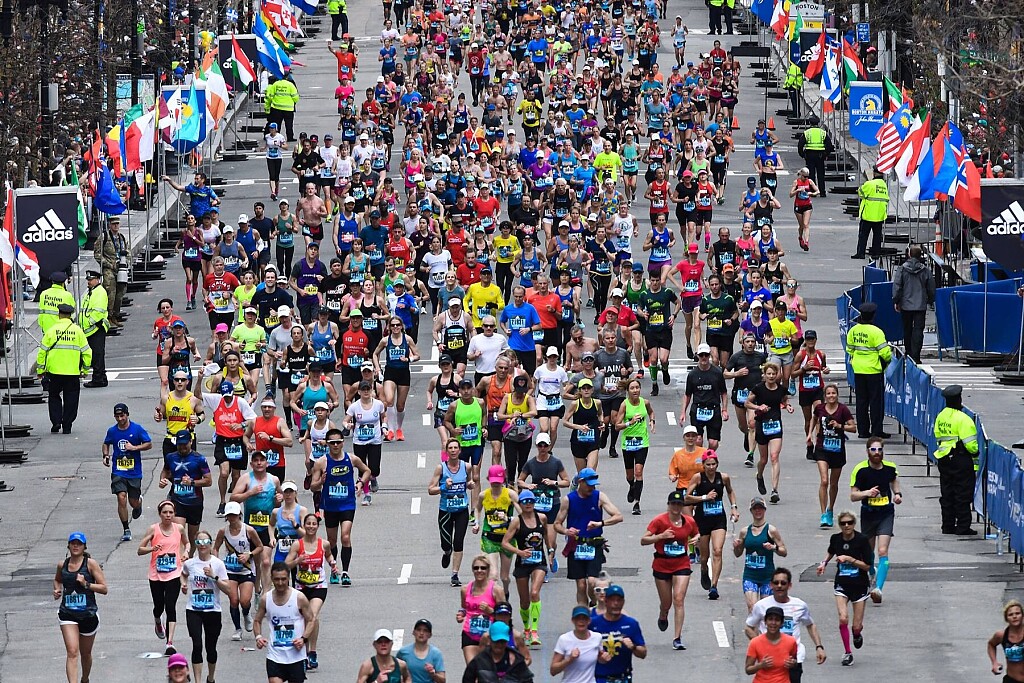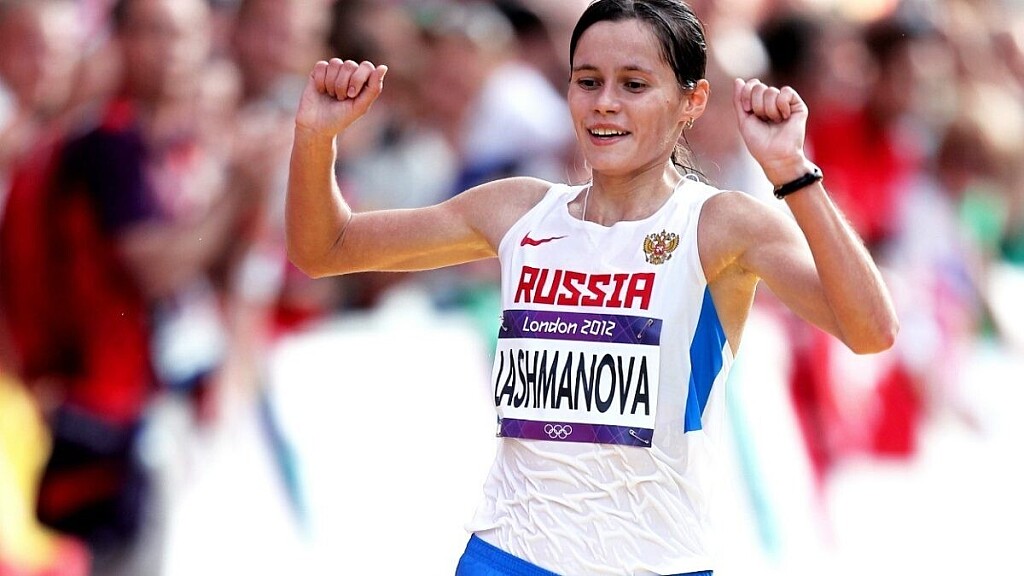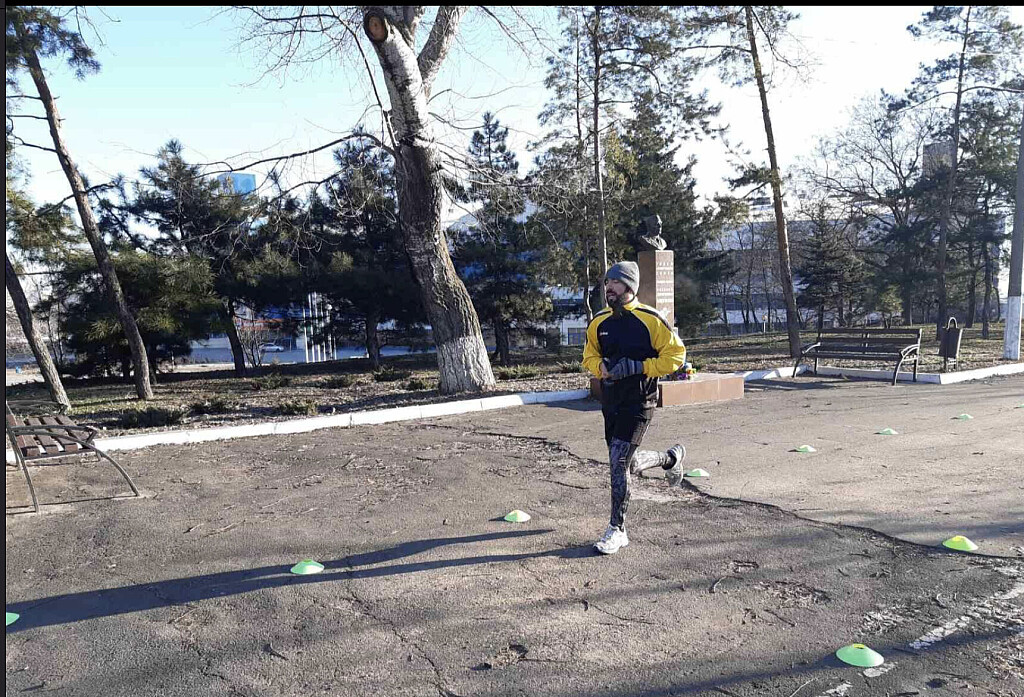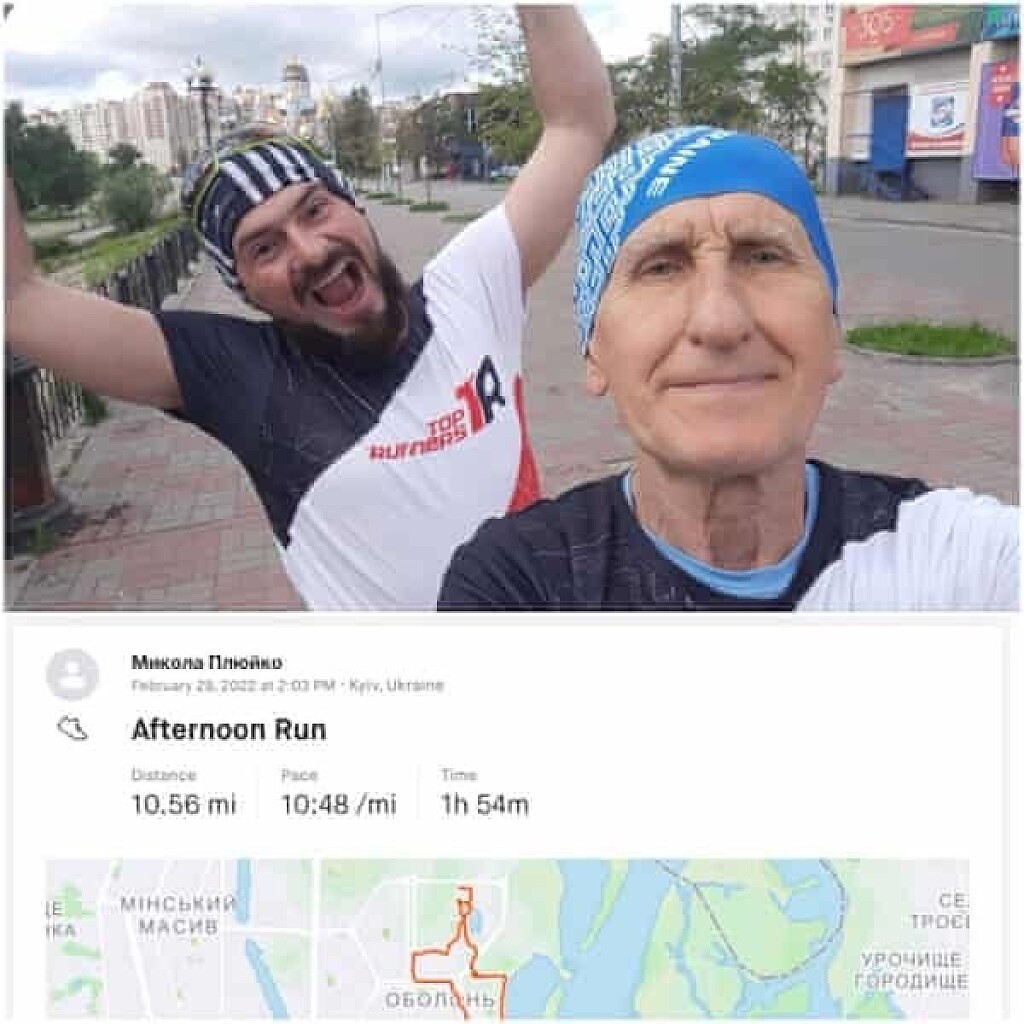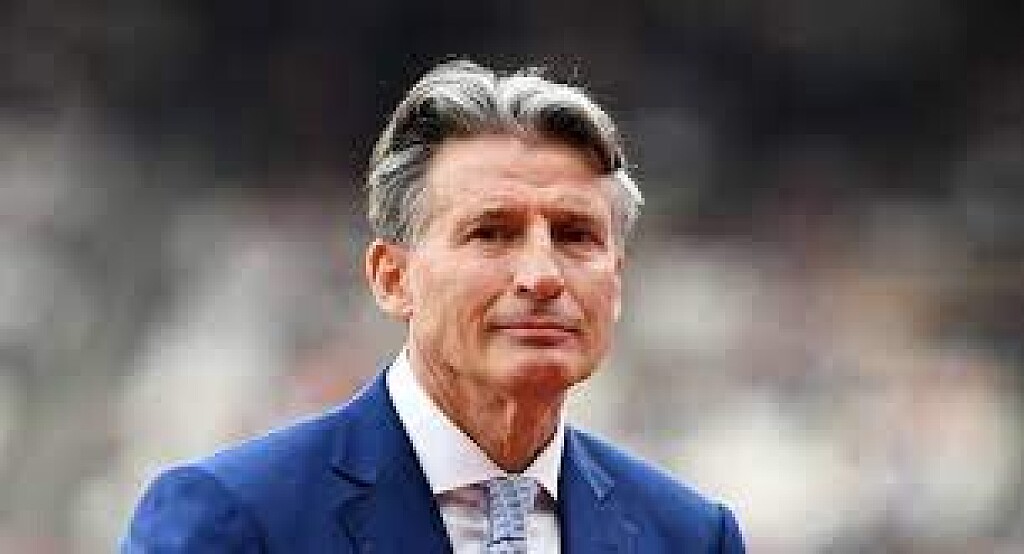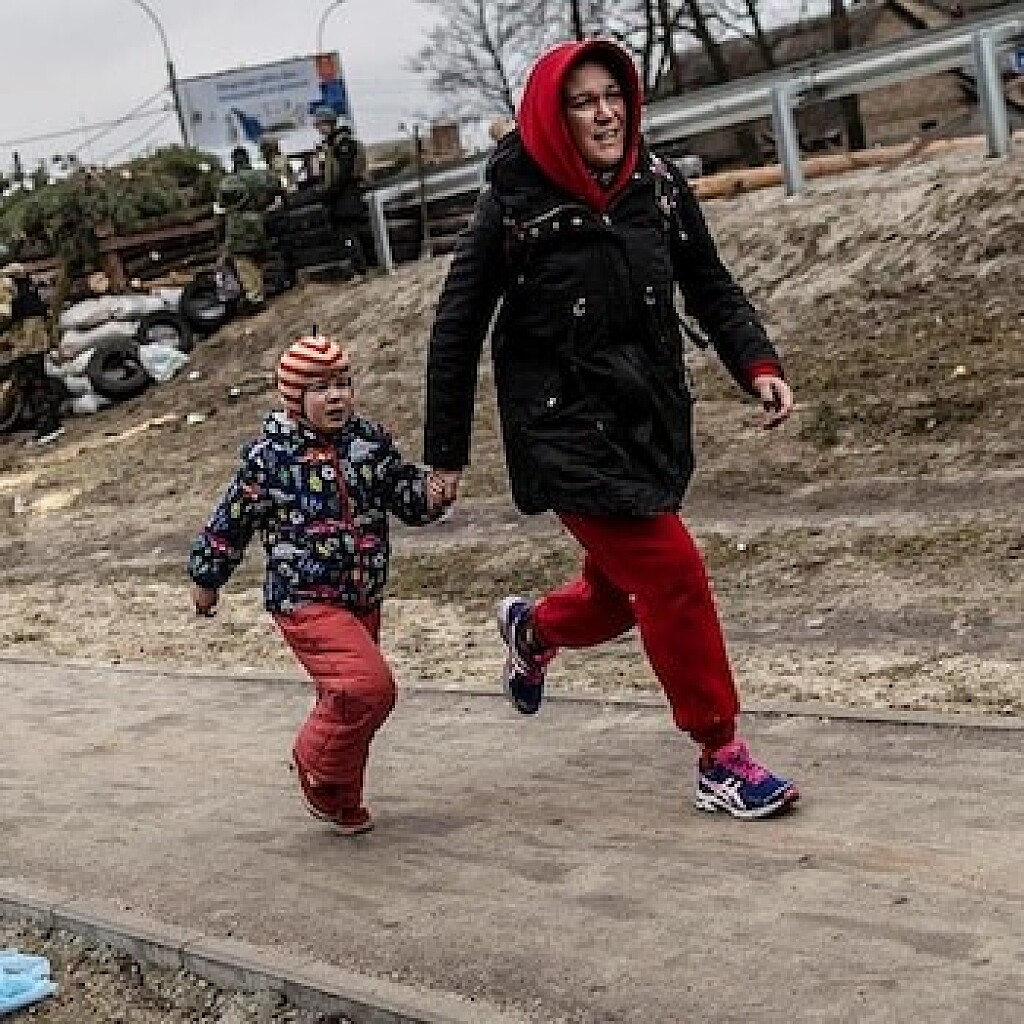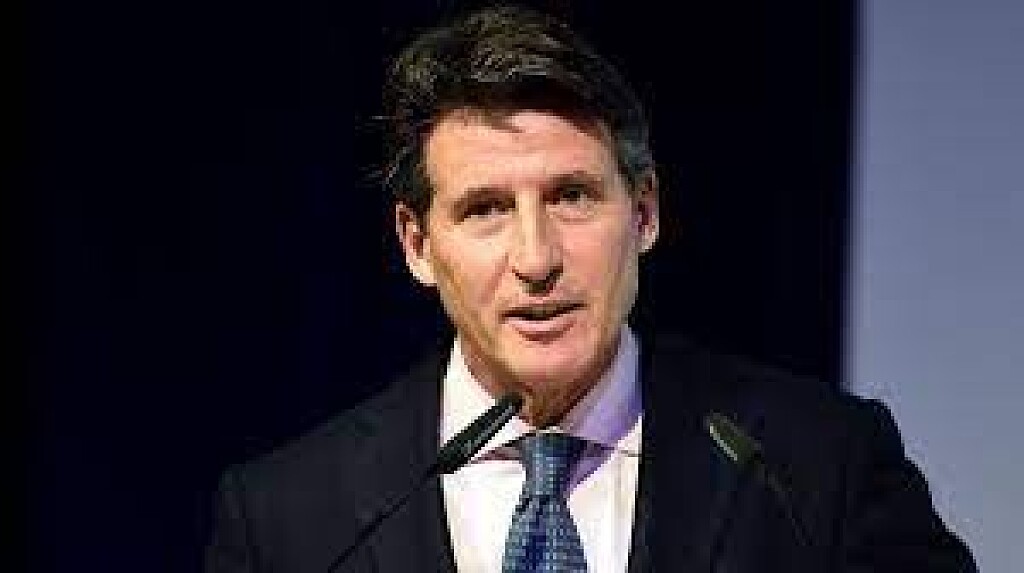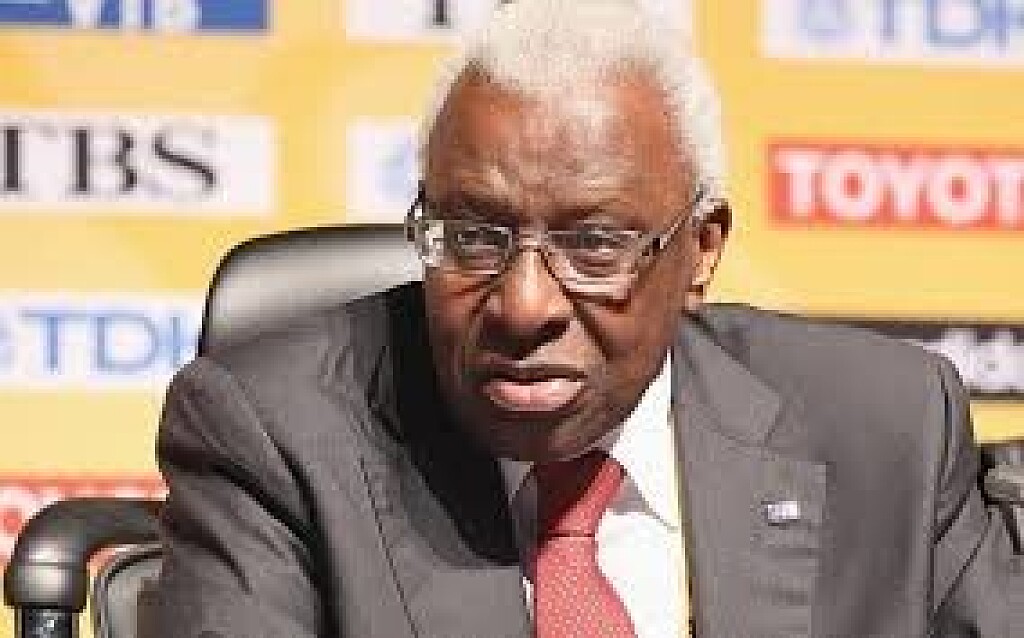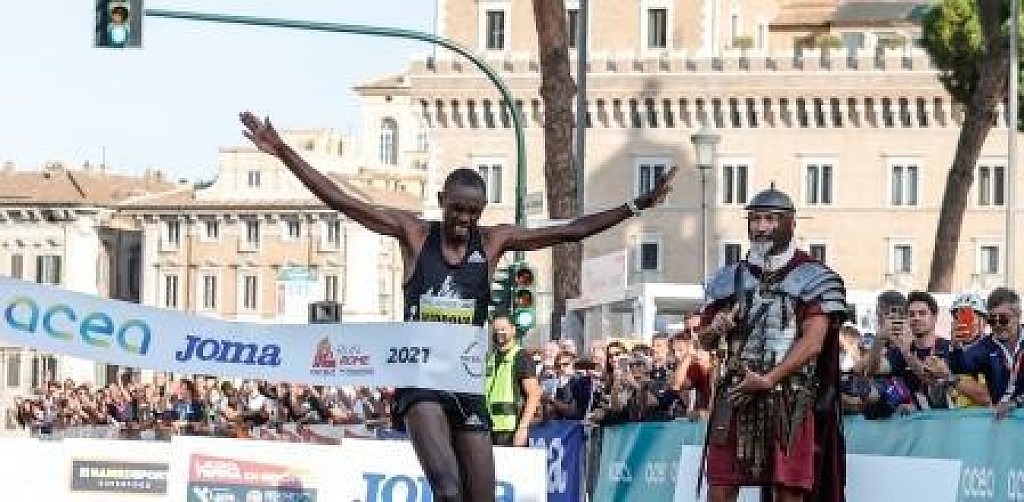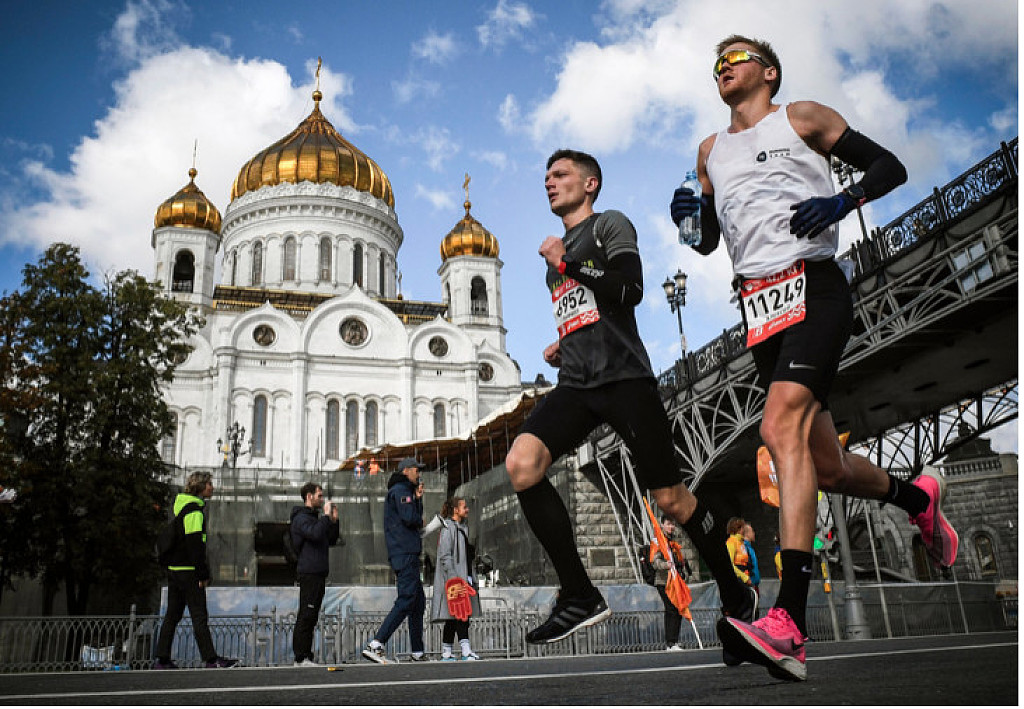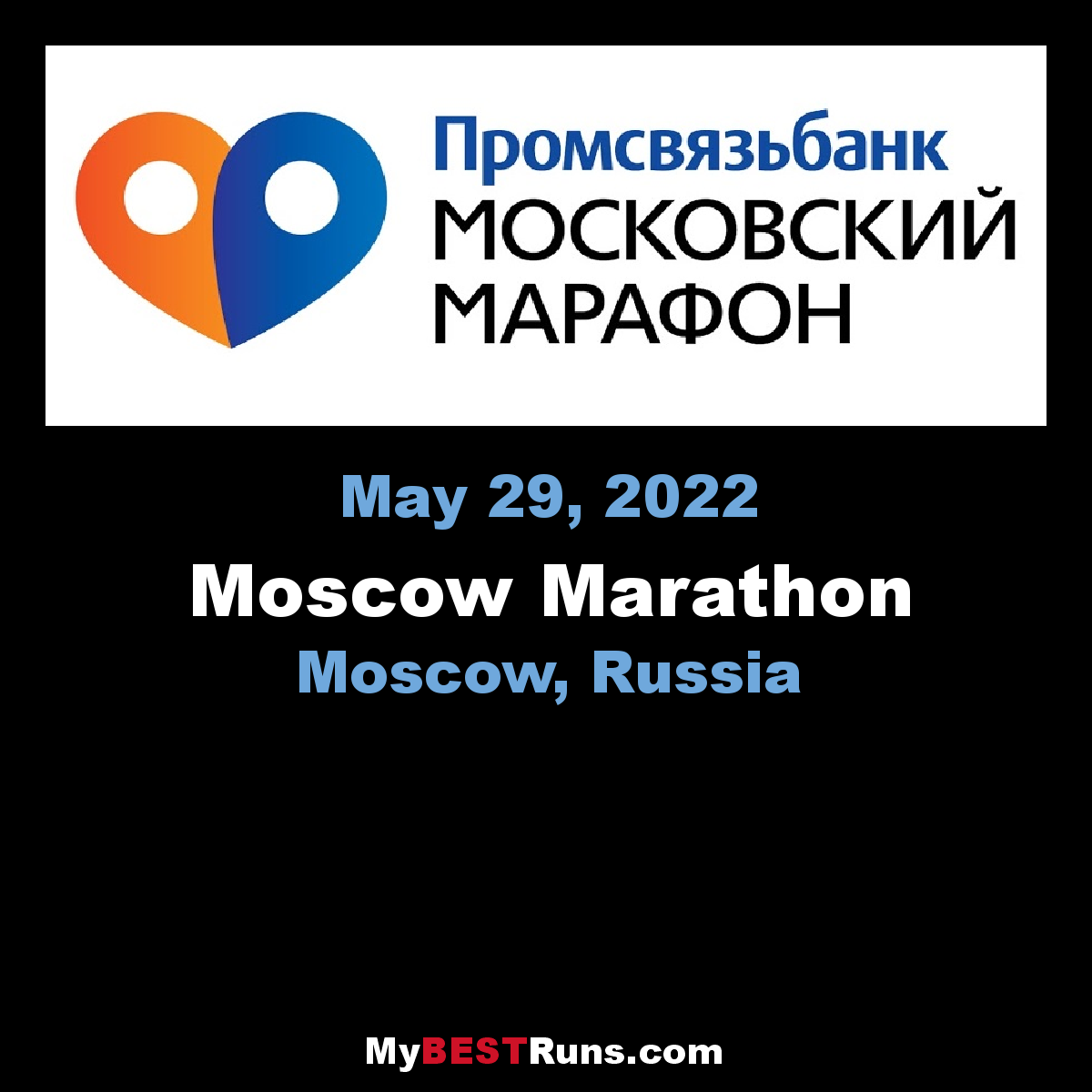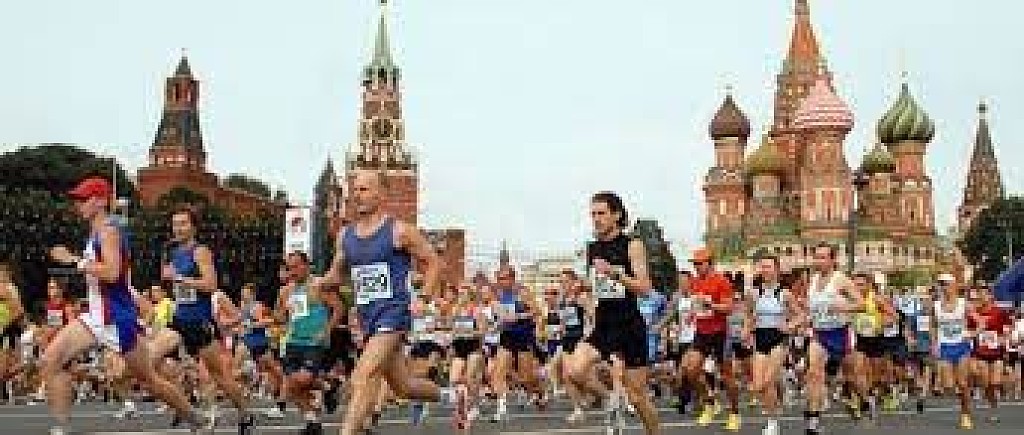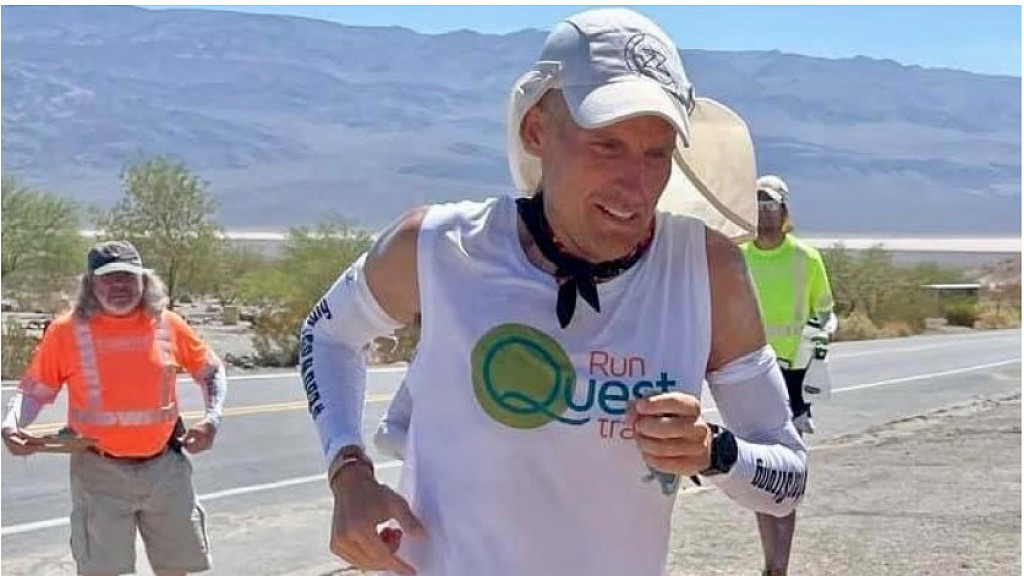Running News Daily
Running News Daily is edited by Bob Anderson. Send your news items to bob@mybestruns.com Advertising opportunities available. Train the Kenyan Way at KATA Kenya and Portugal owned and operated by Bob Anderson. Be sure to catch our movie A Long Run the movie KATA Running Camps and KATA Potato Farms - 31 now open in Kenya! https://kata.ke/
Index to Daily Posts · Sign Up For Updates · Run The World Feed
Articles tagged #Russian
Today's Running News
The Rush to Discredit Greatness – Why Do We Doubt Record-Breaking Performances?
When news broke that Jacob Kiplimo had run an astonishing 56:42 half marathon, the immediate reaction on social media was a mix of awe, skepticism, and outright accusations of cheating. Many simply couldn’t believe that a human could run that fast.
By Bob Anderson, Editor of My Best Runs
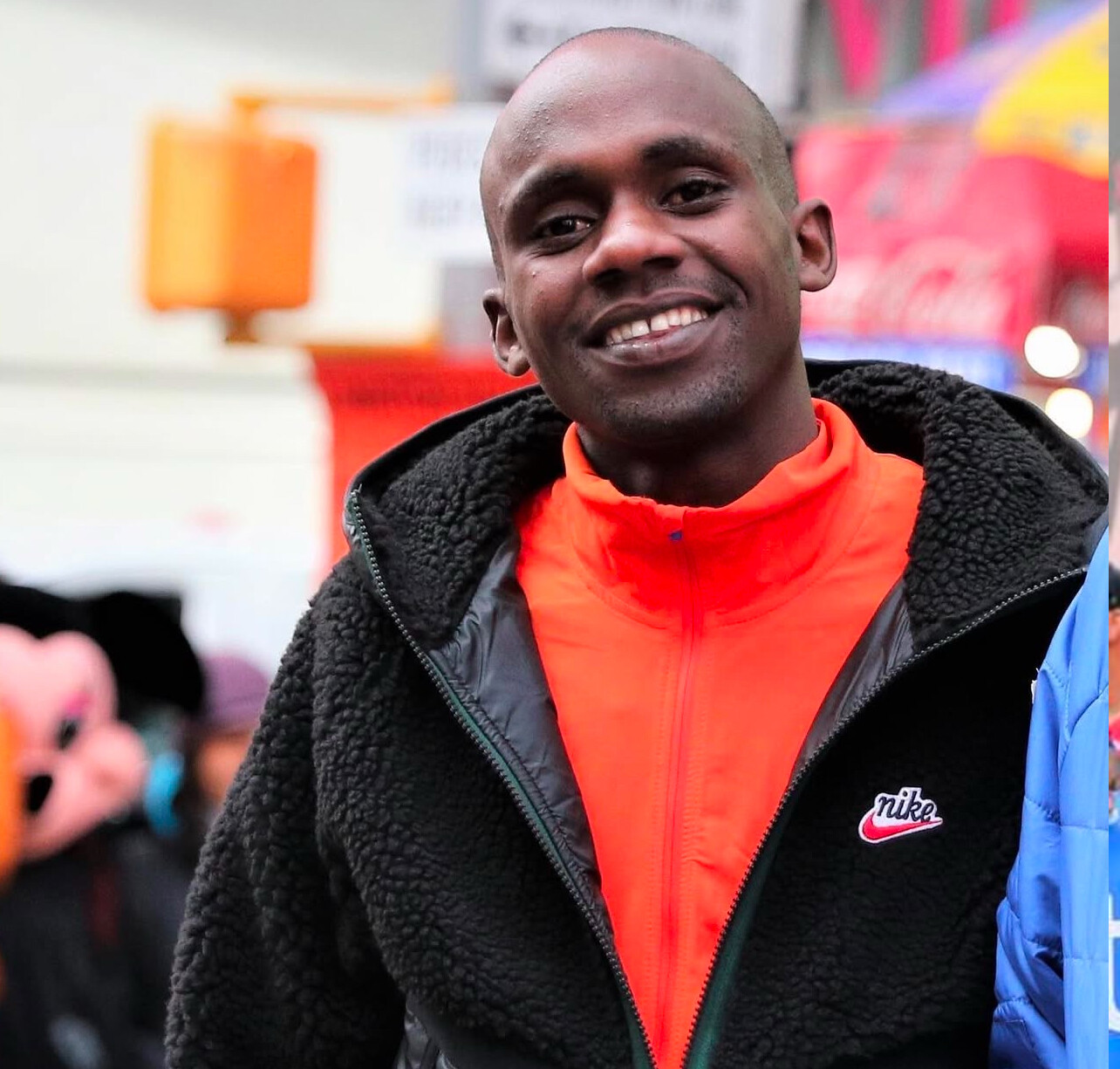
I understand why people might be shocked. This was not just a fast race—it was arguably the greatest distance running performance ever. Kiplimo’s time shattered previous records and redefined what we thought was possible over 21K. But should disbelief automatically lead to accusations?
The reality of record-breaking feats
Throughout history, incredible performances have often been met with doubt. In 1954, Roger Bannister’s sub-4-minute mile seemed superhuman, but today, elite high schoolers chase that mark. When Eliud Kipchoge broke the two-hour marathon barrier (albeit in a controlled environment), people debated how much was due to pacing, shoes, or course setup.
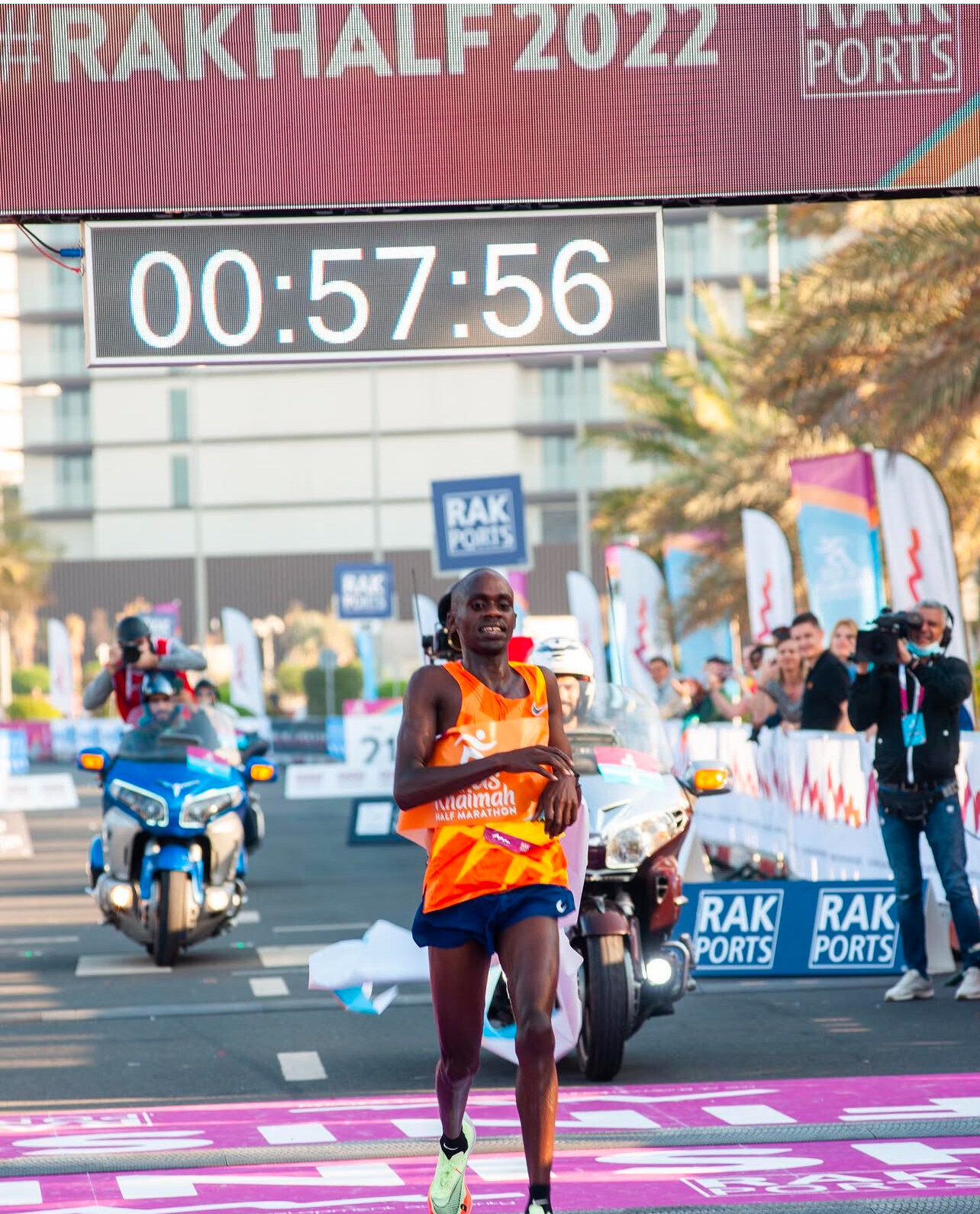
Now, with Kiplimo’s 56:42, we see the same pattern. Questions arise:
Was the course accurate? This will be verified before the record is ratified.
Did he use performance-enhancing drugs (PEDs)? As far as we know, he has passed every drug test, and accusations without evidence are unfair.
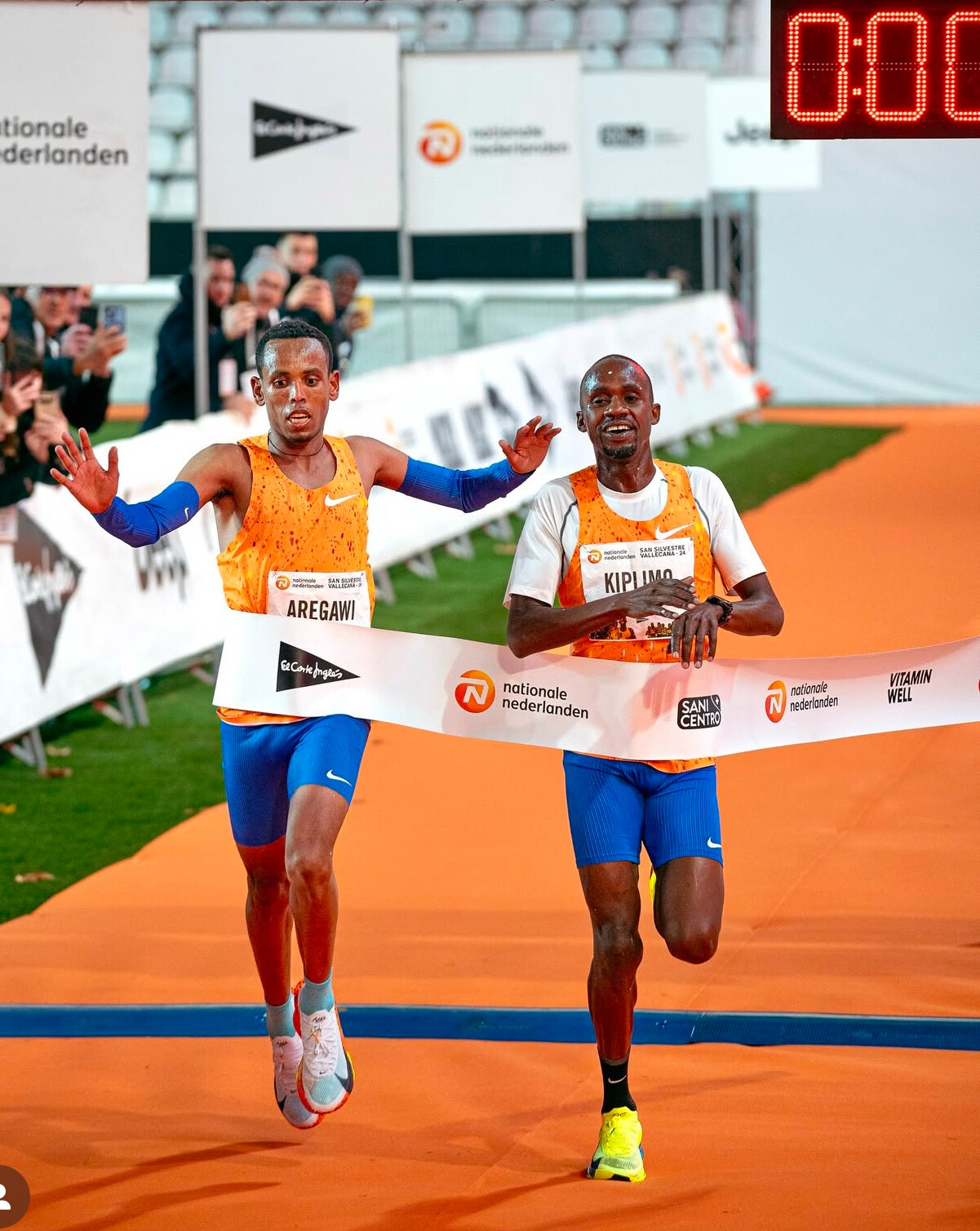
What about Nike’s super shoes? Yes, he wore them, but these shoes are legal under World Athletics regulations.
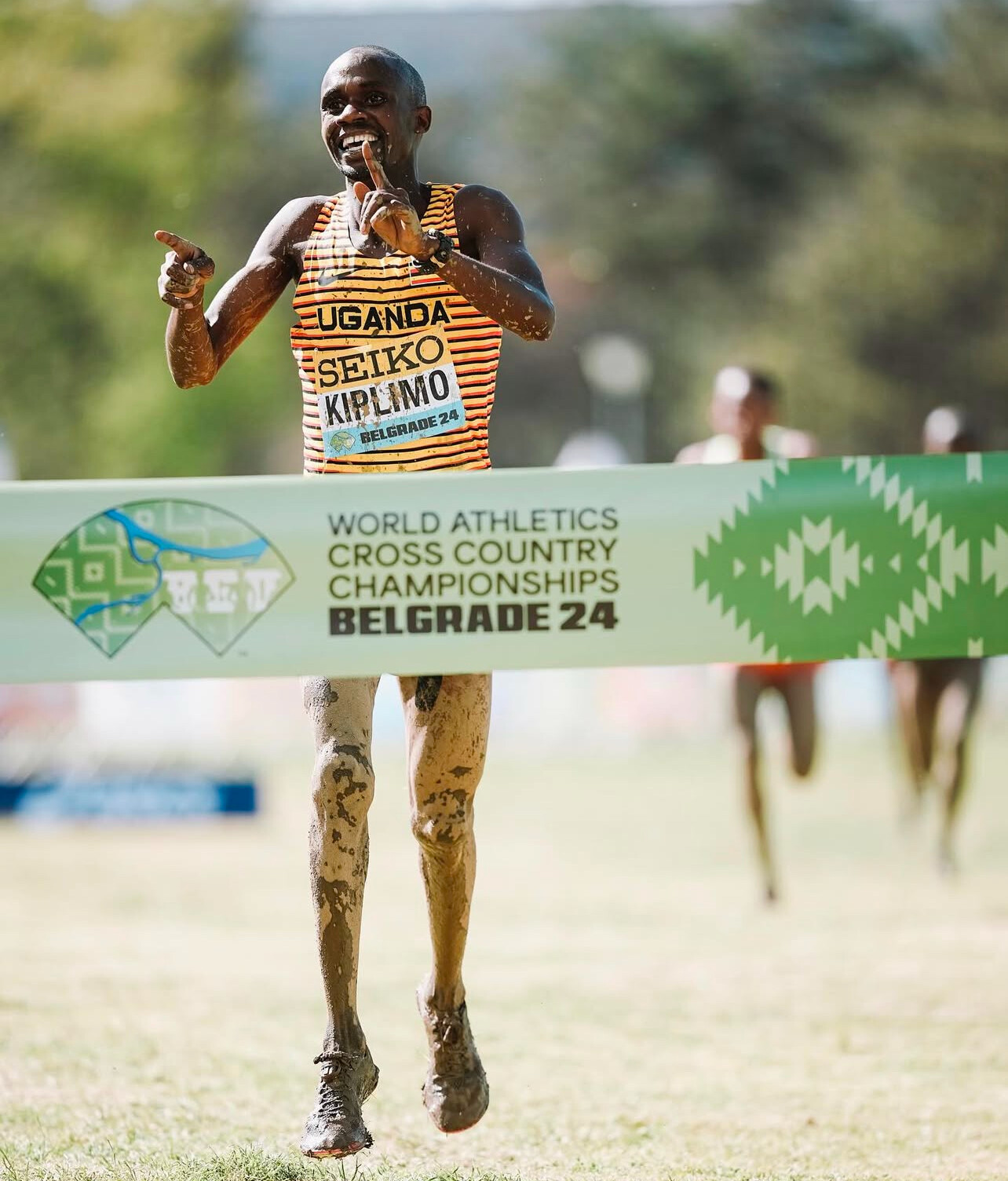
These are reasonable questions to ask, and the governing bodies will do their due diligence. But what’s frustrating is the knee-jerk reaction of immediately assuming foul play.
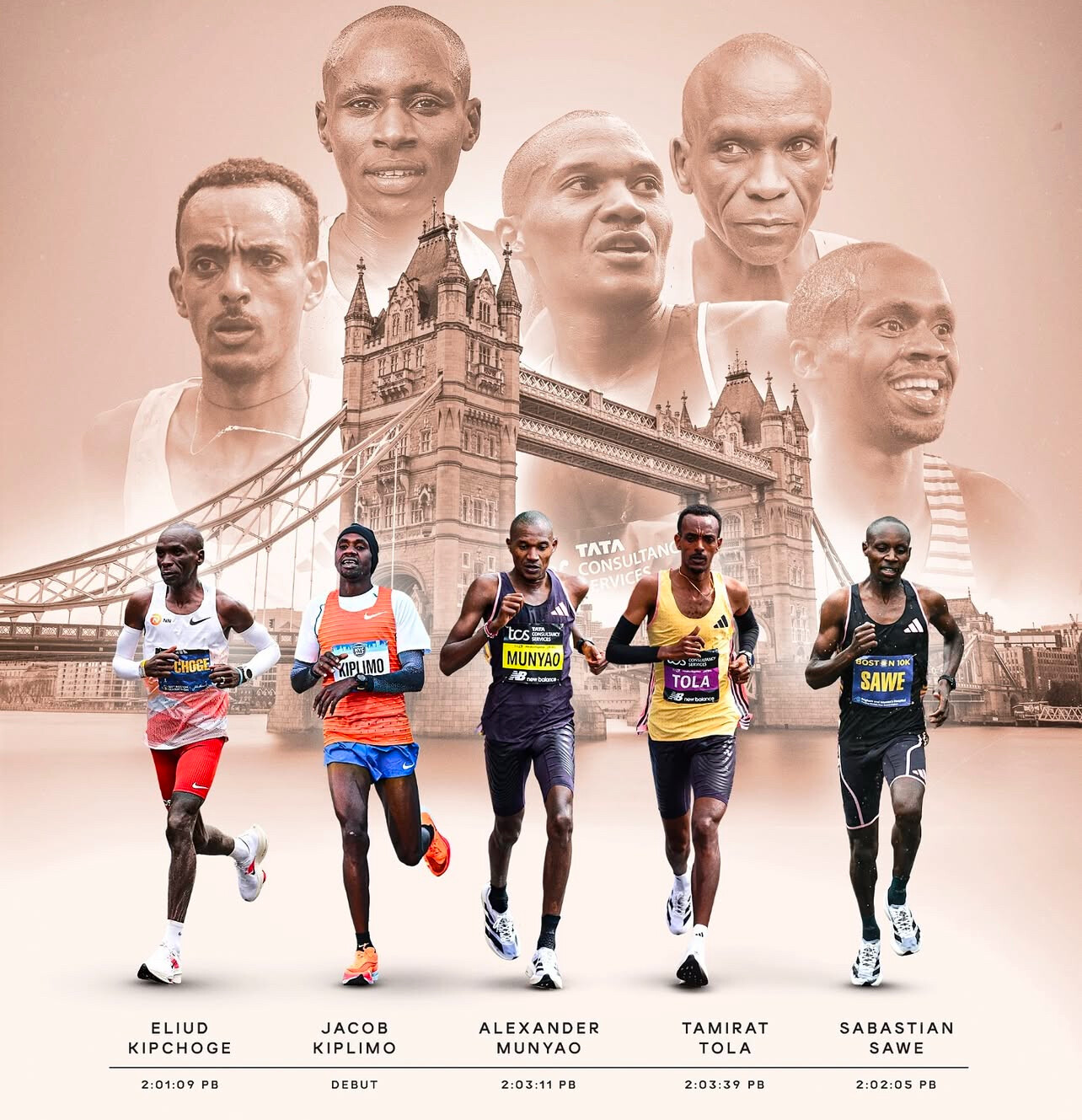
The culture of doubt in modern running
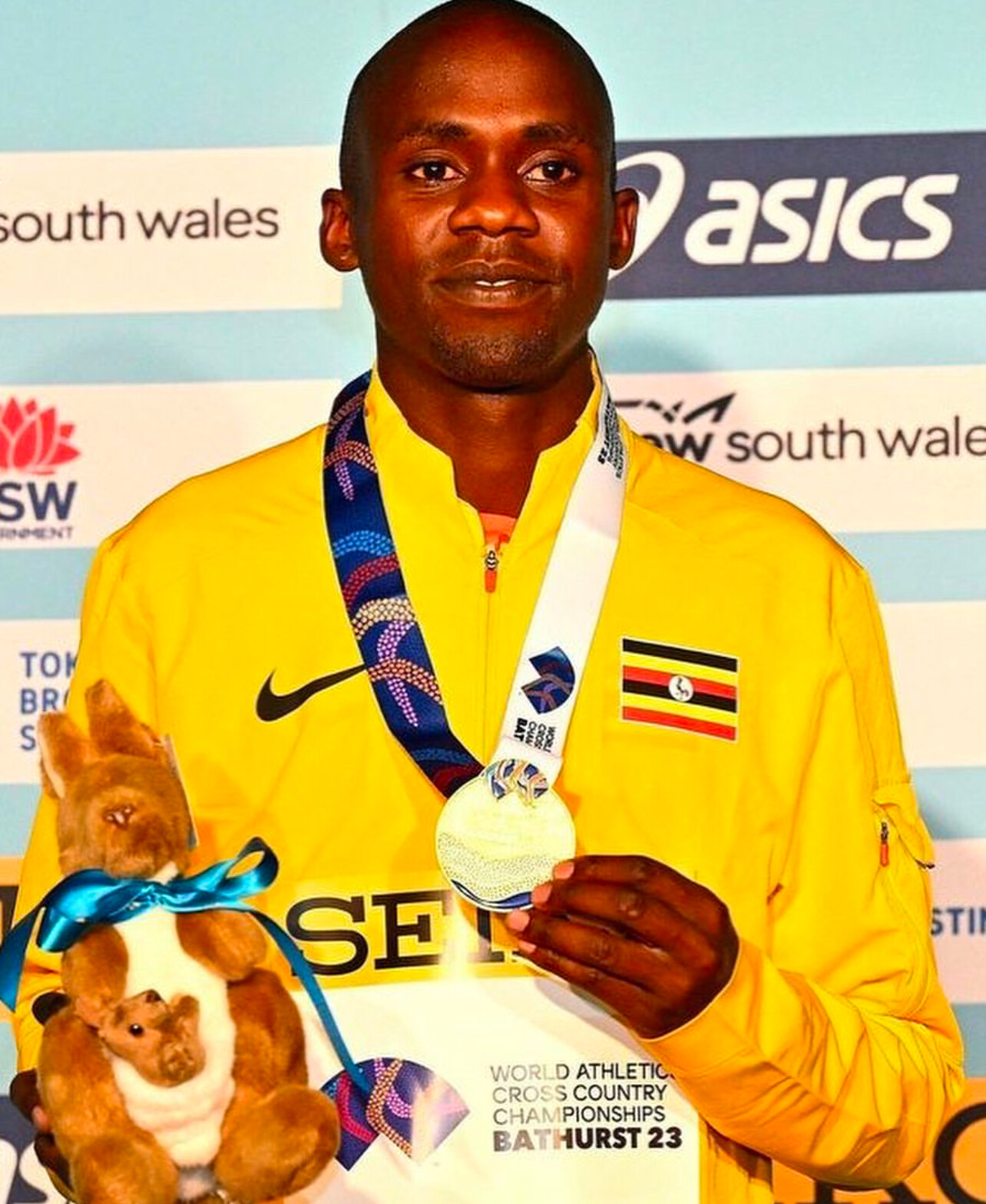
Why do some past champions and fans rush to discredit new performances? Some of it comes from personal experience—many former elite runners trained incredibly hard, and when they see times they never thought possible, it’s natural to wonder what changed. Some of it also comes from a real history of doping scandals in the sport, from Ben Johnson to Lance Armstrong to the Russian state-sponsored program.
But there’s another factor—social media. Unlike in Bannister’s era, when skepticism was confined to private conversations, today’s doubts explode instantly across the internet. A single tweet suggesting “this must be doping” spreads like wildfire, often without evidence.
Jacob Kiplimo is no stranger to records
Let’s not forget that this is not Kiplimo’s first world record. He has been at the top of the sport for years, previously holding the half marathon world record at 57:31 before Kelvin Kiptum broke it. He has consistently performed at the highest level, winning Olympic and World Championships medals. Are the same people suggesting he cheated back then too? Or is it only now, when the record has taken a dramatic leap, that they feel the need to discredit him?
Innocent until proven guilty
In sports, as in life, we must be careful about making baseless accusations. If evidence emerges that Kiplimo cheated, that’s one thing. But until then, we should celebrate an incredible performance and let the process of verification take its course.
To those quick to assume wrongdoing, I ask—what if you’re wrong? What if Kiplimo is simply that good? Greatness should inspire us, not immediately make us suspicious. Until proven otherwise, this was a historic day for distance running—one that deserves recognition, not reckless doubt.
by Bob Anderson
Login to leave a comment
Jepkosgei donates world title singlet to Museum of World Athletics
Kenyan running legend Janeth Jepkosgei made a historic contribution to the Museum of World Athletics (MOWA), donating the singlet she wore on 28 August 2007 when winning the 800m title at the World Championships in Osaka.
It was the first ever world title won by a Kenyan woman in a middle-distance event, paving the way for eight more titles claimed by her successors in subsequent editions up to 2023.
Jepkosgei, who is now head coach of the U20 Athlete Refugee Team, made the donation to the MOWA during the World Athletics U20 Championships Lima 24, presenting her singlet to World Athletics CEO Jon Ridgeon.

‘Inspiring the sport of running’
“I’m very happy to present my 2007 World Championships singlet to the Museum of World Athletics (MOWA),” said Jepkosgei. “When it is displayed in the online museum and exhibited around the world, I hope it helps to inspire and promote the wonderful sport of running, which, in my role as head coach for the U20 Refugee Team, I know is a powerful force for good.”
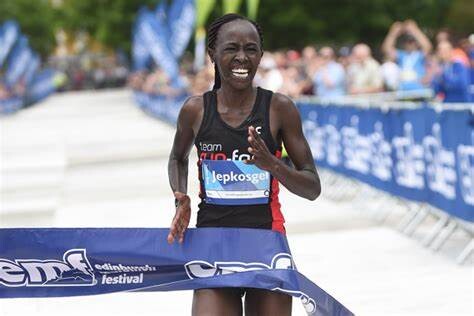
Ridgeon added: “Thank you to Janeth for her work with the Athlete Refugee Team and for the enormous generosity she has shown by donating her 800m world title-winning uniform to our museum’s collection. The support and encouragement of champions like Janeth is crucial to the success of our heritage programme, which helps preserve and promote our sport’s inspiring history to athletes and fans alike.”
From world champion to global role model
Janeth Jepkosgei Busienei, born in 1983 in Kabirirsang village (Rift Valley Province), was one of the most consistent 800m runners of her decade. Her journey began as a hurdler, but after transitioning to middle-distance running, she won the world U20 800m title in 2002.
Known for orchestrating races with fast starts, Jepkosgei stood on a major championship podium every year from 2003 to 2011, earning the 2007 world 800m title, 2008 Olympic silver, and two more world silvers in 2009 and 2011.
Off the track, Jepkosgei was deeply involved in her community, serving as the Kenyan team captain at numerous championships, sponsoring students, and supporting local projects. After the birth of her daughter Becky Olympia Jepchirchir and her retirement in 2016, Jepkosgei became even more involved in the sport’s development by hosting training camps and becoming one of the few female coaches in the athletics world.
She notably discovered young Emmanuel Wanyonyi, whom she coached to his world U20 800m title in 2021, and then mentored alongside her former Italian coach, Claudio Berardelli, to his Olympic title in 2024.
Since 2022, Jepkosgei has also been the head coach of the U20 Athlete Refugee Team (ART), a women-driven programme based near the South Sudan border in East Africa. She has embraced a mentorship role, passing on her vast experience to the next generation, a journey marked by her iconic victory in Osaka in 2007.
A soaring victory in Osaka
In Osaka, Jepkosgei astonished everyone as early as the semifinals, with a world-leading time and Kenyan record of 1:56.17, also the fastest prelim in 800m history.
In the final, she set a blistering pace right from the start, exiting the first turn with a three-metre lead and hitting the 100m mark in 13.0, an unprecedented achievement in a championship.
Neither the efforts of Belarusian Svetlana Usovich, Russian Olga Kotlyarova, Mozambican Maria Mutola, nor Moroccan Hasna Benhassi could keep up with the Kenyan’s solo race, as she easily won in 1:56.04, further improving the best time of the year.
Jepkosgei’s winning singlet will sit alongside the shoes and clothing of other world 800m champions in the Heritage Collection of MOWA, including Ana-Fidelia Quirot, Maria Mutola, Willi Wülbeck, Wilson Kipketer and David Rudisha.
by Pierre-Jean Vazel for World Athletics
Login to leave a comment
Russia's Tatyana Tomashova stripped of silver in historic 2012 Olympic 1500m final doping scandal
Former Russian athlete Tatyana Tomashova stripped of 2012 Olympic silver for doping marking a significant scandal in athletics history.
Former Russian athlete Tatyana Tomashova has been stripped of her 2012 Olympic 1500m silver medal following the reanalysis of doping tests that revealed the use of prohibited substances.
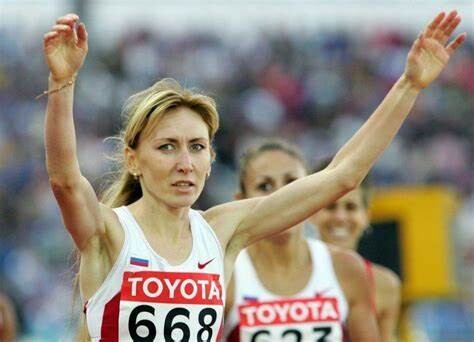
The decision was announced on Tuesday by the Court of Arbitration for Sport (CAS). At 49, Tomashova has faced a severe setback with a 10-year ban in addition to losing her Olympic medal.
The CAS statement detailed the tests conducted out of competition on June 21 and July 17, 2012, which showed traces of anabolic steroids.
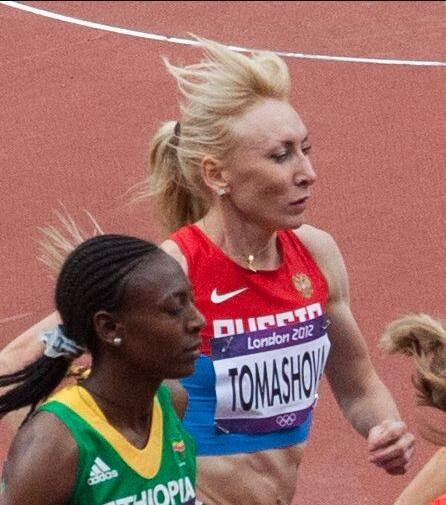
These findings led to the disqualification of all Tomashova's competitive results from June 21, 2012, to January 3, 2015, including the forfeiture of titles, awards, and earnings.
"The Sole Arbitrator in charge of the matter found to her comfortable satisfaction that Ms. Tomashova committed an Anti-Doping Rule Violation (ADRV) in relation to the 2012 Samples through violations of Rule 2.2 of the 2021 WA Anti-Doping Rules (WA ADR) (Use or Attempted Use of a Prohibited Substance or a Prohibited Method)," the CAS detailed in their release.
Further aggravating Tomashova's case was her doping history, including a previous two-year suspension in 2008. The arbitrator cited this history in deciding the severity of the sanctions.
"Turning to the sanction, taking into account a previous ADRV committed by Ms. Tomashova in 2008, the Sole Arbitrator determined the appropriate sanction applicable to multiple ADRVs to be the imposition of a ten-year period of ineligibility, commencing on this day, the date of the CAS decision, as well as the disqualification of all competitive results obtained by Ms. Tomashova from 21 June 2012 until 3 January 2015, with all resulting consequences, including the forfeiture of any titles, awards, medals, points, and prize and appearance money," the statement added.
This scandal has cast a shadow over what has been referred to as one of the most contentious races in Olympic history.
The 1500m final at the London Olympics was particularly notable for its multiple disqualifications.
Originally finishing fourth, Tomashova had been upgraded to silver after the first and second place finishers, Asli Cakir Alptekin and Gamze Bulut of Turkey, were also disqualified for doping violations. With further disqualifications of Natallia Kareiva and Yekaterina Kostetskaya, the race's initial lineup has been largely overturned.
Bahrain's Maryam Yusuf Jamal, who initially crossed the finish line third, ultimately received the gold medal.
The reshuffling continues down the line, with American runner Shannon Rowbury, who finished sixth, now in line to receive the bronze medal.
The CAS acted as the primary decision-making authority in this matter, stepping in for the Russian Athletics Federation, which remains suspended by World Athletics (formerly IAAF).
by Festus Chuma
Login to leave a comment
Six-Time Cancer Survivor Runs a Marathon on Every Continent
“Don’t let anyone tell you what you’re capable of. That’s for you to determine.”
For the last mile of the Antarctica Marathon, Jonathan Acott played one song on repeat. Trudging through snow and icy winds on the edge of the world, the runner from Surrey, United Kingdom, listened to Tim McGraw’s hit, “Live Like You Were Dying.” It was a fitting anthem for the six-time cancer survivor in his pursuit to run a marathon on all seven continents.
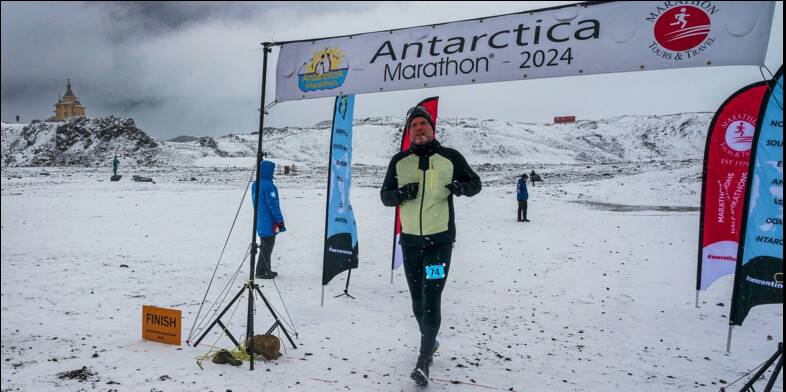
With 500 yards remaining in the race, Acott took his headphones out. He wanted to be fully present for the homestretch of the seventh marathon. Running downhill toward a small tent with a timer next to the Russian research station, the 48-year-old made his way to the finish line area, where a group of volunteers and fellow competitors cheered him on.
His legs sore from the descent, Acott took a moment to compose himself before stepping across the finish line, completing a challenge that seemed unimaginable five years ago. “The photographers are there and they say, ‘Put your arms up!’ But I don’t want to put my arms up. That’s not how I want to celebrate,” Acott said. “I needed to stop at that moment. There’ll be other mountains, but right now I just want to stop.”
Amid the devastation caused by multiple cancers and the arduous healing process that followed, Acott transformed his life, becoming a motivational speaker, coach, and avid runner intent on chasing epic goals. For Acott, becoming a member of the Seven Continents Club—645 men and 358 women who have completed 26.2 on all seven continents—is the latest example of the runner choosing to embrace every moment.
‘If I’m moving, I’m not dead.’
Acott’s cancer journey began 20 years ago. In 2004, he was diagnosed with testicular cancer at 29 years old. His first relapse occurred in 2007 when doctors discovered a tumor in his chest. He relapsed again in 2013 and 2016 and underwent back-to-back retroperitoneal lymph node dissections, a surgery to remove the lymph nodes in the back of the abdomen. In 2017, he was diagnosed with bowel cancer. The following year, doctors discovered he relapsed again. His final surgery in 2018 involved removing his kidney and spleen. The spleen ruptured during the procedure, which required an emergency blood transfusion on top of chemotherapy post-operation.
In a span of 14 years, Acott underwent numerous rounds of chemotherapy (he estimates about seven months total) and six surgeries that left his body riddled with lifelong side effects, including permanent nerve damage and hearing loss. The experience also took a heavy toll on his mental health. At his lowest, Acott suffered from suicidal ideation. Working with a psychiatrist helped him cope and reframe his perspective.
“Life is unfair to everybody. This just happens to be it,” Acott said. “And I can do two things. I can sit there and wallow about how miserable life is, or I can accept that life is difficult and hard and challenging, and you can make the most of it.”
Since 2018, Acott has been cancer free. After the last bout of the disease, his doctors encouraged him to start walking in the recovery process. He also lost his job after being unable to work during treatment. Walking not only gave him time to process his emotions, it also gave him something to work towards. In a few months, Acott was walking up to three hours at a time.
After spending months building up to long distances, Acott decided he wanted to be more efficient by running. “I push because if I’m moving, I’m not dead,” Acott said. “If I’m moving further each day, I am getting healthier.”
Because Acott is immunocompromised and his body takes longer to heal now, he trains every other day. He’s also battling pain most of the time from scars and neuropathy in his feet, among other ailments, and needs to run a conservative pace most of the time. “My body has been through a lot, but it’s still capable of doing so much," he said.
Choosing to live in optimism
In the fall of 2019—15 months after his last surgery—Acott raced the Berlin Marathon as a way to celebrate his comeback. He finished his first 26.2 in 4:58:38. Shortly after, he set out to complete the seven continents challenge.
“I chose to apply myself to making the most of my time because I don’t know how much time I have,” Acott said. “It’s a choice about how you live. You can live in fear, and I am always scared, or I can live in optimism that I’m going to have the best life I possibly can.”
The following year, he ran the Africa leg at the 2020 Marrakech Marathon in 4:45:48. In 2020, he also took up motivational speaking on top of his full-time job as the head of guest experience at a business complex.
After COVID restrictions were lifted, he finished the 2022 Austin Marathon in 5:15:28. The same year, he completed the South America portion by finishing the Curaçao Marathon in 5:09:16, trudging through flood waters on the course.
He ran the Asia leg with a 5:15:33 at the 2023 Dubai Marathon along a desert roadway. Last fall, he covered Australia at the 2023 Perth Marathon with a finishing time of 5:01:40. On March 21, he completed the Antarctica Marathon in 5:38:16.
Looking back on the experience, Acott remembered his surgeon’s warning after the last procedure. The doctor told him he wouldn’t be able to complete the same physical feats he used to do before cancer. Less than two months after completing the global marathon challenge, he’s already training for his next goal—breaking four hours in the marathon.
“Don’t let anyone tell you what you’re capable of,” Acott said. “That’s for you to determine. Find what the best version of you looks like, and make it happen.”
MORE FROM RUNNER'S WORLD ON APPLE NEWS
by Runner’s World
Login to leave a comment
Husband and wife Mudzinganyama, Tshuma aim to ‘Givemore’ at Comrades Marathon
While the Comrades Marathon has produced sibling champions in the past, there is yet to be husband-and-wife winners of the Ultimate Human Race.
Russian twin sisters Elena and Olesya Nurgalieva dominated the race in the early 2000s, with the former winning the race eight times, while the latter was victorious just once.
South African brothers Andrew (2001) and Gift Kelehe (2015) are the other siblings to have conquered the about-90km race run between Durban and Pietermaritzburg.
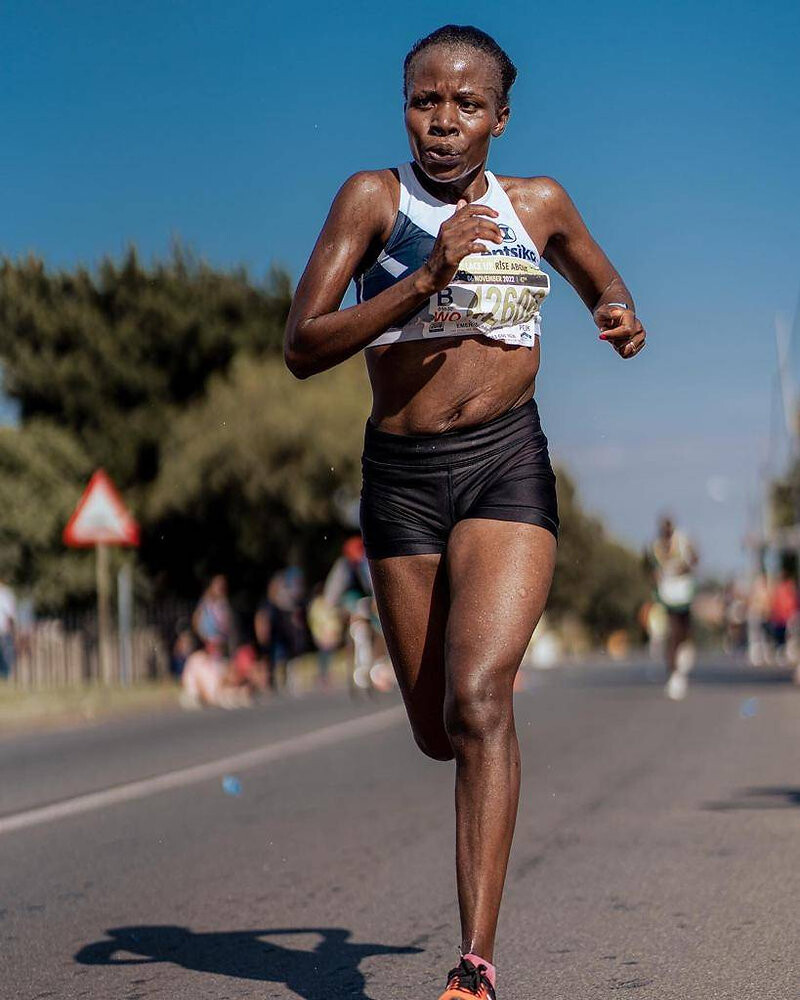
This year’s race will see a married couple making their debut, with the husband and wife sure to start among the contenders.
Last year’s Two Oceans Marathon champion Givemore Mudzinganyama, who was third in this year’s edition, and his wife Nobuhle Tshuma – fourth in the Two Oceans in 2023 – will line up at the Durban City Hall on Sunday morning intent on making history.
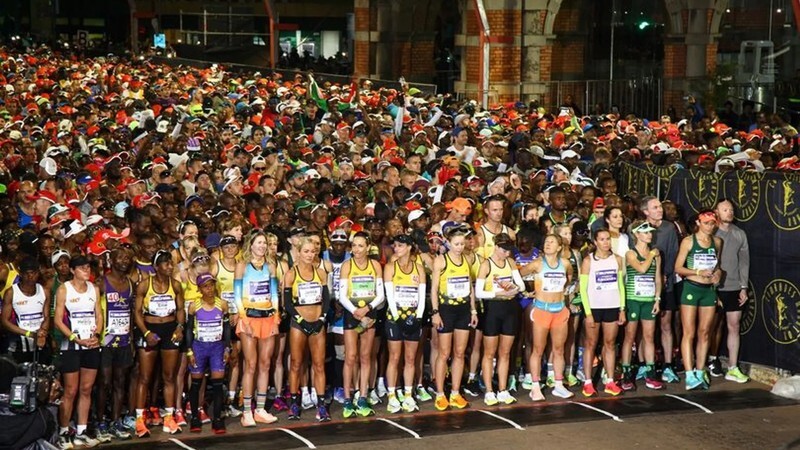
The couple that runs for Entsika Athletics Club are confident of getting into the top-10 gold medal positions.
But being the ambitious athletes they are, they will have victory in mind when the starting gun sends the runners off towards Scottsville Racecourse.
Somewhat opposites, as most couples tend to be, Tshuma is very extroverted and outspoken, while Mudzinganyama is somewhat shy – although not on the road.
by Matshelane Mamabolo MERCURY SPORT Husband and wife Mudzinganyama, Tshuma aim to ‘Givemore’ at Comrades Marathon
Login to leave a comment
Comrades Marathon
Arguably the greatest ultra marathon in the world where athletes come from all over the world to combine muscle and mental strength to conquer the approx 90kilometers between the cities of Pietermaritzburg and Durban, the event owes its beginnings to the vision of one man, World War I veteran Vic Clapham. A soldier, a dreamer, who had campaigned in East...
more...Ultra marathon queen Steyn wins fifth-successive Two Oceans, Khonkhobe reigns supreme for men
Gerda Steyn proved once again that she indeed is the queen of ultra marathon on the continent after she claimed her fifth-successive victory at the TotalSports Two Oceans Marathon in Cape Town on Saturday morning.
The 34-year-old from Bothaville in the Free State cruised to victory with a record time of 3:26:54, beating her 2023 time of 3: 29:05.
Relaxed as ever throughout the marathon, Steyn cemented her status as the country's best female ultra marathoner of all time.
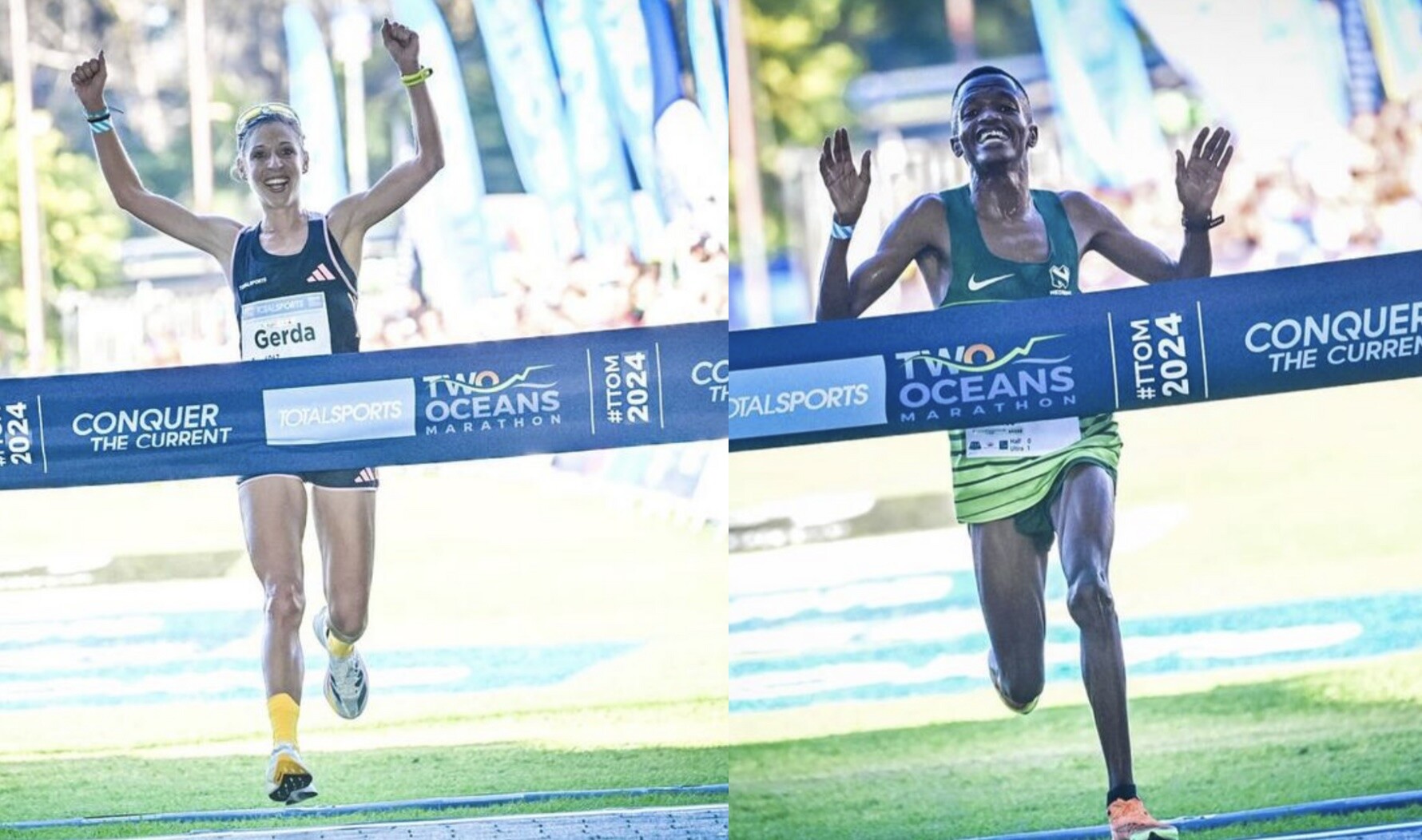
Representing her running club Phantane AC regalia, Steyn surpassed South Africa's Monica Drogemoeller (1988, 1990, 1991 and 1992) and Russian twin Elena Nurggalieva's (2004, 05, 09 and 12) records to be the most decorated ultra marathoner in competition.
Coming to the race, Steyn said she expected a hard-fought battle.
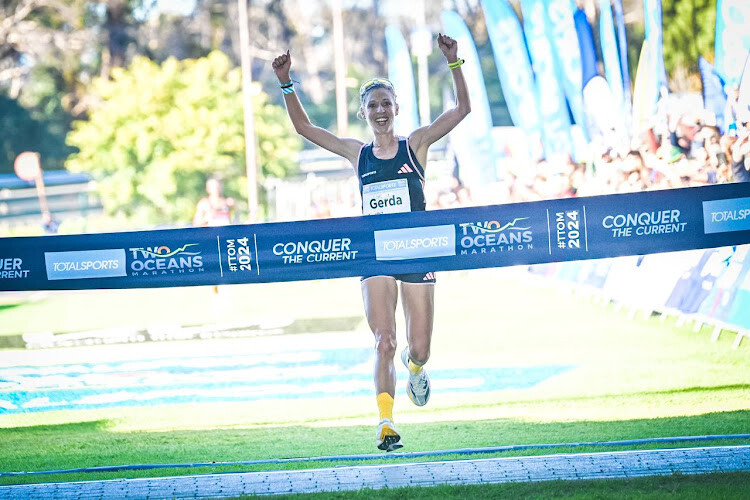
In windy conditions, it was clear from the start of the race that she meant business as she sped into the lead.
At 14km defending Champion Steyn, Irvette van Zyl, and Zimbabwean Loveness Madziva all formed a tight bunch of three, all running an average of 3:35 a kilometre.
At 28km, it became a two-horse race between Steyn and Van Zyl as they climbed small Chappie's neck on neck.
The race between the two titans, a classic rematch of two years ago, there was little separating the two as they descended Chapman's Peak.
At the marathon mark (42.2km), Steyn showed her supremacy and pulled ahead of van Zyl.
Nicknamed the “Smiling Assassin”, she looked unbeatable climbing Constantia Nek and the writing was on the wall for Van Zyl at the 50km mark.
As Steyn passed the finish line, she received a kiss on the cheek from her husband Duncan and cheers from the UCT upper campus sports ground mound.
Van Zyl finished second with a time of 03:29:30 while Madziva clocked 3:38:00 at the end.
In the men’s race, Klerksdorp's Onalenna Khonkhobe became the first South African since 2019 to win the race.
“I’m announcing my arrival; tomorrow you will acknowledge me.” Those were the words of Khonkhobe before the marathon.
He did exactly that with as triumphed in a time of 3:09:30 for top podium finish.
It was his second Two Oceans after making his debut last year, finishing in sixth place.
His Nedbank AC teammate, Lloyd Bosman finished second in 3:09:58 while defending champion Givemore Mudzinganyama could not repeat his 2023 feat, as he took third position in 3:11:13.
by Anathi Wulushe
Login to leave a comment
Two Oceans Marathon
Cape Town’s most prestigious race, the 56km Old Mutual Two Oceans Ultra Marathon, takes athletes on a spectacular course around the Cape Peninsula. It is often voted the most breathtaking course in the world. The event is run under the auspices of the IAAF, Athletics South Africa (ASA) and Western Province Athletics (WPA). ...
more...Pamela Jelimo set to receive Olympic silver after Ekaterina Guliyev's doping ban
South Africa's Caster Semenya has been elevated to gold with Kenya's Pamela Jelimo set for silver after doping reshuffle in 2012 Olympics 800m.
Former Olympic 800 champion, Pamela Jelimo, is poised to be awarded the 2012 London Olympic 800m silver, marking a significant shift in the event's final standings due to doping violations.
This development comes after the Russian Athletics Federation (RusAF) announced a four-year ban for Ekaterina Poistogova-Guliyev for historic doping offences, leading to a reshuffle of the medal positions from the London games.
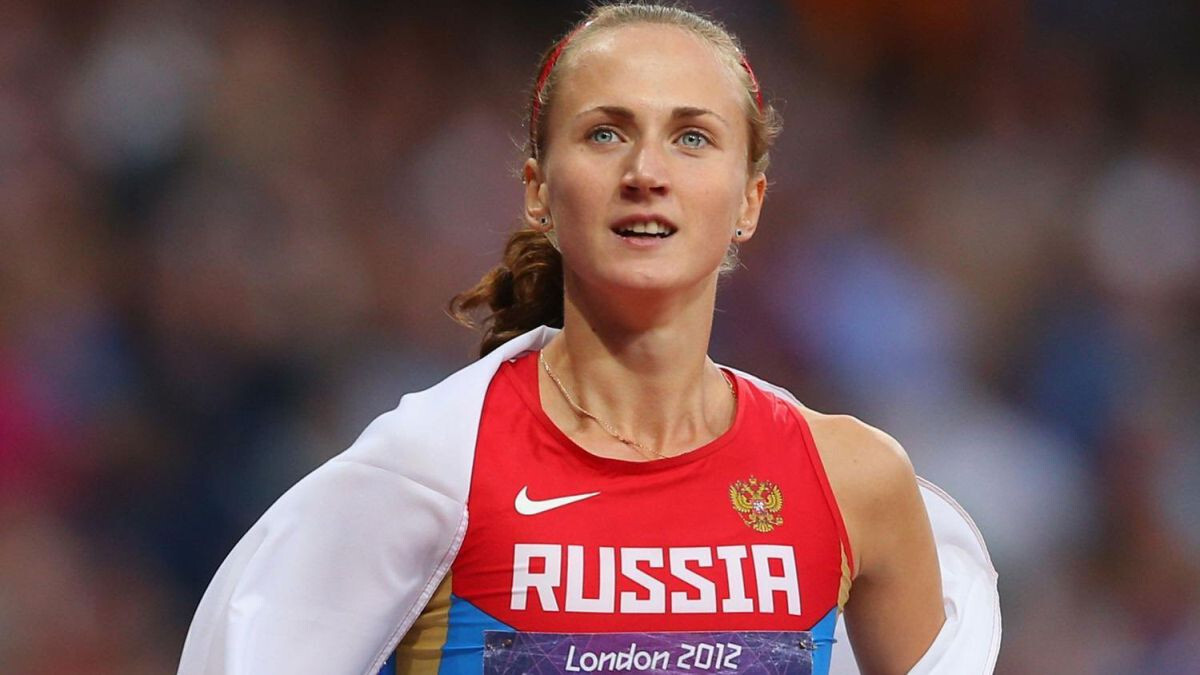
The ban, which results from violations between July 2012 and October 2014, voids all of Poistogova-Guliyev's results from that period, according to a RusAF statement.
The athlete, who initially competed for Russia before switching allegiance to Turkey, was implicated in the use or attempted use of banned substances, with evidence drawn from the Moscow anti-doping laboratory.

The case has had far-reaching implications, not only for Poistogova-Guliyev but also for other athletes in the 2012 Olympic 800m event.
Pamela Jelimo, the London Olympic bronze medallist, will be elevated to silver, and American Alysia Montano, who finished fifth, is set to inherit the bronze, pending official confirmation.
This adjustment stems from a broader investigation into systematic doping within Russian athletics, spearheaded by the World Anti-Doping Agency (WADA).
WADA had initially recommended a lifetime ban for Poistogova-Guliyev in 2015, alongside the stripping of her London medal, as part of its findings on state-sponsored doping.
Although the Court of Arbitration for Sport (CAS) imposed a two-year ban on Poistogova-Guliyev in 2017, her results were initially voided only back to October 2015, allowing her to retain her Olympic medal temporarily.
The recent decision by RusAF to extend the voiding of her results to July 2012 effectively strips her of the medal, subject to final approval by the International Olympic Committee (IOC).
The women's middle distance events at the London Olympics have been notably affected by doping, with three runners in the 800m final, including Poistogova-Guliyev, Mariya Savinova, and Elena Arzhakova, having their results voided due to doping offences.
Jelimo's elevation to the silver medal position comes after a long wait; it took 10 years for her to be awarded the bronze medal for the same event, following the disqualification of Maria Savinova for doping violations.
The reallocation of medals in cases of doping violations is a complex and often slow process, involving multiple organisations including WADA, CAS, RusAF, and the IOC.
The final decision on the redistribution of medals from the 2012 Olympics will be closely watched by the athletics community and represents a critical step in the ongoing fight against doping in sport.
Poistogova-Guliyev's ban, which lasts until 2026, reflects a deduction for the time served under her previous CAS-imposed sanction.
In addition to her case, RusAF has announced a two-year and six-month ban for 3,000m steeplechaser Nikolay Chavkin for similar doping offenses.
by Festus Chuma
Login to leave a comment
How to Make Your Easy Runs Faster, While Still Keeping Them Easy
Steal these tips for getting faster on your zone 2 runs—while still keeping them easy.
Good news: We’re giving you permission to take it easy. Whether you’re gearing up for a race or running regularly to stay in shape, you should be doing the vast majority of your weekly mileage at a totally comfortable effort.
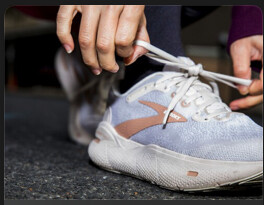
“An easy run should be at a casual pace that feels easily sustainable and not taxing—when you’re done, it should feel like you could keep going and going,” says Meg Takacs, NASM-CPT, a run coach and founder of the Movement & Miles app.
Although the whole focus of this type of run is to go easy and not stress about your pace, when you’re able to run faster (while still feeling relaxed), you’ll tick off more miles in less time—and be able to get on with the rest of your day sooner.
Keep reading for more about how to dial into the right effort for easy runs and what workouts to add to your routine to make those outings a little speedier.
The Benefits of Easy Run Pace
The name is pretty self-explanatory: An easy run is any workout that’s not a long training run or speed work, and it should be done at a relaxed effort. The purpose, explains Takacs, is to build up your aerobic system, which uses oxygen as its primary source of energy. “When your aerobic system is strong, you can optimize your performance on anaerobic runs—a.k.a., speed days—as well,” she says.
There are a lot of adaptations happening in your body during these slower efforts. “Easy runs are extremely beneficial from a physiological standpoint: They increase capillaries, which supply blood to the muscles; increase mitochondria, which converts fat and carbs into fuel; and improve aerobic capacity, the amount of oxygen your body can use while running,” says Takacs.
They also help your body bounce back from harder efforts—like long runs or sprint repeats, for example—and help combat injuries. “Easy runs, especially for people who run endurance races, are a form of active recovery,” says Gabe Gonzales, head coach and master trainer with STRIDE Fitness in Lubbock, Texas. “Moving your body at a slower pace and keeping your heart rate down flushes lactic acid buildup, avoids putting excess strain on your muscles and joints, and helps your body get stronger and ready to go again.”
How to Find the Right Easy Run Pace
To find your groove on an easy run, use the talk test, says Gonzales: “You should be able to easily hold a conversation with someone throughout the entire run,” he says. “If your heart rate starts to go up and you start having a harder time breathing or talking, you need to dial it back.”
You can also gauge if your pace is relaxed enough by aiming for a rate of perceived exertion (RPE) of no more than 5 or 6. Or if you’re into tracking your heart rate, go for zone 2, or 60 to 70 percent of your max, advises Takacs.
Whatever you do, resist the urge to kick it up a notch—even if you’re listening to music that makes you feel good and makes a moderate effort feel easier than usual. If you do so, “your recovery is harder, it’s more taxing on the body, and you’re more susceptible to overuse injuries,” says Takacs. Plus, she adds, you’ll miss out on those physiological benefits, “which are key to building a solid foundation for being able to run faster and farther.”
How to Make Your Easy Runs Faster
Okay, yes, wanting to do an easy run faster is a bit counterintuitive. You’re not supposed to care how fast you’re going, after all. But while you shouldn’t actively try to push your pace during easy outings, the volume and intensity of your weekly runs can help you gradually get faster without pushing the effort level up (which would, in turn, nix some of the easy-run benefits).
Gradually Build Mileage
In terms of total weekly mileage, there’s not a magic number that will help your easy run pace improve, says Takacs, as it depends on your fitness level and heart rate. She recommends gradually building up your mileage, always keeping around 80 percent of your runs throughout the week at an easy effort.
Mix Intervals Into Other Days
Once a week, mix in some faster intervals with a fartlek run (a type of unstructured speed work where you play around with your speed throughout), suggests Gonzales. “Adding very short bursts of intensity into a run at an overall slow, easy pace helps your body adapt to those quicker paces at the same time you’re building endurance,” he says.
Adding some workouts incorporating hill repeats can also help, he says, because they strengthen the lower body and will help increase your power output overall—making an easy effort eventually feel even easier.
Build Strength
Along with speed work, make sure you’re getting in some resistance sessions, too. “Strength training is a very important factor in building endurance and durability of your muscles, and it improves your power output,” says Gonzales.
It may also help make you faster by making you a more efficient runner; exercises such as leg presses and plyometric jumps lead to significant improvements in running economy, according to a 2022 review published in the journal Sports. Plus, says Takacs, resistance training improves joint strength, which can increase your speed by improving your mechanics.
For the biggest benefit, Gonzales recommends lower body moves that work your glutes and hamstrings—like squats and deadlifts; core moves like Russian twists or mountain climbers; and moves that strengthen your shoulders, like overhead presses, lateral raises, and dumbbell flys—to add power to your arm swing. For each of these moves, he suggests doing two to three sets of eight to 10 reps at least twice a week.
Give Yourself Time
Becoming a faster runner during easy session is a long game. Even if clocking a faster easy run pace is one of your goals, prioritizing the time on your feet and a relaxed effort—rather than pushing into a moderate effort on easy runs—will be the most beneficial in the long term, notes Takacs. “The longer you can sustain an easy effort, the easier it is to gradually increase your pace while maintaining that easy, zone 2 heart rate,” she says
by Runner’s World
Login to leave a comment
Things you didn’t know about the Ottawa International Marathon
The Ottawa Marathon turns 50 in 2024, and there’s no better way to celebrate than to be a part of Canada’s largest and most historic spring marathon, which will take place on May 26. Through the years, the marathon has seen everything from warm temperatures to course records and Olympic dreams, not to mention all the Boston qualifiers. But there’s a lot you might not know about Canada’s capital city marathon.
1975: Only 3 women ran the first Ottawa Marathon
Ottawa has always been one of Canada’s premier running cities, and on May 25, 1975, a 42.2 km route was designed, starting and finishing at Carleton University. The race’s beginnings were modest, with only 146 runners finishing the inaugural marathon. Compared to recent registration numbers (30,000 plus), it’s next to nothing, but in 1975, it was already Canada’s biggest marathon.
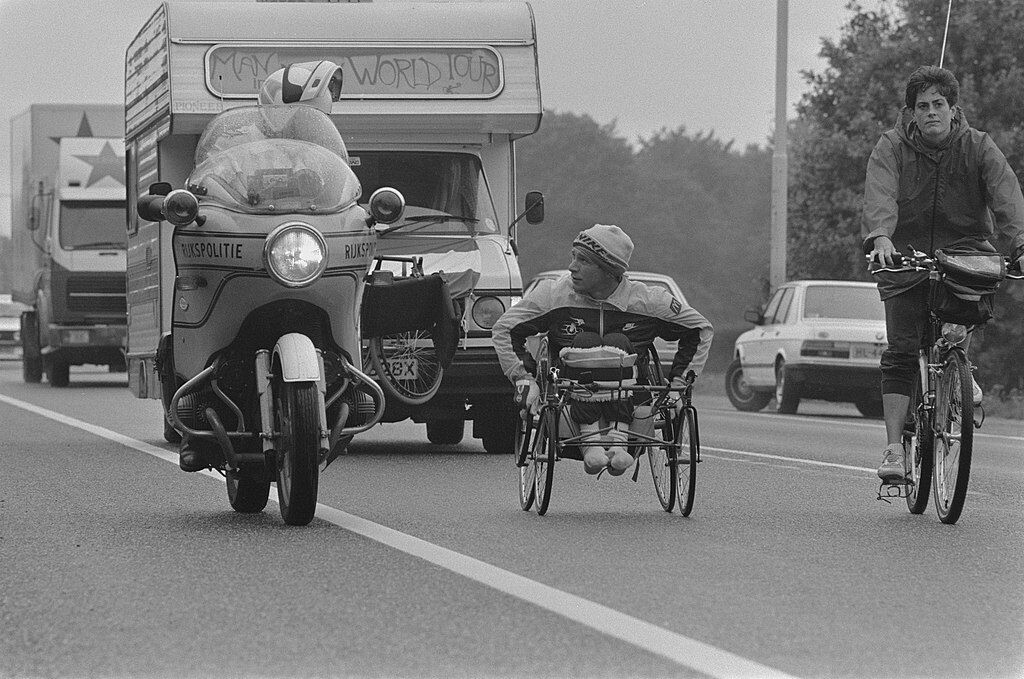
The race was called the National Capital Marathon and was won “by accident” by Quebec middle-distance runner Mehdi Jaouhar, who entered the race with his roommate. Only three of the 146 finishers were women.
1976: The Ottawa Marathon champion had lunch with the Queen
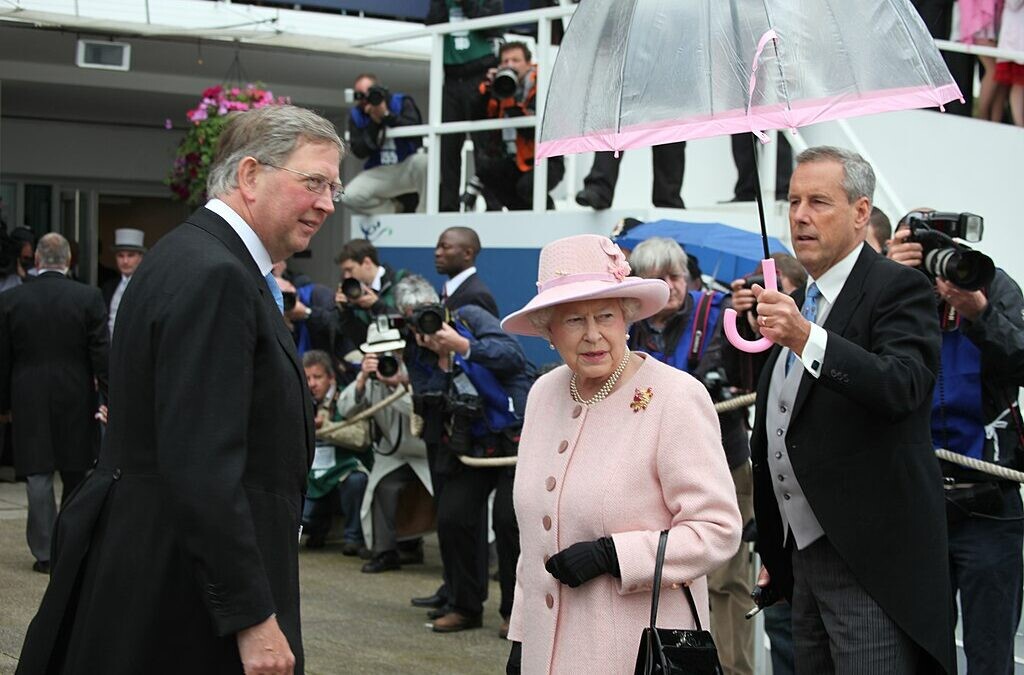
This year was a special one for athletics in Canada, as the country hosted the 1976 Summer Olympics (still the only Summer Olympics our nation has hosted to date). The marathon quadrupled in size from the previous year, and the stakes and competition rose accordingly. The race was selected as the location for the 1976 Olympic Trials for the Canadian marathon team, attracting some of Canada’s top marathoners.
Toronto’s Wayne Yetman set a new course record of 2:16:32, earning a spot on the Canadian Olympic team for Montreal. Also included in his Olympic moment was lunch with Queen Elizabeth. Eleanor Thomas won the women’s marathon for the second year in a row, yet she didn’t take in any water or electrolytes on the course. Thomas was a smoker at the time, and famously said “quitting smoking was harder than running a marathon.”
1983: Man in Motion Rick Hansen raced the Ottawa Marathon
In preparation for his famous Man in Motion World Tour, Rick Hansen won the inaugural wheelchair division at the Ottawa Marathon in 1983. Previously, wheelchair athletes competed in the open field. Hansen was the pioneer of the wheelchair division in Canada after winning gold, silver and bronze medals at the 1980 Paralympic Games. He became the first Canadian Para athlete to win the wheelchair division at the 1982 Boston Marathon.
Between 1985 and 1987, Hansen wheeled more than 40,000 kilometers around the world through 34 countries to raise awareness about people with disabilities. The world tour started and ended on the Port Mann Bridge in Vancouver.
1986: The marathon almost ended
After a major decline in numbers in 1984 and 1985, race organizers and the board of directors voted to cancel the event. The marathon faced new competition with the Montreal Marathon earlier in the spring, and Ottawa was having trouble attracting sponsors. However, after the cancellation announcement new sponsors emerged and organizers were able to move forward and add a 10K race.
The first Ottawa 10K attracted just fewer than 1,000 participants, but by 1988, that number doubled and continues to grow today as the premier event on Saturday of Ottawa Race Weekend.
4: Montreal’s Jean Lagarde won 4 straight marathons between 1993 and 1996
Lagarde had come to Ottawa to cheer on his friend in the marathon, but when he got there, the friend persuaded him to sign up. Lagarde thought, “Why not?” By eight kilometres, Lagarde was out front and on his own, and he held on to win his first of four straight Ottawa Marathons. Lagarde trained for the marathon by running 35 km every Sunday.
Lagarde’s best time in Ottawa was in 1994, when he ran 2:19:00. He also holds another impressive record, winning both the warmest and the coldest Ottawa Marathon to date (25 C and 1 C). Keep in mind that the date of the marathon at the time was the second week of May. He is still the only man to win four consecutive Ottawa Marathons.
Russian-Canadian runner Lioudmila Kortchaguina has also won the marathon four times, holding the record for the most women’s titles. She has raced the Ottawa Marathon more than 20 times, and she was the last Canadian woman to win (in 2007) until Kinsey Middleton won in 2022.
1995: The race weekend had an inline skating race
To boost registration numbers and add a Canadian twist to Ottawa Race Weekend, organizers held the inaugural inline skating 8K at the 1995 Ottawa Marathon. Hundreds of participants signed up with their skates, gloves and helmets to skate a timed portion of the course.
The inline 8K race didn’t last long; it was canceled the next year due to frosty conditions.
1998: Ottawa was the first Canadian marathon to have pace bunnies
Where did pace bunnies come from? Well, the Chicago Marathon was the first race to implement pace bunnies in North America. After Hilda Beauregard of Ottawa participated in the 1997 Chicago Marathon, she noticed that the race had provided pace bunnies in the mass field to help runners achieve their goal times. The runner brought the idea back to Ottawa, and the 1998 Ottawa Marathon became the first Canadian marathon to use pace bunnies.
Every year since, pace bunnies have been a regular component of the marathon, wearing caps with rabbit ears while holding marked signs with the projected finishing time, helping runners hit their goals.
1996: There was a blizzard during the marathon
Though temperatures are typically warm for the Ottawa Marathon, which is in late May, there was snow for the 1996 race. Four thousand runners experienced below-zero temperatures and 35 km/h winds, with snow squalls. The 1996 race still stands as the coldest marathon in the event’s history.
2010: Paralympian Rick Ball achieved a single-leg amputee marathon world record in Ottawa
At the 2010 Ottawa Marathon, Rick Ball of Orillia, Ont., became the first single-leg amputee athlete to run a sub-three-hour marathon. Ball clocked 2:57:48 to break the world record. He held onto that record for seven years, until it was broken in 2017 by Lebanon’s Eitan Hermon at the 2017 Vienna Marathon, who finished in 2:56.53.
49 years of Ottawa Marathons
Ottawa’s Howard Cohen has completed his local race every year since the inaugural marathon in 1975. The retired physician has never missed a race, overcoming various challenges such as the 30 C heat threat that almost canceled the marathon in 2016, enduring a snowstorm in 1996, and even completing the 42.2K race with canes due to a torn hamstring injury.
Cohen has consistently found a way to make it to the start line and cross the finish. At 73, he has participated in the event virtually for the past four years, with his last in-person race dating back to 2019. Cohen was the first runner to register for the 2024 Tartan Ottawa International Marathon virtually, which will mark his remarkable 50th race.
by Marley Dickinson
Login to leave a comment
Ottawa Marathon
As one of two IAAF Gold Label marathon events in Canada, the race attracts Canada’s largest marathon field (7,000 participants) as well as a world-class contingent of elite athletes every year. Featuring the beautiful scenery of Canada’s capital, the top-notch organization of an IAAF event, the atmosphere of hundreds of thousands of spectators, and a fast course perfect both...
more...Sebastian Coe says Russia, Belarus still banned, but situation could change
Athletes from Russia and Belarus are still banned from athletics events at the 2024 Paris Olympic Games, but World Athletics president Sebastian Coe said on Monday that the situation could change, and that a working group is monitoring it.
Earlier this month, the International Olympic Committee (IOC) approved the participation of Individual Neutral Athletes (AINs) at next year’s Olympics.
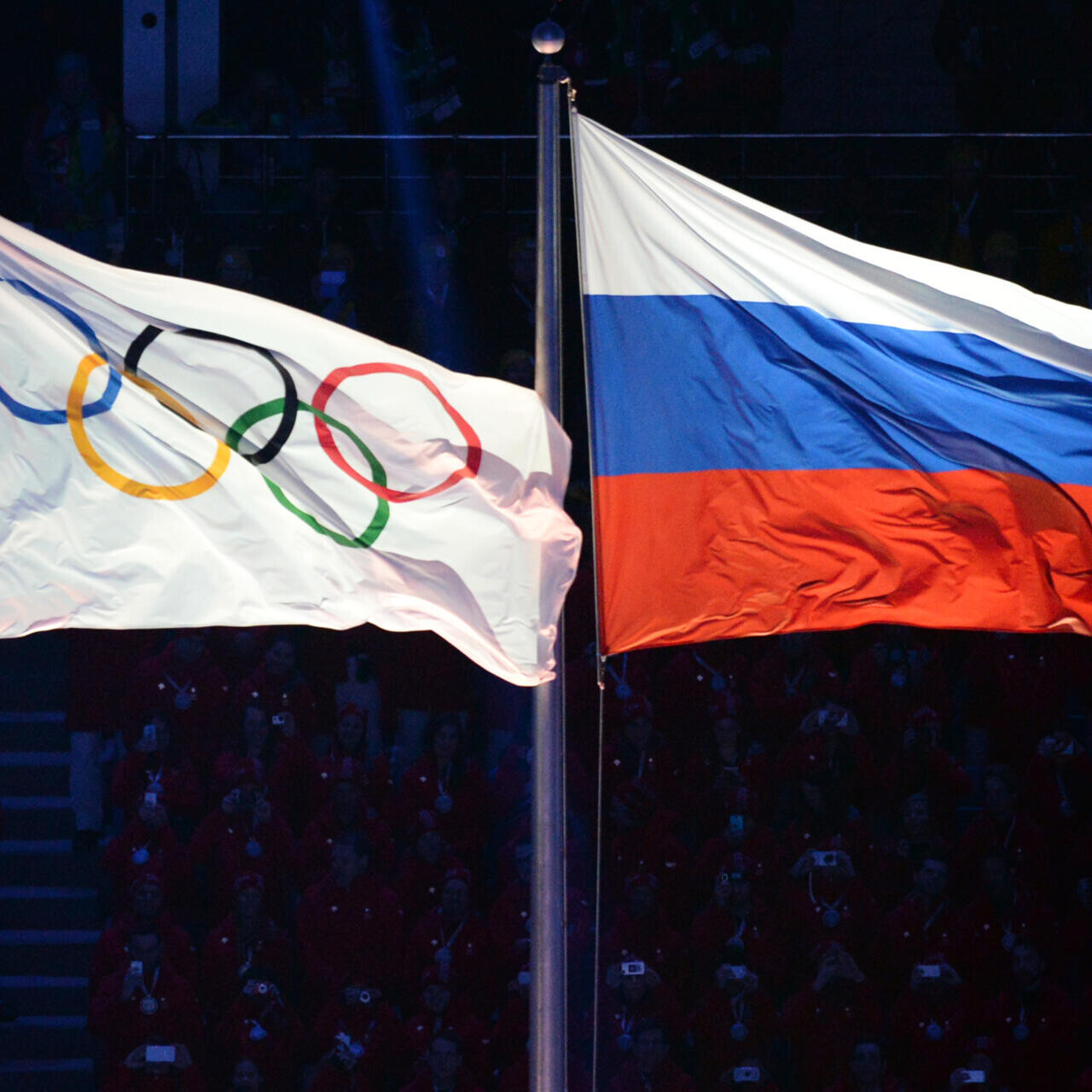
Athletes holding a Russian or Belarusian passport who have secured their places through existing qualification systems on the field of play will be deemed eligible to compete at Paris 2024, following specific conditions.
World Athletics, however, decided to stick to the blanket ban despite the IOC’s decision.
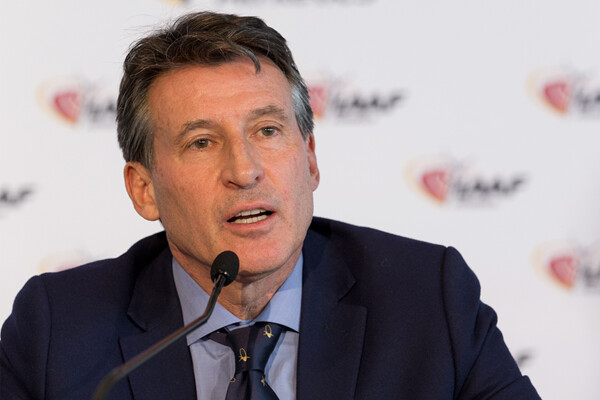
Athletes from both countries have faced a multitude of sanctions from international competitions since the conflict in Ukraine began in February 2022.
During a media call with agencies including Xinhua on Monday, Coe confirmed “there is no change [to the ban]”, but expressed hope that the sanctions could be lifted.
“The most important thing is that the autonomy and independence of international federations to make these judgements is really important. We made a judgement which we believe was in the best interest of our sport,” he said.
“Do I see anything changing in the foreseeable future? I don’t know. The world changes every five minutes, the situation could change. We do have a working group that is monitoring the situation within the sport, and it will advise and guide the Council on what circumstances might need to exist for any exclusion to be lifted,” Coe added.
Coe also expressed his confidence in the competitiveness of the athletics competitions in Paris, following a “stupendous” season that has seen 23 world records and nine world U20 records broken in 2023.
“The one word I would use [to sum up the 2023 season] is stupendous,” he said. “I can’t remember a season that has delivered more high quality performances across a broader bandwidth of disciplines.”
“Everywhere you look, you have the potential for some extraordinary head-to-heads in the sport, in pretty much every discipline,” added Coe.
Login to leave a comment
Paris 2024 Olympic Games
For this historic event, the City of Light is thinking big! Visitors will be able to watch events at top sporting venues in Paris and the Paris region, as well as at emblematic monuments in the capital visited by several millions of tourists each year. The promise of exceptional moments to experience in an exceptional setting! A great way to...
more...Ihor Verys's surprising secret weapon: nose breathing
Chilliwack, B.C.’s Ihor Verys just ran more than 718 km in 107 continuous hours, claiming the assist to winner Harvey Lewis at Big’s Backyard Ultra in Tennessee on Wednesday evening. Beyond his remarkable fitness and mental stamina, the ultrarunner has a secret weapon: his breath. The athlete swears by nose-breathing, and has perfected his technique while running.
Verys has only been competing for three years, yet has already racked up an incredible list of accomplishments that include wins at B.C.’s gruelling Fat Dog 120 and Alberta’s Canadian Death Race (where he also faced off against Lewis, beating him by more than two hours).
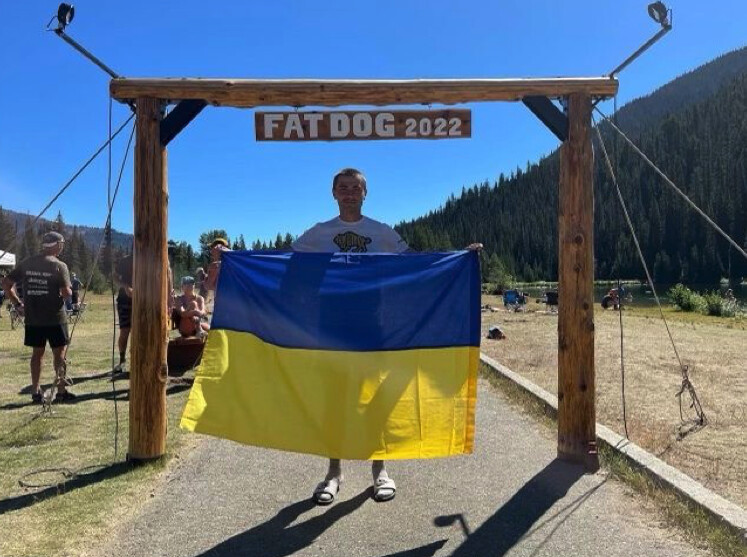
The athlete says that trail running wasn’t always as easy as he makes it appear, and after a 50 km run between two Brandon and Shilo, Man., he discovered his biggest challenge was being out of breath.
The breathing issue had nothing to do with how fast Verys was going. “I was slow like a snail,” he explains. “My chest muscles were incredibly sore. I started looking into it, and came across the book called The Oxygen Advantage by Patrick McKeown.” Verys now calls the book one of his ultrarunning bibles.
In the book, McKeown explains that physiologically, our mouths aren’t created for breathing. “Our mouth serves very different purposes, and our nose is the only organ that should used for breathing,” says Verys. “Interestingly, the entire book was based on the research and lifework of one Ukrainian doctor, who worked and practised in what was then the USSR.” Verys, who moved from Ukraine to Canada in his early 20s, was so fascinated, he read the entire dissertation in its original Russian. “The doctor was able to cure over 500 children from asthma just by getting them to do simple breathing exercises and changing the way they breathe,” he says.
Inspired, Verys set out to change his own breathing technique. “I made sure I was always using my nose to breathe, and I started doing breathing exercises religiously every day,” he says. “I’d take a five to 10-minute break at work to do the exercises, and I’ve been doing them ever since.” Verys was also taping his mouth shut at night to make sure he used his nose to breathe while he slept. “I’ve noticed a huge improvement, and I’ve never had the same issues again. I’ve done a few ultras now and I’ve never had issues with breathing,” he says. “My sleep improved, too. Pretty much all my training runs are done while nose-breathing. I mouth-breathe only very rarely while doing intense speed workouts.”
Verys says the neatest thing about it is that he’s able to pace himself during races using his breathing. “I don’t care about HR or the grade of a climb,” he explains. “If I need to open my mouth to breathe, it means I’m going too fast and I need to slow down.” Unless Verys needs to make a move or attack a hill, he remains at nose-breathing speed. As a result, his lungs and breathing muscles never get overworked, and there is an unanticipated bonus: nose-breathing is stealthy and silent, appearing effortless. “There’s nothing more demoralizing for your competitor when he or she can’t hear you breathe 100+km into the race,” he says.
Curious to try it yourself? Verys says the exercises are fairly basic, and it’s easy to make your own variations. He suggests trying multiple repeats of holding your breath, after exhaling everything in your lungs. According to the research, there’s an anatomical basis for getting your body used to the build-up of CO2 while holding breath, and the result is efficient breathing and the benefits that carries. “The more you do it, the longer you can hold your breath,” Verys says. “At the beginning, I could barely hold my breath for 20 seconds, but now I can comfortably do it for more than 60.”
by Running Magazine
Login to leave a comment
Former european indoor 3000m champion Yelena Korobkina suspended for doping
Former European indoor 3000m champion Yelena Korobkina has been banned from international competition for four years for violating anti-doping rules, the Russian Athletics Federation reported.
Yelena Korobkina was suspended by a decision of the Court of Arbitration for Sport (CAS) on September 27. The reason is the use of prohibited stimulants.

In addition to the penalty, which expires on September 26, 2027, Yelena Korobkina’s results between July 2, 2013 and July 24, 2016 have been voided. Thus, the new European 3,000m champion for 2015 becomes Sviatlana Kudzelich from Belarus, but this has not yet been announced by the international federation.
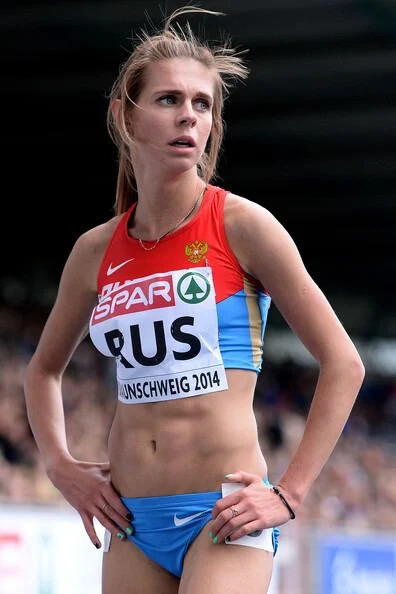
The CAS decision most likely officially ends the career of Yelena Korobkina, who is already 32 years old.
Yelena Korobkina is a Russian distance runner who competes in events from 1,500m to 10,000m. She won the silver medal in the 1,500m at the 2013 Summer Universiade in Kazan.
by Eli Semkova
Login to leave a comment
These Expert-Recommended Kinesiology Tapes Could Help Your Running Recovery
To overcome a nagging running injury, just tape yourself back together.
Kinesiology tape, created by Japanese chiropractor Dr. Kenzo Kase in 1973, is a stretchy therapeutic tape made of mostly cotton that uses medical-grade acrylic adhesive to stick to your skin. When stretched tight, the tape pulls the skin away from the tissues beneath, reducing the pressure against the underlying tissues. In theory, this promotes circulation and the removal of waste products through lymphatic drainage.

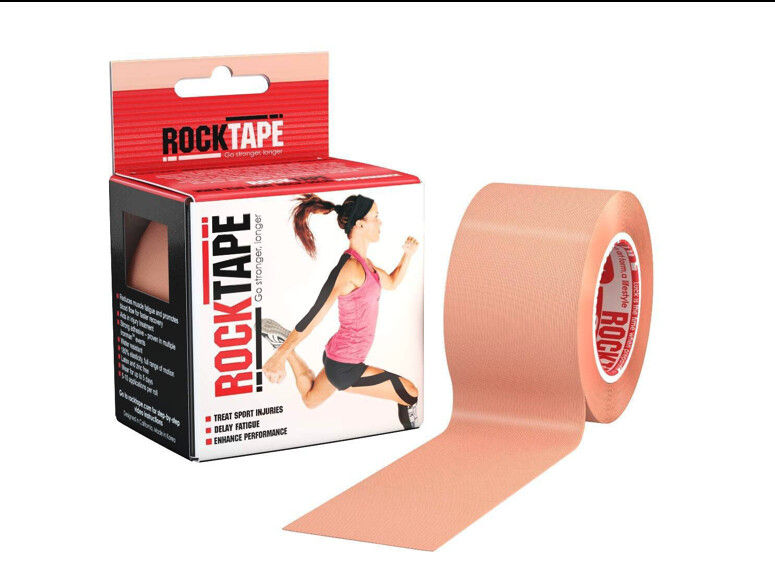
Our experts said that some runners use kinesiology tape to reduce pain. “Once you reduce the perception of pain, you can get an increase in range of motion and an increase in muscle activation,” says Dr. Karena Wu, clinical director of ActiveCare Physical Therapy. Because nerve fibers associated with touch stimulation are larger than pain fibers, the brain receives the touch stimulation faster, reducing your perception of the pain.
The tape can also inhibit certain muscles or facilitate others. Instead of immobilizing muscles and joints like athletic tape, kinesiology tape is stretchy, and runners can use that elasticity to adopt a stronger, healthier stride. “People who have shoulder or trap pain as they’re running tend to hike their shoulders up toward their ears,” says Denise Smith, PT and owner of Smith Physical Therapy + Running Academy. “We’ll tape down their shoulders. As their shoulder creeps up as they fatigue, that triggers a sensation of the tape pulling on the skin, so they relax their shoulders.”
Scientific research confirms some of kinesiology tape’s purported benefits. A 2022 meta-analysis of eight studies conducted by the University of Padova in Italy found that kinesiology tape was able to improve gait function, range of motion, and muscle activation in athletes. However, a 2020 study out of Leeds Beckett University in England found that the tape made no difference in cutaneous blood flow, calling into question some of the tape’s purported benefits for muscle soreness and recovery.
Even without hard science behind all of its claimed benefits, kinesiology tape has been widely adopted by athletes and trainers. At less than $20 per roll on average, it’s a low-cost, low-risk way to at least try to optimize your training regimen.
What to Consider When Picking Out Kinesiology TapeAllergies and Sensitivities
Most kinesiology tapes are made from hypoallergenic materials like cotton and nylon, and specifically avoid using those that commonly trigger allergies, such as latex. Even so, make sure to check the composition of any tape before applying it if you have a skin allergy.
Even if you don’t have a specific, intense allergy, some adhesives may irritate sensitive skin. Several brands offer “gentle” tapes with weaker adhesives that are less likely to cause redness or swelling.
Separately, keep in mind that removing kinesiology tape will likely affect your skin, since the adhesive is very strong. Make sure to read the removal instructions before yanking the tape off—some manufacturers recommend using baby oil to break down the adhesive before removal.
Body Hair
You don’t need to shave your body hair to use kinesiology tape, but you should know that too much body hair will defeat even the stickiest adhesives. If your tape is coming off more quickly than it should on a hairy area, shaving down to a quarter-inch or less may improve the tape’s staying power.
Positioning
Some areas of your body are easier to tape yourself than others, so consider where and how you’ll apply the tape before you buy. Ideally, you should consult a doctor or physical therapist before using kinesiology tape so they can show how to properly cut and apply it in a way that will enhance your performance, instead of harming it. “It is very important to know the anatomy where you are trying to apply the tape,” said Bruce Allen, DC, a chiropractor and certified kinesiology tape practitioner at the San Diego Running Institute. “If taped incorrectly, you could give yourself a separate injury.”
We also have a guide to using kinesiology tape, with expert instructions for taping yourself up to deal with a handful of common running injuries, including plantar fasciitis and shin splints.
If you’re concerned about mis-taping, we recommend looking for pre-cut kinesiology tape strips and patterns, which are made to support specific trouble spots, including knees, shoulders, and the lower back.
How We Selected the Best Kinesiology Tapes
To choose the best kinesiology tape, we consulted eight physical therapists, trainers, and running coaches to find out which ones they use and recommend to their athletes. We also gleaned insight from popular running forums like Slowtwitch, impressions from additional experts, and hundreds of customer reviews at major retailers, such as Amazon and Walmart.Vikash Sharma DPT, OCS, COMT of Perfect Stride Physical Therapy in New York City is a doctor of physical therapy and a certified running coach with the Road Runners Club of America and USA Track and Field. An avid runner, Sharma competes in road races around the Northeast.
Karena Wu, DPT, OCS, COMT, CSCS, CKPT, CPI, FAAOMPT is the owner and clinical director of ActiveCare Physical Therapy in New York and Mumbai. Wu is also the former director of education for Spidertech Kinesiology Tape.
Bruce Allen, DC, CKTP is a doctor of chiropractic medicine and certified kinesiology tape practitioner based in San Diego. Allen received his Bachelor of Science in Kinesiology, specializing in kinesiotherapy, from San Diego State University.
Denise Smith, PT is the owner of Smith Physical Therapy + Running Academy in the Chicago suburbs. A certified running technique specialist, Smith has consulted for the Russian olympic and national triathlon teams and travels the country educating runners on proper form using the Pose Method.
Robyn Pester of Robyn Pester Physical Therapy in Eugene, Oregon has been the lead PT for the 2022 World Athletics Championships, the Olympic Track & Field Trials in 2016 and 2020, and other high-end local track meets. Her manual therapy skills have developed over a 30-year career that has helped hundreds of clients return to active lifestyles.
Ryan Sweeney, DPT earned a doctorate in physical therapy at Duke University in 2013 and now works as an orthopedic clinical specialist and muscle activation technique specialist at Specialists in Sports and Orthopedic Rehabilitation in Overland Park, Kansas.
Matt Silver, DPT at Alpha Project Phyzio and Performance and a certified running gait analyst, helps injured runners regain their stride with athlete-focused physical therapy.
Peter Dills, DPT is the clinical director of Therapeutic Associates Physical Therapy in North Portland, Oregon. A certified therapeutic pain specialist and manual therapy specialist, Dills is particularly passionate about treating runners, especially foot and ankle disorders.
Dan Roe, author of this piece, is a former Runner’s World test manager and a former Division I distance runner at the University of Missouri. Kinesiology tape is a component of many top athletes’ training regimens, and a crucial aid for all kinds of runners who want to relieve soreness and remain cognizant of their form. Kinesiology tape mimics the elasticity of skin and lifts your skin away from tissues beneath, creating space that may help relieve joint pain, improve circulation, stabilize muscles, and reduce muscle soreness. Physical therapists also use it to help runners correct bad habits by helping them focus on activating muscles they may be underutilizing.
At the same time, it’s not a panacea for muscular health. In fact, it isn’t for everyone. We’re here to help you figure out whether kinesiology tape can help you support your muscles, improve circulation or prevent injury. We’ll also point you toward the best kinesiology tapes you can buy right now, from KT and other brands, based on expert advice from physical therapists who recommend the tape to their athletes.Who should avoid using kinesiology tape?
You should avoid kinesiology tape if you have a condition where more blood flow would be bad—deep vein thrombosis, diabetes and active cancers are among conditions that have excluded people from participating in kinesiology tape research. Also avoid taping over open wounds due to the risk of an infection.
If you’re unsure how your skin will react to an acrylic-based adhesive, or any of the components in a specific tape, test it first by applying an inch-long strip and waiting a few minutes to see how you react.
How long should I leave kinesiology tape on?
According to our experts, you should leave your KT tape on until it starts to slide or fall off. “The tape is meant to be a sensory stimuli so it is meant to be worn for the length of the activity and even afterwards,” said Wu. “In rehabilitation, it should be used for a few weeks in order to retrain or support or inhibit tissues during the recovery process.”
In most cases, a piece of tape should last for a few days, up to a week. Most of these tapes are water-resistant so you will be able to shower after a run while wearing your tape, but it will likely weaken the adhesive.
How do I prepare my skin before applying KT tape?
Our experts recommend applying rubbing alcohol to the area to remove natural oils before taping up. Make sure the skin is not red or irritated before putting it on, especially if you are reapplying to a recently taped area. “You never want to take the top layer of skin off or irritate the skin or else you cannot re-tape until the skin has calmed down,” Wu said.
How do I remove KT tape?
Dills advises his clients to remove the tape in the shower using warm, soapy water. To avoid leaving a residue, “don’t pull the tape straight away from your skin,” Dills said. “Gently peel it back a little at a time.” If your tape does leave some adhesive behind, Smith recommends starting with soapy water and a sponge or scrub brush, and graduating to an adhesive remover pad for persistent adhesives.
by DAN ROE Runners World
Login to leave a comment
Core strength for runners: Three basic exercises to get faster
Adding some simple core-strength exercises to your routine might not result in an immediate six-pack, but it will make you a stronger, more stable and injury-resistant runner. New to core strength? We’re here to help–here are a few basic exercises and the reasons why, as a runner, you should add these to your training routine.
Why core strength?
Adding some core mobility and strength to your weekly routine comes with a multitude of benefits that carry over to running. You’ll improve your posture: a strong core helps maintain proper alignment, preventing you from slouching or leaning forward while running. A stable core provides a solid foundation for your limbs to work efficiently. This stability is particularly important on trails or when navigating uneven terrain.
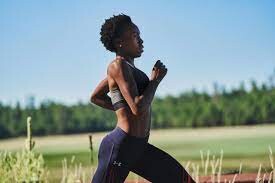
A strong core can reduce the risk of common running injuries like lower back pain, IT band syndrome, and knee issues. Your core supports the spine and pelvis, and strengthening it reduces the impact on the joints. Finally, you’ll increase your power and speed. A strong core results in more powerful and efficient strides. While a well-rounded strength routine is something to work up to, adding a few simple core exercises post-easy run will give you a speed and stability boost.
1.- Planks

Traditional planks and side planks help strengthen the entire core, including the abdominal muscles and obliques.
Start in a push-up position with your hands directly beneath your shoulders and your body in a straight line from head to heels, feet should be hip-width apart.
Tighten your abdominal muscles and squeeze your glutes. This will help maintain a neutral spine throughout the exercise.
Hold this position, keeping your body in a straight line. Start with 20-30 seconds and gradually increase the time as you gain strength.
Modify: to make the standard plank less challenging, you can perform the exercise on your elbows instead of your hands. Rest on your forearms, and the rest of the steps remain the same. You can also drop your knees to the mat for support.
2.- Russian twists
This exercise targets the obliques and improves rotational strength, which is beneficial for maintaining stability during running.
Sit on the ground with knees bent and your feet flat on the floor. Lean back slightly while keeping your back straight, with your torso at a 45-degree angle to the floor.
Tighten your abdominal muscles, engaging your core to stabilize your spine and maintain a neutral posture. Bring your hands together in front of your chest, and try holding a weight or medicine ball to add resistance.
Slowly rotate your torso to one side, bringing your hands or the weight beside your hip. Keep hips and lower body stationary–the movement should come from your upper body. Slowly twist back to the starting position. and repeat the twist on the opposite side. Start with 10-15 repetitions per side and gradually increase the number as you become more comfortable.
3.- Bicycle crunches
These target the rectus abdominis and obliques while also engaging the hip flexors–all muscles that play a significant role in maintaining stability and balance while running.
Lie on your back on a mat or a comfortable surface. Place your hands behind your head, keeping elbows wide open, and lift both legs off the ground with knees bent at a 90-degree angle.
Tighten your abdominal muscles to engage your core and keep your spine stable.
Simultaneously perform a crunch and a rotation. Bring your right elbow towards your left knee while straightening your right leg. At the same time, rotate your torso to the left. Return to the starting position and repeat the movement on the other side, bringing your left elbow toward your right knee while straightening your left leg and rotating your torso to the right.
Continue to alternate sides in a fluid and controlled motion, resembling a pedalling motion like riding a bicycle. Aim for 10-15 repetitions per side to start with and gradually increase as your core strength improves.
When it comes to core training, consistency is key. Start by including core exercises in your routine two to three times per week, and prioritize form over the number of reps. Make sure you are including adequate rest and recovery if you are adding strength to an already intense running routine.
by Keeley Milne
Login to leave a comment
I gave performance-enhancing drugs to Okagbare, therapist admits
A twist may have been added to the drug issues, which led to the 11-year ban handed to U.S.-based Nigeria’s track queen, Blessing Okagbare, following confession by Texas therapist, Eric Lira, in the late hours of Monday.
Lira faces up to 10 years in prison after pleading guilty to supplying performance-enhancing drugs to Olympic athletes, including banned Okagbare, United States authorities said.
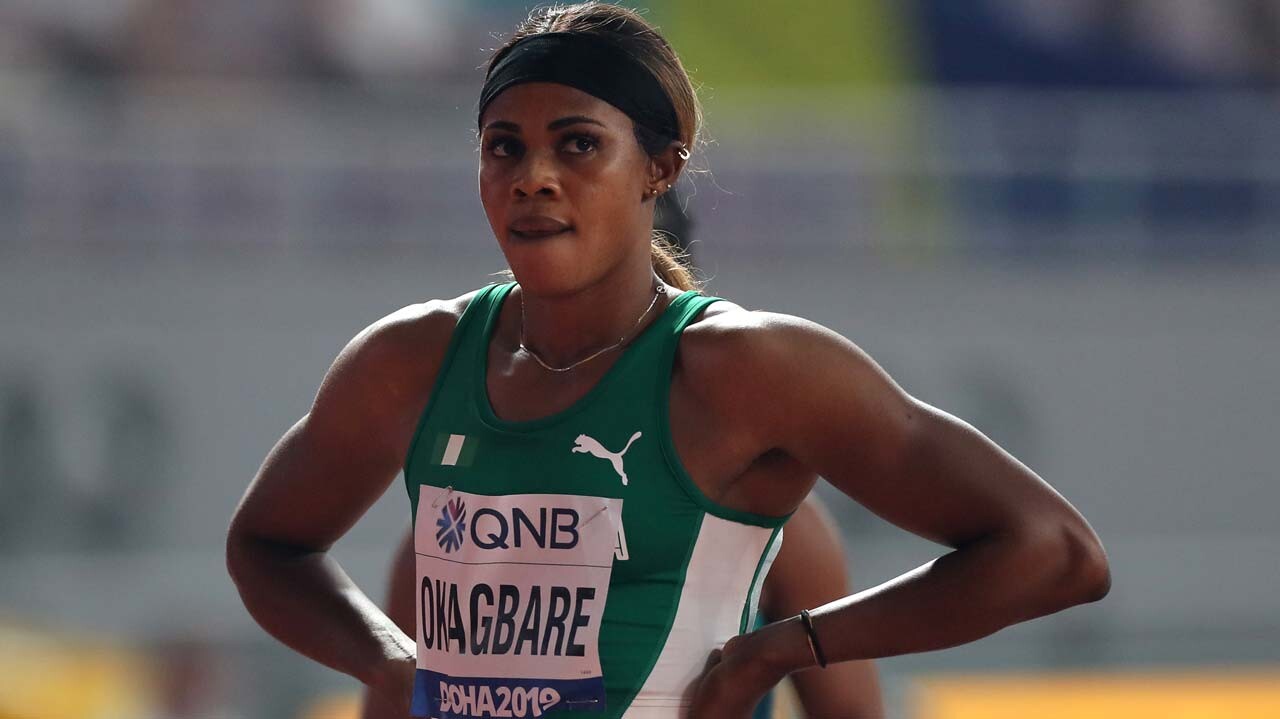
Lira, a “naturopathic” therapist based in the city of El Paso, is the first individual to be convicted under a new U.S. law introduced in the wake of Russia’s state-backed Olympic doping scandals, the Department of Justice said in a statement.
The 2020 law, named after Russian whistleblower, Grigory Rodchenkov, enables the American authorities to prosecute individuals involved in international doping fraud conspiracies.
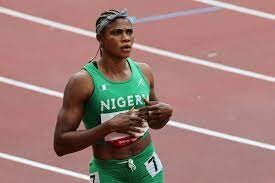
Lira was found to have supplied drugs to Okagbare in the build-up to the pandemic-delayed Tokyo Olympics in 2021.
Okagbare, who was subsequently banned from the sport for 11 years, was expelled from the Tokyo Games just before the women’s 100m semifinals.
It had emerged that she had tested positive for human growth hormone in an out-of-competition test in Slovakia before the start of the global showpiece.
U.S. Attorney, Damian Williams, said after Lira pleaded guilty in a federal court in Manhattan, that the case was a “watershed moment for international sport.”
“Lira provided banned performance-enhancing substances to Olympic athletes, who wanted to corruptly gain a competitive edge,” he said.
“Such craven efforts to undermine the integrity of sport subverts the purpose of the Olympic Games – which is to showcase athletic excellence through a level playing field.
“Lira’s efforts to pervert that goal will not go unpunished.”
Athletes who obtained the drugs from Lira were not all identified, but the Athletics Integrity Unit, an independent anti-doping body, said they were Okagbare and fellow-Nigerian, Divine Oduduru, who is facing a potential six-year ban.
The maximum sentence for violating the Rodchenkov Anti-Doping Act is 10 years in prison. Lira’s sentence will be determined by a judge at a later date, the Department of Justice statement added.
US anti-doping officials welcomed Lira’s conviction, noting that it was made possible only by the recently enacted law.
“Without this law, Lira, who held himself out as a doctor to athletes, likely would have escaped consequence for his distribution of dangerous performance-enhancing drugs and his conspiracy to defraud the 2020 Tokyo Olympic Games because he did not fall under any sport anti-doping rules,” said Travis Tygart, the chief executive officer of the US Anti-Doping Agency.
by Gowon Akpodonor
Login to leave a comment
Botswana’s Nijel Amos 800m star and Olympic medalist, banned three years for doping
Botswana’s Nijel Amos, the joint-third-fastest 800m runner in history, was banned three years for doping.
The case stemmed to last June, when he tested positive for GW1516, an experimental drug which can modify the body’s metabolism but has been considered too dangerous for human use.
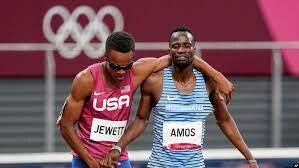
The ban was backdated to last July, when Amos was provisionally suspended pending an investigation. His ban now runs to 2025, which means the 29-year-old Amos will miss the 2024 Paris Olympics.
Amos received a one-year reduction of what would otherwise be a four-year ban because he made an early admission and acceptance of the suspension.
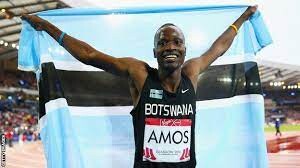
That came after he requested a supplement be tested for the presence of the drug. The test did not detect any GW1516 in opened and sealed bottles.
GW1516 was developed to help build endurance and burn fat but was found to cause cancer during tests on rodents. Anti-doping organizations have warned athletes not to use it on safety grounds.
The drug has previously been found in samples given by professional cyclists and by Olympic race walker Elena Lashmanova. The Russian served a two-year ban and was later stripped of the 20km gold medal she won at the 2012 Olympics for another doping offense.
In 2012, Amos, then 18, took silver in the 800m at the London Games in what many called the greatest Olympic race in history. Kenyan David Rudisha lowered his world record. Amos matched Seb Coe as the third-fastest man in history in the event (1:41.73). Every runner’s time was the fastest ever for that finishing placement.
Amos has not won an Olympic or world championships medal since. In July 2019, he ran 1:41.89, the world’s best time since that London Olympic final.
At the Tokyo Olympics, Amos and American Isaiah Jewett got tangled in the final lap of their semifinal. In an act of good sportsmanship, the runners helped each other up and later jogged across the finish line together in the last two places. Amos was granted a place in the final and finished eighth.
by OlympicTalk
Login to leave a comment
Russian doping ban lifted, but Ukraine war keeps athletes out
Russia and its athletes will remain banned from competition due to the ongoing invasion of Ukraine.
On Thursday afternoon, the World Athletics Council announced the reinstatement of the Russian Athletics Federation (RusAF) following a seven-year doping suspension. Despite their reinstatement into the sport, however, Russia will remain banned from competition due to its ongoing invasion of Ukraine.
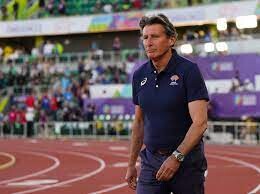
“Athletes and officials for Russia and Belarus are still excluded for the foreseeable future due to the invasion of Ukraine,” said World Athletics president Seb Coe.
In the case that Russia decides to leave Ukraine, Coe says his instinct is that the ban would be reversed, allowing Russian and Belarusian athletes to participate in all World Athletics events.
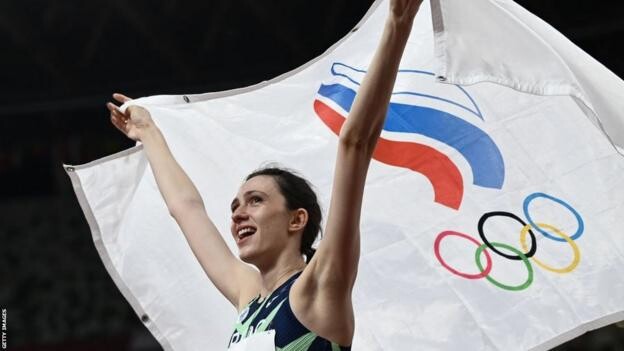
According to Rune Andersen, who served as the head of the World Athletics Task Force around reinstating the RusAF, told the WA Council that all required conditions have ultimately been met. RusAF has also accepted the ruling stating that there must be no backsliding from the new position.
“I believe RusAF still has a lot of progress to be made,” said Coe. RusAF has to follow 35 “special conditions” intended to ensure that anti-doping reforms remain in place, and continue to operate effectively. These special conditions will continue to be reviewed over the next three years.
The RusAF has been suspended from competing in World Athletics events since 2015 due to multiple doping violations. They are currently not eligible to host World Athletics events or send teams to international championships due to the World Athletics sanctions for the invasion of Ukraine.
“The integrity of our major international competitions has already been substantially damaged by the actions of the Russian and Belarusian governments through the hardship inflicted on Ukrainian athletes and the destruction of Ukraine’s sports systems,” said Coe in a press release. “Russian and Belarusian athletes, many of whom have military affiliations, should not be beneficiaries of these actions.”
The World Athletics stance on Russia continues to contrast with that of the International Olympic Committee (IOC), which is working to allow Russian and Belarusian competitors to participate in international competition and the Paris 2024 Games, as neutral athletes.
The reinstatement of RusAF was one of four noteworthy announcements to come from the 2023 World Athletics Council meetings.
by Running Magazine
Login to leave a comment
World Athletics to continue Ukraine Fund to support participation at World Championships
World Athletics is set to repeat its Ukraine Fund for another year to help the country's athletes prepare for the upcoming World Championships in Budapest.
The Fund was launched last year following the Russian invasion and resulted in more than $220,000 (£185,000/€205,000) being donated to more than 100 elite athletes.
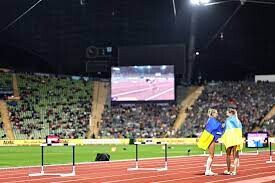
"We pledge to repeat the World Athletics Ukraine Solidarity Fund to support Ukrainian athlete attendance at the World Athletics Championships Budapest 23 and other World Athletics Series events," read a World Athletics statement.
The announcement coincides with International Women's Day, which is being celebrated today, and comes as part of the governing body's drive to further its #WeGrowAthletics campaign.

Female athletes, including Olympic bronze medal-winning hurdler Anna Ryzhykova, made up 70 per cent of the Fund's beneficiaries.
The World Championships are scheduled to take place from August 19 to 27 later this year.
The Fund was created with contributions from the International Athletics Foundation and Diamond League members.
Ukraine has competed at every edition of the World Athletics Championships since 1993 and sits 18th on the overall medals table.
The country has amassed 11 gold, 14 silver, and 16 bronze medals.
If it was not for the scheme, Ryzhykova fears her career may have finished.
"You forget about your career, about your dreams and you think about how to survive and how to help your family and friends to survive, and the World Athletics Solidarity Fund really saved our athletes’ careers, and gave us a chance to fight for our country in our own way," she said to reporters from Fort Worth where she is currently living and training, as reported by Reuters.
"They're killing my friends, my friends' relatives, many of my friends go to war, also a number of athletes were killed by Russians.
"I can't even imagine how to be near the person who supports the war or keeps silent."
Global Athlete states that 343 facilities have been destroyed since the invasion while approximately 40,000 athletes are training abroad.
by Owen Lloyd
Login to leave a comment
World Athletics Championships Budapest 23
From August 19-27, 2023, Budapest will host the world's third largest sporting event, the World Athletics Championships. It is the largest sporting event in the history of Hungary, attended by athletes from more than 200 countries, whose news will reach more than one billion people. Athletics is the foundation of all sports. It represents strength, speed, dexterity and endurance, the...
more...Documentaries every runner should watch
If you’re tired of wasting time scrolling through Netflix searching for the right movie or show to watch, we’ve got you covered. There are plenty of movies out there on running, but we’ve selected five of the best documentaries for you to watch. Before you get started on these films, though, be warned: sudden bursts of inspiration are highly likely while watching these flicks, so be ready to feel the need to go for a run after viewing.
The Barkley Marathons: The Race That Eats Its Young
This film was released in 2014, and it tells the story of the Barkley Marathons, race founder Laz Lake and the runners who dream of finishing the event. Producers followed the 2012 event, before which only 10 people had completed the Barkley Marathons, but that number is up to 15 today. The documentary brought this race into the mainstream, and although viewership was likely primarily runners, it captivated non-running audiences as well.
Boston: The Documentary
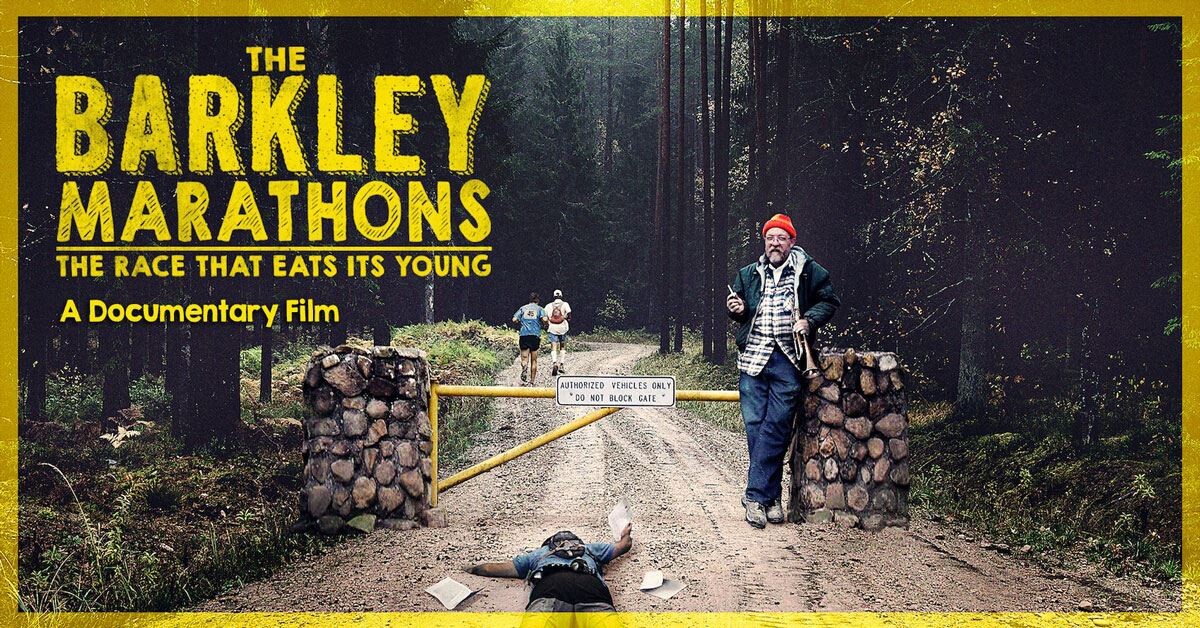
This 2017 documentary covers the history of the Boston Marathon, from its humble beginnings in 1897 right up to modern times. The film, which is narrated by Boston native Matt Damon, follows legends of the race (like the event’s first official female participant, Kathrine Switzer), 2014 winner Meb Keflezighi and four-time winner Bill Rodgers, as well as other past champions. In addition to the race’s history, the documentary looks to the future as organizers worked past the tragic events of 2013 and towards the Boston Marathons yet to come.
The Runner
In Oct. 2022, The New Yorker released a short, 17-minute documentary called The Runner that follows an Indigenous Canadian ultrarunner named Darius Sam. The film documents a 100-mile run in 2020 that Sam set out to complete to raise money and awareness for mental health. Since then, Sam has continued with ultrarunning, and in 2021 he became the youngest male to run the Moab 240, a behemoth of a race through Utah. Sam’s efforts have also led to a whopping $150,000 raised for mental health charities.

Breaking2
This documentary was produced by National Geographic and Nike, and it followed the build-up to the first-ever sub-two-hour marathon attempt, Nike’s Breaking2 project, in Italy in 2017. The film dives into the lives of the three Breaking2 athletes (Eliud Kipchoge, Zersenay Tadese and Lelisa Desisa), the months of planning that went into the attempt and the run itself. Although it ended up being unsuccessful (Kipchoge ran 2:00:25), it was still thrilling to watch, and the documentary is just as exciting.
Icarus
Although this Oscar-winning documentary is not a running-specific film, it should still be at the top of every runner’s must-watch list. The Netflix film intended to focus on doping and how difficult (or easy) it is to get away with cheating in elite sports, but it quickly turned into a story about doping in Russia, which ultimately led to the downfall of a years-long program that involved countless Russian athletes and sports officials.
by Ben Snider-McGrath
Login to leave a comment
World Athletics approves the applications of six Russians to compete as neutral athletes
The World Athletics Doping Review Board (DRB) has agreed that the applications of six (6) Russian athletes have met the exceptional eligibility criteria to compete in international competition as neutral athletes (ANA) under eligibility rule 3.2 while the Russian national federation (RusAF) remains suspended.
In approving these six applications, the Doping Review Board noted that, according to World Athletics’ decision of 1 March 2022, all athletes, support personnel and officials from Russia were excluded from all World Athletics Series events for the foreseeable future as a consequence of Russia’s invasion of Ukraine.

Furthermore, the Wanda Diamond League subsequently took the decision to exclude Russian athletes from competing in its meetings. In addition, the Doping Review Board understands that individual organisers of the Continental Tour are not inviting Russian athletes to their meetings.
Furthermore, in December 2022, World Athletics advised the Russian Athletics Federation that the 2022 ANA process would continue until such time as the World Athletics Council decides otherwise.
Notwithstanding the foregoing, the DRB considered and approved the following applications under rule 3.2 of the eligibility rules for exceptional eligibility to compete in international competitions until the World Athletics Council Meeting in March 2023 as a Neutral Athlete, to the extent such competitions are open to athletes from Russia.

Furthermore, any athlete who was granted ANA status for the 2022 season may continue to compete until Council’s decision.
The six athletes who have now met the exceptional eligibility criteria are:
Nikita Anishchenkov (high jump)Artem Chermoshanskiy (long jump)Maksim Pianzin (Pyanzin) (race walking)Nikita Kurbanov (high jump)Danil Chechela (long jump)Marina Kovaleva (long distance)
Requirements for ANA athletes
Further to the World Athletics Council decision on 1 December 2021 to approve amendments to the Authorised Neutral Athlete (ANA) programme on the recommendation of the Russian Taskforce, the Doping Review Board (DRB) reviewed and revised the process and the criteria for ANA applications.
Athletes will need to follow the procedures set out in the guidance documents and all applications must be forwarded to World Athletics through RusAF.
Applications must be submitted no later than four weeks before the entry deadline for the international competition for which eligibility is sought and the Doping Review Board may require an applicant to undergo additional testing prior to granting him or her ANA status.
2022 authorised neutral athletes who may compete until the World Athletics Council Meeting in March 2023 (73 athletes)
Announced on 22 January 2022: Dina Aleksandrova (800m, 1500m, 5000m), Svetlana Aplachkina (1500m, 3000m, 5000m), Yelizaveta Bondarenko (pole vault), Aleksandr Buyanovskiy (400m), Vera Chalaya (400m hurdles, 400m), Timofey Chalyy (400m hurdles, 400m), Alexey Fyodorov (triple jump), Ilya Ivanyuk (high jump), Polina Knoroz (pole vault), Mariya Kochanova (high jump), Aleksandr Komarov (decathlon, heptathlon), Kseniya Labygina (60m hurdles), Mariya Lasitskene (high jump), Artyom Makarenko (combined events, 60m hurdles, 110m hurdles), Polina Miller (400m), Vasiliy Mizinov (race walking), Valeriy Pronkin (hammer), Anzhelika Sidorova (pole vault), Oleg Spiridonov (60m hurdles, 110m hurdles), Natalya Spiridonova (long jump, high jump), Yaroslav Tkalich (sprints, 400m or less), Anna Tropina (3000m steeplechase, 1500m, 5000m, cross country).
Announced on 17 February 2022: Veronika Arkhipova (400m or less), Rinas Akhmadeyev (3000m, 5000m, 10,000m, half marathon), Semen Borodayev (shot put, discus), Iurii (Yuri) Chechun (marathon), Elvira Chepareva (Khasanova) (race walk), Aksana Gataullina (pole vault), Darya Golubechkova (race walk), Dmitriy Gramachkov (race walk), Konstantin Kholmogorov (800m), Stepan Kiselev (marathon), Kristina Koroleva (high jump), Mikhail Kulkov (marathon), Aleksandr Lesnoy (shot put), Denis Lukyanov (hammer), Alena Lutkovskaia (pole vault), Alena Lysenko (hammer), Kristina Makarenko, née Sivkova (50m, 100m, 200m), Timur Morgunov (pole vault), Olga Mullina (pole vault), Sofiya Palkina (hammer), Yekaterina Petrova (5000m race walk.
10,000m race walk), Mariya Privalova (triple jump, long jump), Andrey Romanov (hammer), Yelena Sborets (race walk), Nadezhda Sergeeva (race walk), Konstantin Shabanov (60m hurdles, 110m hurdles), Fedor Shutov (marathon, half marathon), Kirill Shutov (race walk), Yelena Sokolova (long jump), Snezhana Trofimets (shot put), Yuliya Turova (race walk), Matvey Tychinkin (high jump), Viktoriya Vaseykina (heptathlon, pentathlon)
Announced on 8 July 2022: Irina Baulina (400m, 400m hurdles), Arseniy Elfimov (combined events), Maksim Fediaev (200m, 400m), Ekaterina Fediaeva (200m, 400m), Dmitrii Kachanov (pole vault), Stepan Kekin (combined events), Evgenii Kunc (1500m, 5000m) , Natalya Leontyeva (5000m,, 10,000m, half marathon, cross country), Liliia Mendaeva (1500m, 3000m, 5000m), Anna Minullina (3000m), Ildar Nadyrov (steeplechase, cross country), Olga Onufrienko (800m, 1500m), Daria Osipova (sprints, hurdles, relays – U20 only), Viktor Pintusov (pole vault), Valeria Putilina (javelin), Iuliia Sokhatskaia (combined events, long jump), Elizaveta Tsareva (hammer), Anna Vikulova (10,000m, half marathon, marathon).
by World Athletics
Login to leave a comment
AIU report shows five nations represent 54 per cent of banned athletes
Earlier this week, the Athletics Integrity Unit (AIU) released its Global List of Ineligible Persons of 473 athletes or athlete support currently serving sanctions. Five countries account for more than half the total number of sanctions, with 92 athletes representing Russia.
The majority of the cases listed are related to infractions in the last five years. But there are lifetime bans for offenses dating back a decade. Many of the Russian infractions date from before the 2015 doping scandal, but numerous infractions have been detected in the last three years.
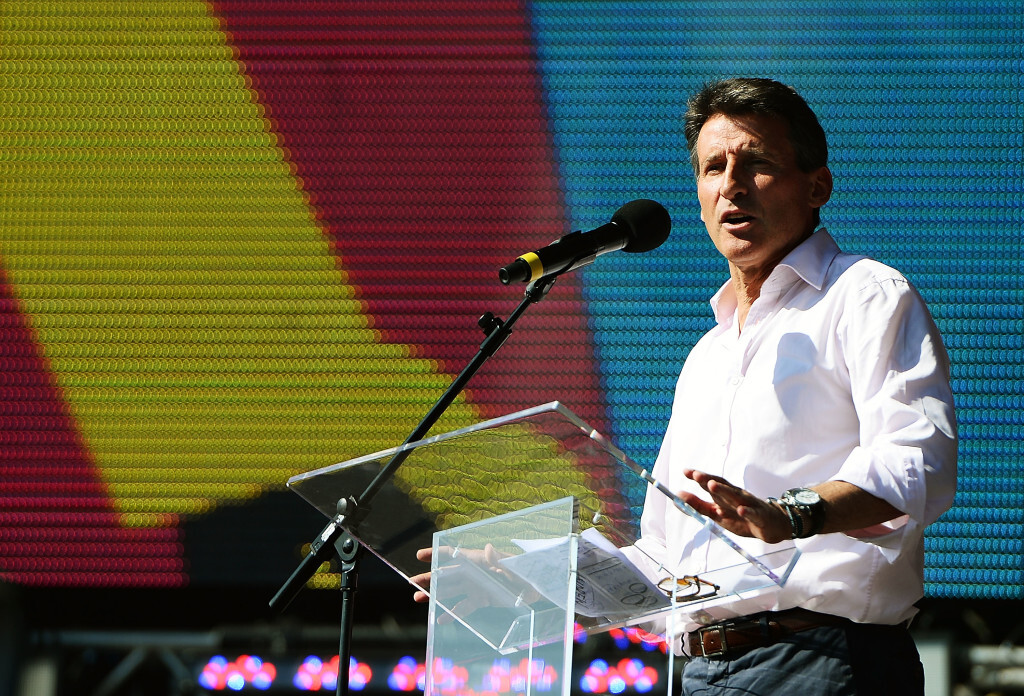
Russia is followed by India, with 65 recorded sanctions, Kenya with 54, Morocco with 24 and China with 20. These five countries make up 54 per cent of the AIU’s Global List of Ineligible Persons.
Russia (RusAF) and the Russian Anti-Doping Agency (RUSADA) are working with World Athletics to lift the ban on Russian athletes and the federation.
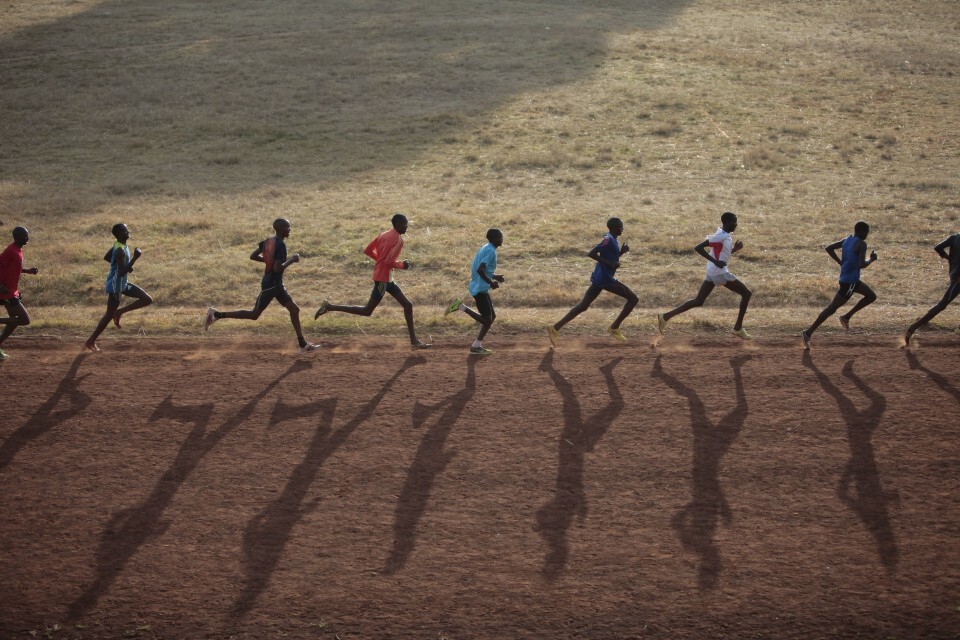
When World Athletics president Sebastian Coe was asked to comment on the RUSADA situation at a year-end media conference, he said, “The council will have a better update after their next meeting in March 2023.”
Kenya entered the spotlight in recent months, with many well-known distance runners receiving sanctions for doping violations. Last month, 2021 Boston champion Diana Kipyokei was given a six-year ban for a positive test for the weight-reducing and endurance-increasing drug triamcinolone acetonide. Twenty-one of the 54 Kenyan athletes serving suspensions were caught in the past year.
Since 2016, the East African nation has been classified in Category A of the countries under surveillance by World Athletics and the World Anti-Doping Agency (WADA), alongside Belarus, Ethiopia, Morocco and Ukraine.
Coe said after the World Athletics Council Meeting in November 2022 that Athletics Kenya has “a long journey” to regain trust, and that Kenyan sports minister Ababu Namwama and the council were working toward a solution.
In an attempt to crack down on doping, the Kenyan sports minster told BBC News Africa in December that he hopes to fast-track modifications to legislation and crack down on doping the same way the government does with illegal drugs–by criminalizing it.
Previous attempts to criminalize doping in Kenya have been unsuccessful, with a motion submitted by former member of parliament and 2012 Boston Marathon champion Wesley Korir being defeated in 2016. Korir and his wife, Tarah Korir, lived in Waterloo, Ont. for several years before moving back to Kenya.
by Marley Dickinson
Login to leave a comment
Want to Run Faster? Here’s How to Do It, increasing your speed and endurance with these tips
There’s no doubt about it: Running can be hard. But it doesn’t have to be!
“The goal of running faster,” says professional marathoner Stephanie Rothstein-Bruce, “is to run more economically and use the least amount of energy that you can.”
This becomes particularly important in long-distance running. After you’ve run 20 miles, the last thing you want to do is expend any extra energy — you don’t have much of it left! With a few smart tweaks to your routine, you can run much more efficiently with the energy you have — without having to pop an extra gel.

5 Tips to Run Faster, Starting Now
1. Roll Out.
You may foam roll after your workouts, but if you’re not foam rolling before, your body may not be ready for the workload you’re about to subject it to, says Daniel Viera, USA Triathlon Full Throttle Endurance coach. “Most of the time, the muscles can handle it,” he says, “but you want to make sure the tendons, ligaments and joints are ready.” Be sure to hit the glutes, hamstrings, quads, hips, calves and IT bands, spending 30 to 60 seconds on each muscle group before launching into your dynamic warm-up.

2. Drill, baby, drill!
Running fast isn’t about just running forward in a straight line. Drills such as butt kicks, high knees and Russian kicks (resting on one leg and kicking the other) increase proprioception (one’s perception of his or her body and the strength of effort being used in movement) and coordination, says Viera. He recommends beginning the drills slowly and increasing speed and velocity as you get comfortable with them. The payoff: Your body will learn to fire the correct muscles at the proper time.
3. Mix up the pace.
Running your fastest speed at every workout isn’t the key to getting faster, says Viera. As counterintuitive as it sounds, running slower can actually help you get faster! He suggests mixing things up with a slow endurance run, a tempo run and some speed work at a track at least once a week. “Working on your heart, lungs and muscles is the key to becoming a more efficient runner.”
4. Make your form work for you.
Guilty of swinging your arms across your body when you run? “The side to side motion is wasted energy for your arms as it forces your hips to counter the motion instead of powering you in a forward motion,” says Rothstein-Bruce (who runs a 2:29 marathon, so she knows a thing or two about running efficiently). She recommends practicing seated arm drills by sitting with the legs at 90 degrees and swinging your arms back like you’re beating a drum. And when it comes to “running tall,” imagine someone is pulling you up by your hair while maintaining a slight forward lean.
5. Get new sneakers!
Often, pounding the pavement in old sneakers can lead to injury, says Viera, and injured muscles are certainly not as efficient. Make sure to get fitted for new sneakers every 300 to 500 miles. And be sure to properly break them in by walking for a few miles before lacing up for a long run.
by Theodora Blanchfield
Login to leave a comment
Russian Natalya Antyukh officially loses London 2012 gold after not appealing doping sanctions
Russia's Natalya Antyukh has had her results from the 2012 Olympic Games in London officially disqualified, allowing a reallocation of medals from the women's 400 metres hurdles final, more than 10 years later.
Antyukh had her results from the Games officially disqualified in October, but was allowed time to appeal the decision.
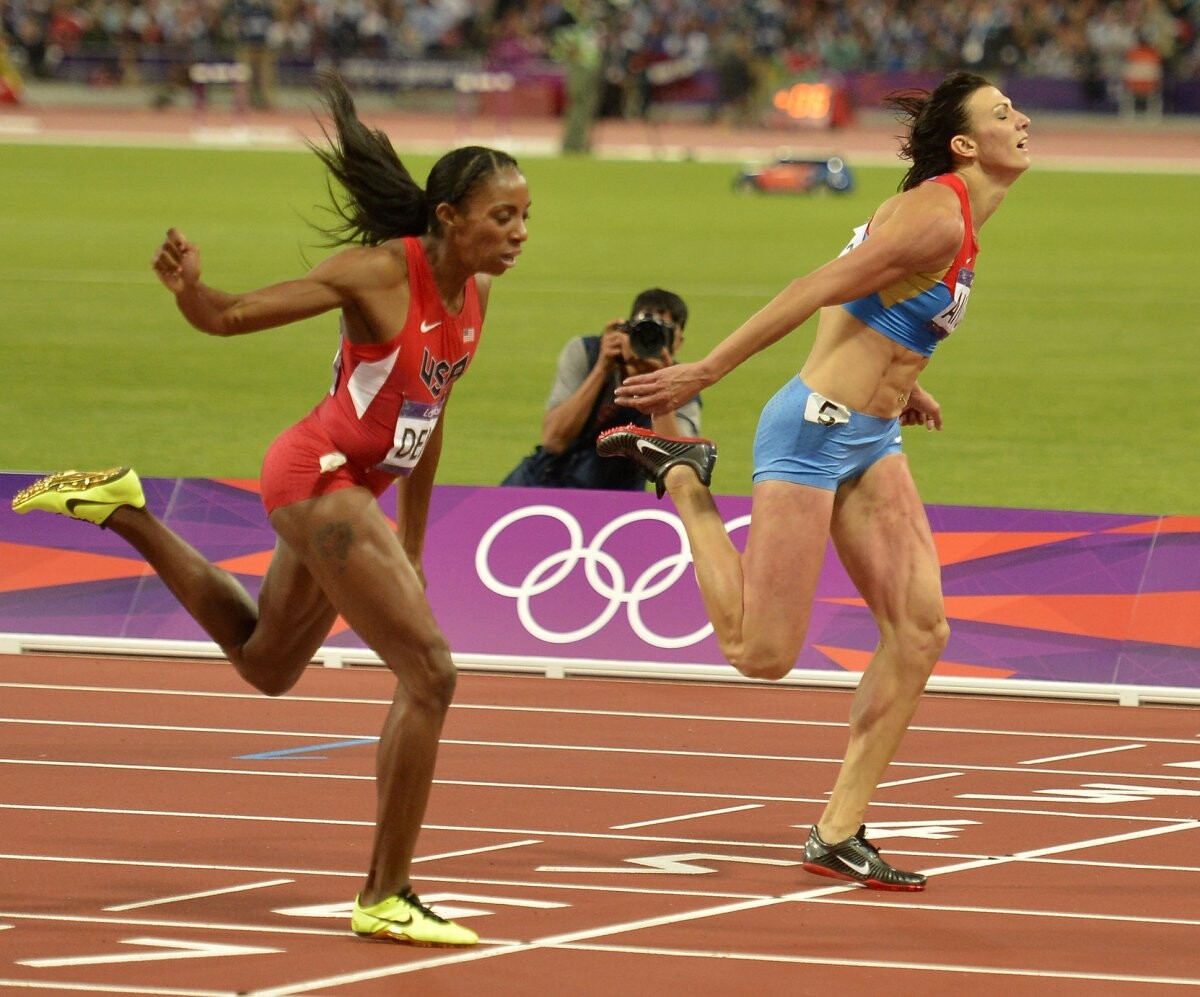
Following the expiration of the 45-day deadline, she had all results from July 15 in 2012 to June 29 the following wiped from her record, including the gold medal-winning run at London 2012.
This means Lashinda Demus from the United States is set to be awarded the gold medal retrospectively.
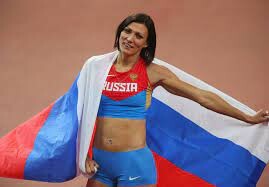
Demus was pipped in a photo finish with Antyukh in the final, with the Russian crossing the line in 52.70sec to the American's 52.77.
Czech Republic's Zuzana Hejnová, who would go on to win back-to-back World Championships titles in 2013 and 2015, has been promoted to silver, while Jamaican Kaliese Spencer will receive the bronze medal.
The Athletics Integrity Unit (AIU) charged the hurdler based on historical data at the former World Anti-Doping Agency (WADA)-accredited laboratory in Moscow.
Antyukh, now 41, was given a four-year-ban last year and had already had results wiped from June 30 in 2013 to December 31 in 2015.
World Athletics has changed its results on its website, with the AIU confirming in a statement that the International Olympic Committee (IOC) could now award the medals as planned.
"The IOC may now proceed with the reallocation of medals and the update of the IOC database," read the AIU statement.
"The AIU remains committed to investigating all cases of potential violations and securing the appropriate outcomes.
"The integrity of the sport of athletics is our utmost priority and we are pleased, in this instance, that athletes who competed fairly at the highest level will ultimately be acknowledged as the rightful medal winners."
AIU head Brett Clothier added that it was important to ensure "clean and fair competition and results, even if a decade later".
Antyukh is one of a record 46 Russian competitors at London 2012 disqualified for doping, leading to the country being stripped of 17 medals, including nine in athletics.
She also won silver in the women's 4x400m relay at London 2012, but this medal was already stripped six years ago when her team-mate Antonina Krivoshapka was given a doping ban and her results were disqualified.
Her results are not disqualified from before July 2012, meaning her 2011 world bronze and 2010 European gold medals - as well as her Athens 2004 400m bronze - still remain in her possession.
by Michael Houston
Login to leave a comment
Kenya’s Edna Kiplagat upgraded to 2021 Boston Marathon champion
Edna Kiplagat of Kenya has officially become a two-time Boston Marathon champion. The BAA elevated Kiplagat to 2021 Boston Marathon winner on Tuesday after the Athletics Integrity Unit (AIU) handed down a six-year suspension to former 2021 champion Diana Kipyokei. Kipyokei tested positive for triamcinolone acetonide (a corticosteroid)–a banned anti-inflammatory substance–post-race in Boston.
Kipyokei was also suspended for providing misleading information in her attempts to explain her use of the substance, including “fake documentation which she alleged came from a hospital,” according to the AIU. Kipyokei’s provisional suspension was announced Oct.14, but began on June 27 and her six-year ban has been backdated to June.
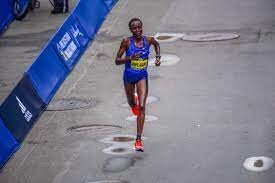
Kiplagat is now a two-time Boston Marathon champion, after winning the race in 2017 (she also ran to second in 2019). Kiplagat, 43, is widely regarded as one of the all-time greats in distance running.
Dubbed the “Queen of Persistence,” Kiplagat has competed at both the Olympic and World championship marathons, taking gold twice at the World champs in 2011 and 2013, and silver in 2017. Kiplagat has run all six of the Abbott World Marathon Majors.
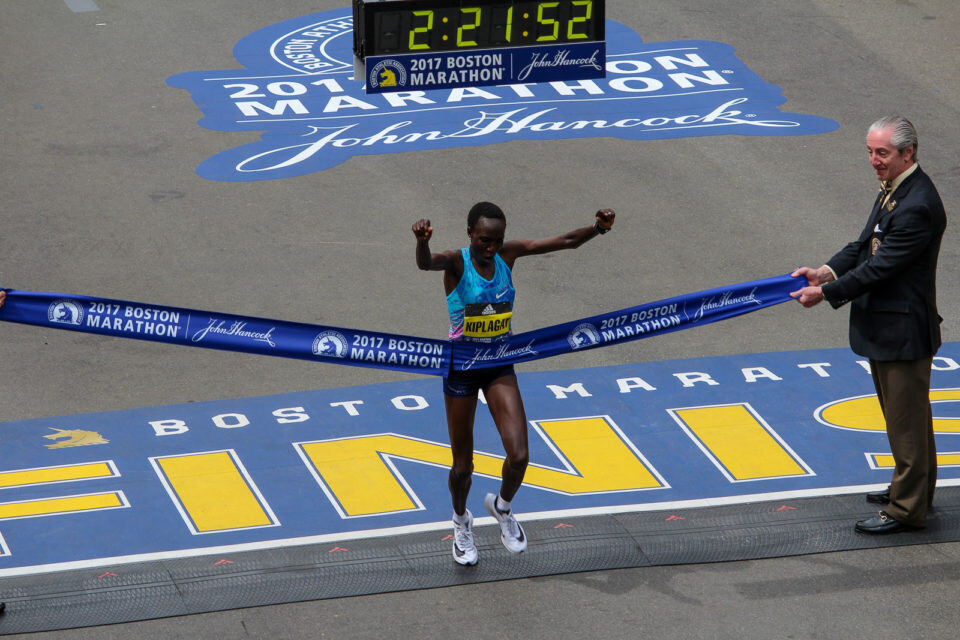
The Colorado-based athlete won the Abbott World Marathon Series VIII (2013–14) and was named the Series V (10–2011) champion following the disqualification of Russian athlete Liliya Shobukhova.
Kiplagat won both the London Marathon (2014) and New York Marathon (2010) with many second-place finishes. In 2021 she won the 7-mile (11.3 km) Falmouth Road Race, running away from the field in the second half of the race to break the tape in 36 minutes, 52 seconds.
by Keeley Milne
Login to leave a comment
Boston Marathon
Among the nation’s oldest athletic clubs, the B.A.A. was established in 1887, and, in 1896, more than half of the U.S. Olympic Team at the first modern games was composed of B.A.A. club members. The Olympic Games provided the inspiration for the first Boston Marathon, which culminated the B.A.A. Games on April 19, 1897. John J. McDermott emerged from a...
more...Former Euro XC champ faces three year doping ban for EPO
Olympian and two-time European cross country champ Aras Kaya has been given a three-year ban for doping after testing positive for erythropoietin (EPO). EPO is a hormone that promotes red blood cell production, improving endurance.
Kaya, 28, was born in Kenya but competes for Turkey, after moving there in 2015 and receiving citizenship in 2016. He tested positive at the Brasov Running Festival 10K in Brasov, Romania in September, according to the Athletics Integrity Unit (AIU). Kaya was given a four-year ban but admitted he was at fault and opted not to fight the case, reducing his ban to three years.
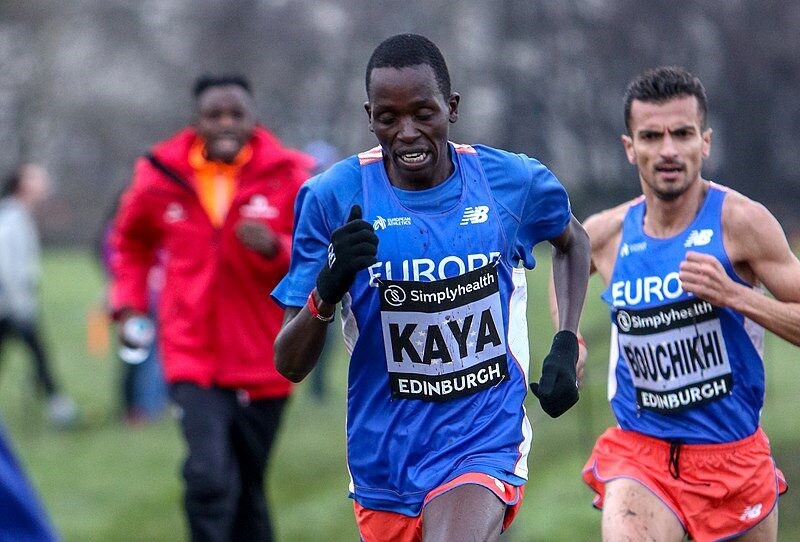
In 2021, Kaya took silver at the Euro cross country champs, runner-up to Norway’s Jakob Ingebrigtsen, and ran to bronze in 2018. He was set to run last weekend’s Euro Cross in Turin, Italy, but was a late withdrawal with his doping ban imminent, Athletics Weekly reported.
Kaya won the 2016 Euro cross country senior men’s title and took second in 2019 to Robel Fsiha of Sweden. Fsiha tested positive for artificial testosterone in 2020 and was banned for four years, elevating Kaya to the gold medal position. Kaya has a half-marathon PB of 60:51 and finished third in the 2022 European 10,000m cup.
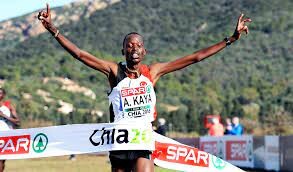
In the last year, Kaya was reported to have been in the process of receiving Russian nationalization, as he has been based in the Russian city of Kazan.
by Keeley Milne
Login to leave a comment
10 years later: Pamela Jelimo to receive London Olympics bronze
Though out of the public limelight, the history-making Pamela Jelimo is still winning.
Jelimo, the first Kenyan woman to win an Olympic gold medal with her exploits in 800m at the 2008 Beijing Summers Games, is set to receive yet another medal.
Jelimo, the 2008 Africa 800m and 2012 World Indoor 800m champion, who finished fourth in one minute and 57.59 second set to benefit after race winner Mariya Savinova from Russia, was stripped of the gold medal for doping.
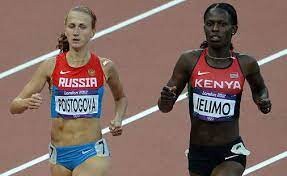
Jelimo, who celebrated her 32nd birthday on December 5, is set to receive her bronze medal from the 2012 London Olympic Games on Wednesday at the National Olympic Committee of Kenya (NOC-K) office, Gallant House, Nairobi.
Legendary Kipchoge Keino, who is an International Olympic Committee (IOC) member alongside NOC-K president, Paul Tergat, will preside over the presentation ceremony.
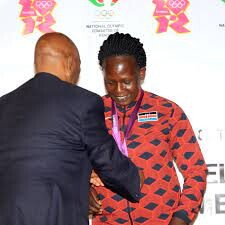
South Africa’s Caster Semenya and another Russian Ekaterina Poistogova, who had settled for silver and bronze, were scaled to gold and silver with their times of 1:57.23 and 1:57.53 respectively.
Kenya’s 2007 World 800m champion Janeth Jepkosgei, who had settled eighth in the race in 2:00.19 and Hellen Obiri, who came eighth in women’s 1,500m at the same Olympics, will receive their certificates.
Another Russian Elena Arzhakova, who finished sixth in 1:59.21 in the same race was also banned for having doped too.
With Savinova and Arzhakova banned, Jepkosgei, who had settled eighth in the race in 2:00.19 was upgraded to sixth.
On November 9, 2015, the Independent Commission Investigation of the World Anti-Doping Agency (WADA) asked for a lifetime ban for doping for Savinova, who had won gold and Poistogova, who had won bronze.
In February 2017, it was announced that Savinova was stripped of her gold medal but Poistogova was suspended in 2017 for two years, backdated to October 2014. Her London result, though, was not affected.
Alysia Johnson Montaño (1:57.93) from the United States of America and Burundi’s Francine Niyonsaba (1:59.63) finished fourth and fifth in the women’s 800m final.
A record four athletes that finished ahead of Obiri, who had settled 12th, were suspended for doping- Aslı Çakır Alptekin and Gamze Bulut from Turkey, who had won gold and silver respectively, Natallia Kareiva of Belarus, who had finished fifth and Russian Yekaterina Kostetskaya, who came sixth.
Maryam Yusuf Jamal (Bahrain), Tatyana Tomashova (Russia) and Abeba Aregawi (Ethiopia) were all scaled to gold, silver and bronze.
Aregwai, who changed allegiance to Sweden was suspended for doping in 2016.
This is the second time Olympics medals or certificates are being awarded in Kenya years later.
Asbel Kiprop received his gold medal from the 2008 Beijing Olympics in Nairobi in 2011 after the winner, Rashid Ramzi , was flagged down for doping.
by Ayumba Ayodi
Login to leave a comment
No ban for Kenya, says World Athletics president sebastian Coe
World Athletics president confirms east African nation will not receive a global suspension from the sport despite an alarming spate of drugs positives.
Speculation that Athletics Kenya will be barred from international competition was proved unfounded on Wednesday (Nov 30) when World Athletics president Seb Coe said the country has escaped a ban but will continue to sit on an anti-doping ‘watch list’.
Speaking at a World Athletics council press conference in Rome, Coe said the large number of top Kenyan athletes to test positive for drugs was “concerning” but the nation will not receive a Russian-style suspension due to, among other things, a pledge by the Kenyan government to plough $5 million per year into anti-doping efforts over the next five years.
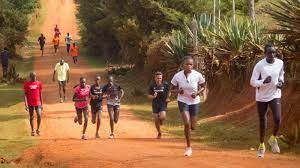
“World Athletics has been concerned,” said Coe. “Kenya has been on the watch list for a few years already.
“In one year 40% of all the positive tests in global athletics have been in Kenya and this is not a situation that World Athletics was prepared to sit and watch develop.”
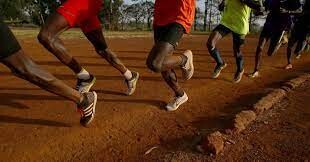
Coe added that there has been “a lot of recent reportage, some of which has been correct and some not. But we have made real progress.”
As well as the Kenyan government funding, Coe said the Athletics Integrity Unit (AIU) will continue to work closely with Kenya to implement the plan.
He added: “All stakeholders internationally and domestically are now aligned to resolve this situation and I am pleased we have a united response. But my instinct tells me it will be a long journey.
“This has to be collectively driven through all the stakeholders, internationally and domestically, who have a role and responsibility to solve this as quickly as possible.”
Coe said money would be spent on anti-doping education and “a deeper dive into the entourage of some of the people who surround the athletes”.
This, he said, “allows us more horsepower to challenge some of these issues”.
Kenya aside, an update on the ongoing Russian ban was tackled by Coe and Rune Andersen, head of the World Athletics taskforce on restoring Russia to global competition.
Coe emphasised that two separate sanctions exist – the anti-doping related ban and the sanction relating to the Russian invasion of Ukraine.
With regards anti-doping, good progress and cultural change has been made and Russia’s possible reinstatement into competition will be discussed again in March 2023.
Related to this, the Ukrainian Athletic Association was awarded the ‘president’s award’ as part of the World Athletics awards with Coe presenting Ukrainian AA president Yevhen Pronin with the honor during the press conference.
“I couldn’t think of anyone worthier than this for this year’s award,” said Coe. “What the Ukrainian Athletics Federation president, the coaches, and the athletes have done is just worthy of everyone’s respect and recognition.”
Elsewhere, Coe spoke about 2022 being “an immensely strong year for athletics” with four World Athletics Series events involving more than 4000 competitors from 180 countries with 554 national records and a television audience of more than one billion people.
The World Indoor Championships in Belgrade had an economic impact of $43m with the World Championships in Oregon having an impact of $273m.
The Continental Tour, meanwhile, saw 162 events with 12,000 athletes across 159 nations with 118 national records and 2400 PBs. Diamond League figures, Coe added, were not yet available for 2022.
Further council decisions included awarding the World Relays to Bahamas in 2024 as a qualifying event for the Paris Olympics. The road mile will become an official world record event from January. And the World Road Running Championships will switch from a biennial event to annual from 2025.
by Jason Henderson
Login to leave a comment
B.C. woman running a marathon a day to end toxic drug death
Twenty-five-year-old Aubrey Michalofsky had recently completed Selkirk College’s Law and Justice program, graduating with awards in 2021. On Aug. 30, the day before International Overdose Awareness Day, Aubrey died of fentanyl poisoning.
Just over a month later, his mother, Jessica Michalofsky, 51, ran a marathon around the 600-meter block that houses the Ministry of Health in Victoria. She has run a marathon every weekday since, and plans to continue until the provincial government does something meaningful in the fight against toxic drug deaths.
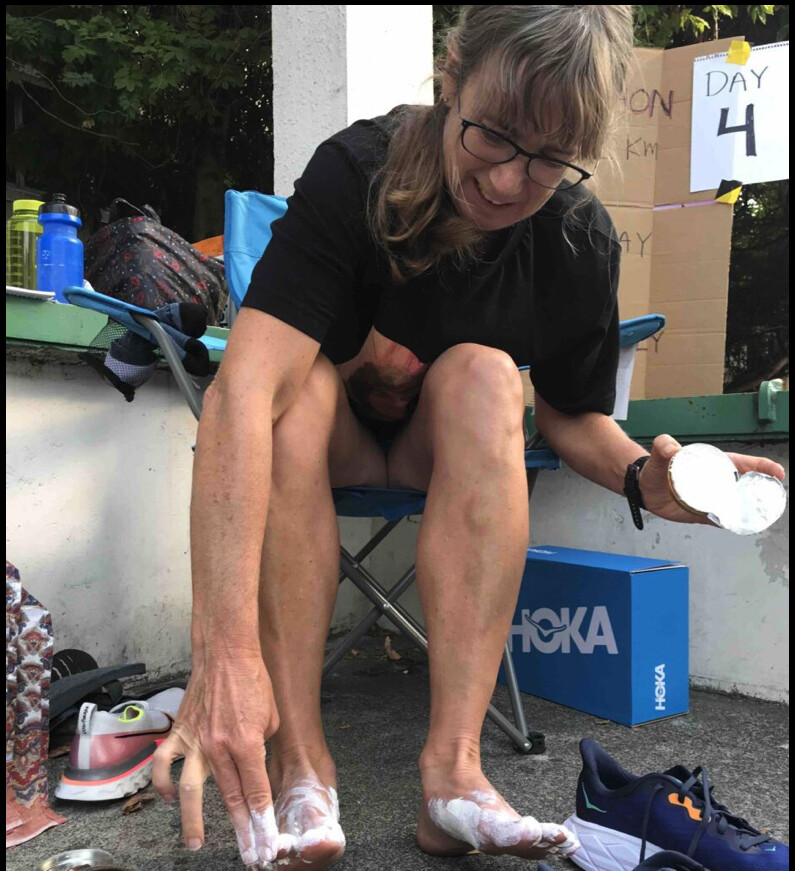
It takes Michalofsky 71 laps to complete 42.2 kilometres, and she runs five days a week. “Grief was making me feel crazy,” Michalofsky says. “I knew that Aubrey’s death had been preventable and I had to do something.”
Michalofsky is running to put pressure on the B.C. government to respond to the seven-year-long toxic drug public health crisis. The leading cause of death for 19-39-year-olds is toxic drugs. For 40-59 year-olds, it’s the second leading cause of death, and six people die in B.C. from overdoses every day. The majority of those deaths occur in private residences, and many are young men in the trades.
“This data [from the B.C. coroner’s report] flies in the face of the popular perception of the opioid crisis, which tends to portray toxic drug death as happening on the street and to persons experiencing homelessness,” Michalofsky says.
While the B.C. government has acknowledged that providing drug users with alternatives to the toxic black market supply is the safe way forward, Michalofsky says they haven’t taken any action to actually provide those alternatives. “Only a very small fraction of people in B.C. who struggle with drug use have access to safer drugs. The rest play Russian roulette each and every time they take drugs.”
Michalofsky is asking the B.C. minister of health, Adrian Dix, to provide evidence that the government is rolling out safe supply as per their 2021 announcement. She has questions, and she won’t stop until she sees action. “If safe supply is so crucial, where can I get it in rural communities?” she asks. “If my son or daughter is going through withdrawal, trying to get off street drugs, where can I send them so that they don’t end up turning to toxic black market drugs? If I’m a casual drug taker, and I want to experiment with drugs, how can I make sure I’m not going to die?”
Running to create social change
Calling herself an adult-onset runner, Michalofsky began running in her late 30s, running road races for several years before jumping into triathlon events. She completed Ironman Penticton on Aug. 28–two days before her son died. Michalofsky had plans to head to the Kootenays with Aubrey post-race for a week’s vacation. “He had died only hours before I arrived in Nelson,” she says.
Aubrey began using drugs when he was 17. At the time of his death, he had been living with his father, Rae Pryor, in the small B.C. community of Winlaw. Aubrey had enrolled in a methadone treatment program but struggled to find transportation to the city of Nelson to make appointments and pick up his allotted dose, as is the case for many people who live in rural communities or don’t have access to vehicles. He left the program five weeks before his death.
“Running as a political protest is not new–many people run for humanitarian and political reasons,” says Michalofsky. “And of course, in Canada, we have Terry Fox to thank for showing us how one differently abled man was able to start a revolution in cancer care.”
His mother describes Aubrey as a deeply compassionate person. He had expressed interest in joining a restorative justice program. Michelofsky says she sees what she’s doing as a form of embodied restorative justice: “We are using our bodies to effect social change. And I say we, because it’s not just me anymore. Every day, more and more people come to the Ministry of Health and run with me.”
A community of support
After 14 days of marathons, Michalofsky found herself facing injury–tibialis anterior tendonitis. She tried walking the distance in a walking cast, but that also become too painful. She didn’t want to quit, but knew she needed to take a few days off to heal. Michalofsky posted on social media, asking for people to come out and run for her. “I was flabbergasted when over 20 people showed up in a single day. Some of them were runners from my running community, some were friends and family members, and most amazingly, some were people who had seen my story on the news,” she says.
While Michalofsky is back to running, people continue to join her. Some have a direct connection to her story–they too have lost family members to toxic drugs; some are simply people who want to help. “One day a big group of new parents with babies in strollers came down with signs that said ‘Babies 4 Safe Supply.'” Michalofsky says they have returned every week, and Wednesdays are now called Babies Day. “It’s extremely heartwarming. And it’s helping me in my grief.”
Michalofsky welcomes the support. “If you’re in Victoria, come down and run or walk with me. If you’re not in the city, consider starting your own run. You could run a lap around your MLA’s office–make a few cardboard signs and invite your friends: consider making it a weekly event,” suggests Michalofsky.
On Friday, the one-month anniversary of her run, a rally for safe supply will be held at the intersection of Blanshard and Pandora, where Jessica runs. Michalofsky also asks supporters to share her social media posts on Facebook and Instagram because, as she notes, “In the political world, it’s all about exposure.”
“I’m trying to embarrass the government,” she says. “I’m trying to prompt them to take action and give this public health crisis the attention it deserves and stop preventable death. If it takes somebody’s mom to do that, I’m game.”
by Running Magazine
Login to leave a comment
Want to become a stronger runner?
There’s nothing quite like the satisfaction that you feel after a great workout, or a sporting match, but during these tumultuous times your options are limited to experience that endorphin release. We know exercise is essential, not only to your physical health, but also your mental health, so what better way to get the heart pumping then to hit the pavement and go for a run?
Depending on the research you read, as many as 8 out of 10 runners will get injured over the next 12 months. We can assume this number may even be slightly higher due to the current circumstances. Most will currently spend days in an office chair and in front of a screen. Long periods of inactivity, poor posture and hectic lifestyles are hardly conducive to injury free running.
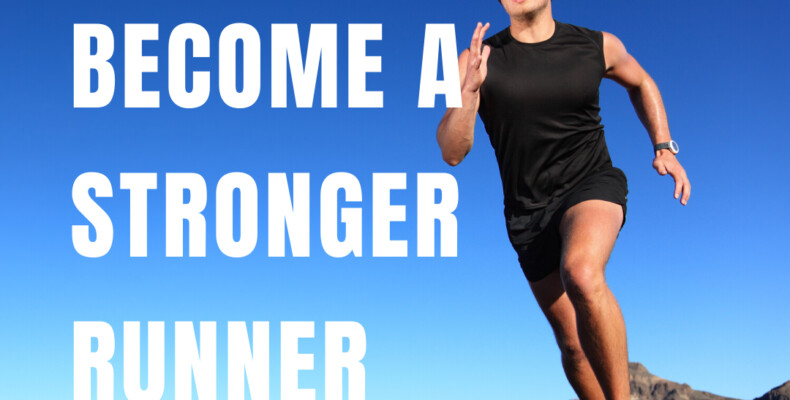
So, how do you make sure your body is strong enough to cope with the increase in running load, and the different muscles you’re going to use? Luckily, we have 7 top strength tips to keep you injury free and to keep those legs ticking over as you watch your exercise ring close!
1.Add strength training to improve power
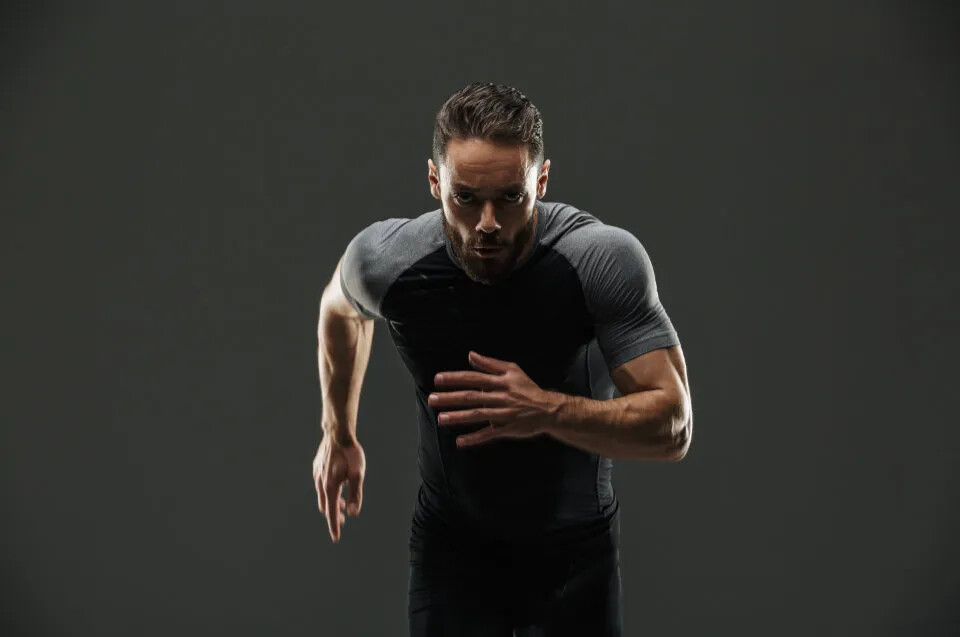
While this tip may seem simple, a good training program for runners isn’t just about logging your miles. Strength work accomplishes three big goals for runners. Not only can it help bulletproof your body to help you prevent injuries by strengthening muscles and surrounding tissues, but strength work will help you run faster by improving your neuromuscular control, coordination and power. Additionally, it improves running economy by encouraging coordination, appropriate activation of muscles and improves balance!
2. Do compound and functional movements
Compound and functional exercises work multiple muscles groups across multiple joints at the same time. We’re talking squats, deadlifts, paloff press, Bulgarian split squats, and the list goes on! Training multiple muscle at a time teaches multiple muscle groups to coordinate their activation and firing rates, which is vital to effective running. It is important to implement a mix of upper and lower body exercises as well as core work. Additionally, these movements improve dynamic flexibility, muscle coordination and have substantial cardiovascular benefits.
3. Strengthen your weaknesses
Did you know that your glutes and calves are the two powerhouse muscles that push you forward when you are running? And they activate in different ranges and planes? Also, did you know that almost every muscle activates when you run? Even those forehead muscles as you frown your way through the middle of your run! It is important that it is identified where individual weaknesses occur, in what ranges, and with what activation patterns to ensure your strength program improves what you need. Specificity is KEY!
4. Schedule your strength sessions
In a perfect world, a runner should beef up their strength work in the off-season and then reduce the load as they go into the season. For most runners, 2-3 days a week of strength training is sufficient, but it is important to be strategic about when you schedule them. Generally having at least one day in between your strength days is important to allow your muscles to recover. Additionally, you should avoid any type of strength work prior to your running workouts. Either plan on doing it right after a run or later in the day after you’ve completed your endurance training.
5. Build your load slowly
The golden rule to loading with running: increase weekly training mileage by no more than 10% per week, this is the same with strength work. It’s important that strength and conditioning sessions are not viewed like a HIIT class. Runners should start with a few exercises done slowly and with good technique, and gradually increase repetitions, sets and alter tempo. The body adapts best to working multiple muscle groups, so add a variety of exercises to get the full benefit.
6. Don’t try anything new on race day
Lets all put our hand up. Who has been tempted to try something new on a race day or longer run day? The temptation is real, and it’s strong! Race day nerves or the desire to take a few seconds off a PB are both reasons runners might try something different when it matters most. Any level runner should avoid this temptation and stick to what has been implemented in training. Don’t play Russian roulette and change what is working on the day.
7. Must train the whole body
Running requires a solid foundation. While you may think you are simply relying on your legs to power you forward, when you run, your abdominal and back muscles activate to stabilise your spine. Additionally, your arm drive is an integral part of good running mechanics. When your legs tire during a run, your arms pick up the slack through the kinetic chain so you can complete that 5km under that 30-minute mark!
While all of these tips can be applied easily, you need to remember that each person is different! Your body is not the same as the person striding out on the opposite side of the road. Whether you are a competitive runner or just starting out, looking after your body is essential for longevity in running and maximum enjoyment.
by Carlingford Active Health
Login to leave a comment
Want to Run Faster? Here’s How to Do It
There’s no doubt about it: Running can be hard. But it doesn’t have to be!
“The goal of running faster,” says professional marathoner Stephanie Rothstein-Bruce, “is to run more economically and use the least amount of energy that you can.”
This becomes particularly important in long-distance running. After you’ve run 20 miles, the last thing you want to do is expend any extra energy — you don’t have much of it left! With a few smart tweaks to your routine, you can run much more efficiently with the energy you have — without having to pop an extra gel.

5 Tips to Run Faster, Starting Now
1. Roll Out.
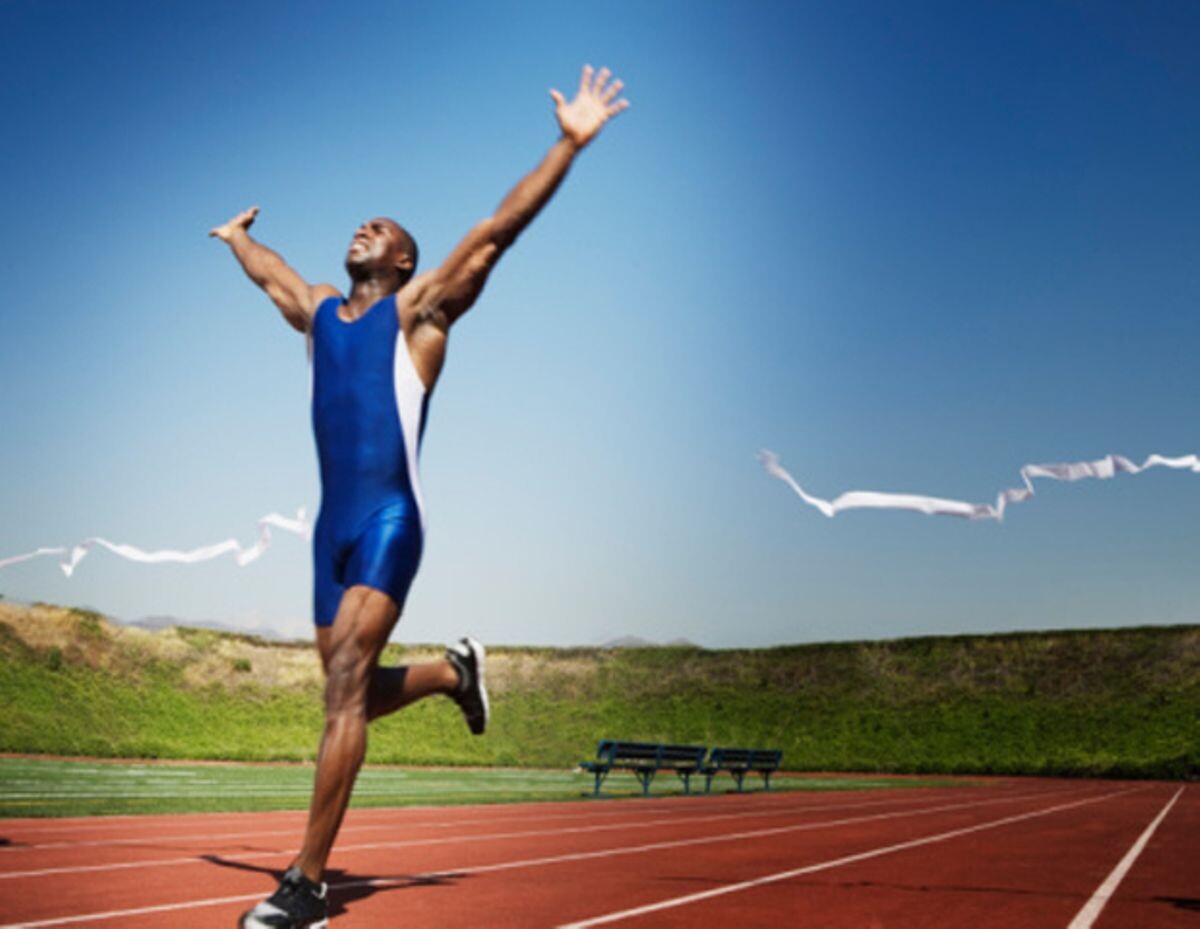
You may foam roll after your workouts, but if you’re not foam rolling before, your body may not be ready for the workload you’re about to subject it to, says Daniel Viera, USA Triathlon Full Throttle Endurance coach. “Most of the time, the muscles can handle it,” he says, “but you want to make sure the tendons, ligaments and joints are ready.” Be sure to hit the glutes, hamstrings, quads, hips, calves and IT bands, spending 30 to 60 seconds on each muscle group before launching into your dynamic warm-up.
2. Drill, baby, drill!
Running fast isn’t about just running forward in a straight line. Drills such as butt kicks, high knees and Russian kicks (resting on one leg and kicking the other) increase proprioception (one’s perception of his or her body and the strength of effort being used in movement) and coordination, says Viera. He recommends beginning the drills slowly and increasing speed and velocity as you get comfortable with them. The payoff: Your body will learn to fire the correct muscles at the proper time.
3. Mix up the pace.
Running your fastest speed at every workout isn’t the key to getting faster, says Viera. As counterintuitive as it sounds, running slower can actually help you get faster! He suggests mixing things up with a slow endurance run, a tempo run and some speed work at a track at least once a week. “Working on your heart, lungs and muscles is the key to becoming a more efficient runner.”
4. Make your form work for you.
Guilty of swinging your arms across your body when you run? “The side to side motion is wasted energy for your arms as it forces your hips to counter the motion instead of powering you in a forward motion,” says Rothstein-Bruce (who runs a 2:29 marathon, so she knows a thing or two about running efficiently). She recommends practicing seated arm drills by sitting with the legs at 90 degrees and swinging your arms back like you’re beating a drum. And when it comes to “running tall,” imagine someone is pulling you up by your hair while maintaining a slight forward lean.
5. Get new sneakers!
Often, pounding the pavement in old sneakers can lead to injury, says Viera, and injured muscles are certainly not as efficient. Make sure to get fitted for new sneakers every 300 to 500 miles. And be sure to properly break them in by walking for a few miles before lacing up for a long run.
by Theodora Blanchfield
Login to leave a comment
Russian Runner Alexandra Morozova Wins Women's 2022 Comrades Marathon Despite Controversy
Alexandra Morozova put a sideshow aside to emerge victorious in the 2022 Comrades Marathon today.
The Russian runner finished the grueling race in a time of 06:17:46.
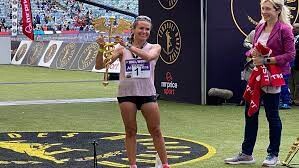
As was reported by ENCA, she had been barred from participating in the even by the organizers, who had been instructed to do so by Athletics South Africa acting on a recommendation by World Athletics. Russia is currently experiencing isolation from the world of sports following the fallout from the country's ongoing invasion of Ukraine.
However, EWN reported that she launched an interdict with the Pietermaritzburg High Court to challenge her barring, which turned out to be a successful one for her.
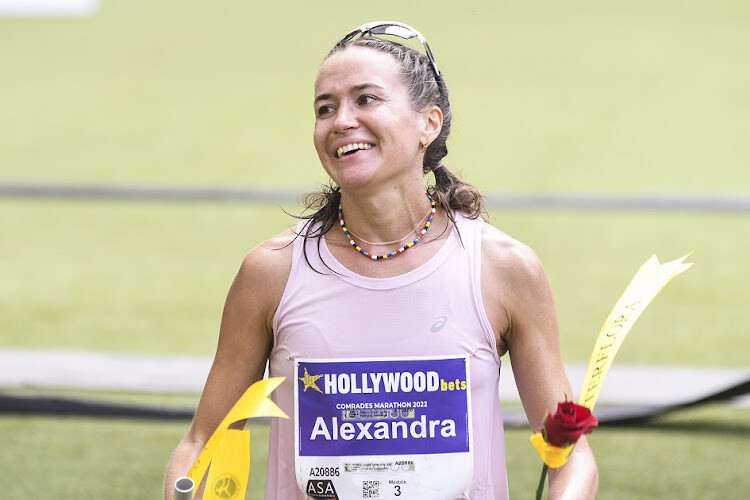
Morozova said after the win:
"It was amazing. All of my dreams came true today. It was the most difficult marathon of my career. I'm happy to be here to achieve this win. It was my turn this year.
"Thank you so much to the citizens of South Africa for the warm greetings. It was so special to run into the stadium and feel this warmth from the crowd.
Thank you so much for the opportunity."
EWN also added that she will have to return to the court in November to find out if she will receive her prize money or not.
by Keba Mothoagae
Login to leave a comment
Comrades Marathon
Arguably the greatest ultra marathon in the world where athletes come from all over the world to combine muscle and mental strength to conquer the approx 90kilometers between the cities of Pietermaritzburg and Durban, the event owes its beginnings to the vision of one man, World War I veteran Vic Clapham. A soldier, a dreamer, who had campaigned in East...
more...Tim Murphy founder of San Diego Elite Racing Inc has died at age 77
Tim Murphy, founder of San Diego’s Elite Racing, Inc., the man who reinvented running, not once but three times, succumbed to pneumonia Wednesday night (August 17, 2022) passing in hospice care at his home in San Diego, California. He was 77 years old.
Today, though smaller than it once was, the Rock ‘n’ Roll Marathon Series remains the largest purveyor of running events in the world, with 29 events in 16 U.S. states, Washington D.C., and seven foreign countries. But a quarter century ago, who knew what lay ahead in the wild open spaces of the first Rock `n` Roll Marathon?
Some observers even questioned the concept of rock bands strung along the marathon course altogether. What does rock`n` roll have to do with San Diego, much less with running a marathon, the ultimate test of endurance?
Well, on June 21, 1998 the world got its answer. With the snarl of a blistering guitar solo, the tight syncopation of a snare drum, and the slap of millions of accompanying footfalls, the second-wave running boom announced its arrival in San Diego with a carnival of music, endorphins, and sweat. It’s like Tim turned over the calendar two years early to introduce the new century.
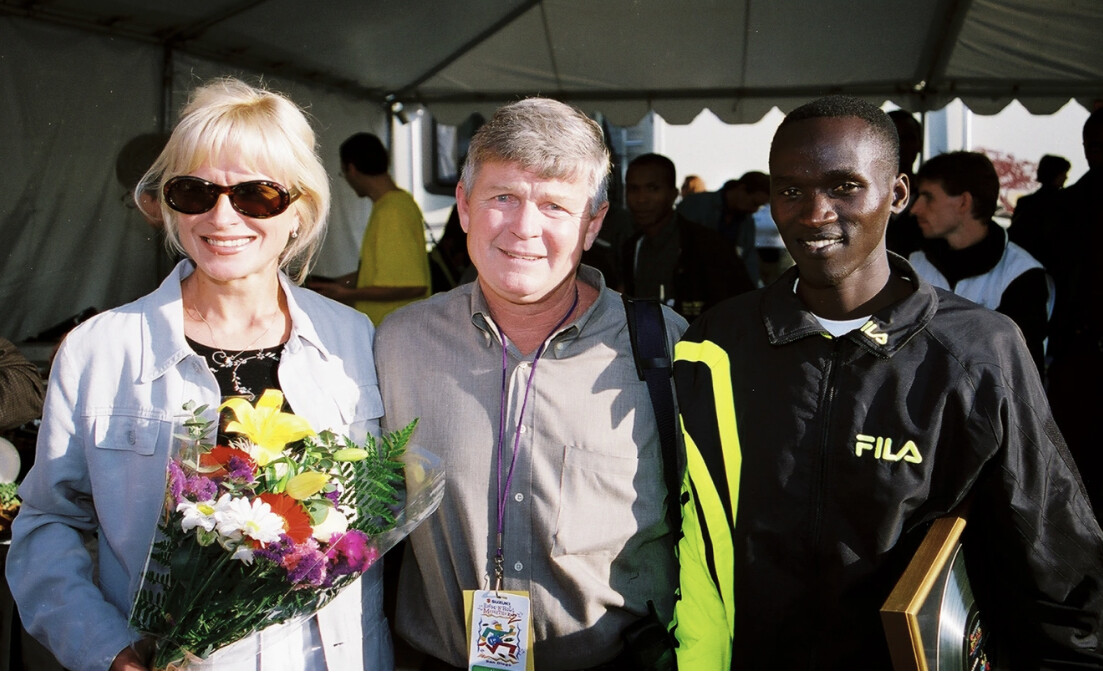
“We created a theme marathon without intending to,” said Tracy Sundlun, Tim’s long-time partner at Elite Racing.
NEW DEMOGRAPHICS
No new major marathon had sprung up in the U.S. or the world since the Los Angeles Marathon arrived in 1986. In its first year, LA registered 10,787 runners, making it the largest inaugural marathon in history. Instantly, that number became Tim‘s goal for San Diego to beat LA.
Even before its first steps were run, though, there was the feel of a major marathon about the Rock ‘n’ Roll Marathon. Tim had conceived the idea years before while running the final lonely miles of the Heart of San Diego Marathon out along Friar’s Road to Qualcomm Stadium in Mission Valley. Wishing there were some kind of support along the road to help out, Murphy thought, wouldn’t it be great to have music to run to.
It took a long time for his idea to gestate, but the seed had been planted.
After a decade of developing his reputation as an event innovator, beginning in 1986 with the Carlsbad 5000 just north of San Diego – the event that proved runners in a then 10k / marathon focused world would run a 3.1 mile race, while introducing “spectator running” where the professional field followed age and gender specific races over the same tight-looped course – Murphy’s idea of a musical marathon came to life, born out of two separate, but catalyzing events.
“When they opened the Rock & Roll Hall of Fame in Cleveland (1995), there was so much hype about it,” Tim told San Diego YuYu in 2004. “So I was running along one morning and I thought, “If I lived in Cleveland I would do a marathon that would start and finish at the Rock & Roll Hall of Fame and do a big concert afterwards.”
One year later 273 San Diegans were among the record 38,000 entrants at the 100th anniversary of the Boston Marathon.
“Afterwards, they had this get together and all they could talk about was why there wasn’t a major marathon in San Diego. And all the runners, some of them pretty important, just wouldn’t leave me alone about it. So I essentially dusted off the old idea I had for Cleveland and started.”
With the backing of a set of investors, led by Hollywood A-list producers Frank Marshall and wife Catherine Kennedy – “Jurassic Park”, “Indiana Jones” , “Jason Bourne” – along with celebrity ambassadors like basketball Hall of Famer Wilt Chamberlain, Tim promoted his concept relentlessly at race expos around the country, touting his new baby with posters and ads that said, ‘You missed the first Boston. Don’t miss the first Rock ‘n’ Roll!’
No longer a simple feat of speed endurance, the grueling marathon had been reinvented as a rollicking 26-mile long block party through America’s Finest City.
Despite a 37-minute delay at the start due to some perceived traffic issues on the course – which led to a water-dousing through the first aid station – the high-spirited music rocking the sidelines caused an immediate sensation.
Nearly 20,000 entrants from 30 countries and all 50 states passed the word, ‘You gotta try this one!” And that was before they got to the post-race concert that night featuring Huey Lewis and the News, Pat Benatar, and the Lovin’ Spoonful!
The makeup of year one’s field proved historic, as well. 50% of the field was women, far and away the largest such percentage of any co-ed road race of any distance to date, and a pivot-point in the history of the sport. Before RnR San Diego, the largest percentage of women in a major marathon had been just 23% at New York City. Most road races had only 10% to 15% women at the time.
Rock ‘n’ Roll’s runners were also slightly older than the norm, slightly wealthier, and slightly slower than the average marathon runners.
At a time when road race courses were designed to be minimally visible and impact their communities as little as possible, the initial Rock ‘n’ Roll Marathon layout was designed to be an infomercial for the city, regardless of the potential inconvenience for some.
When city officials asked how long they would have to keep the streets closed, Tim based his projections on the New York City Marathon, saying, ‘we might have 50 or 60 runners who will take longer than six hours 30 minutes. But we’ll just direct them onto the sidewalk, so you can reopen the streets.’ As it turned out, 1500 runners took over seven hours to complete their 26.2 mile journey.
But Tim Murphy wasn’t just in it for the large participation numbers, important as they were. He always had his eye on top talent, too, and urged elite athlete coordinator Mike Long to pull in a world-class field, like he did every year for the Carlsbad 5000 where so many world records were set.
Mike Long, the late Elite Racing athlete recruiter with Rock `n` Roll 1999 champs Tarus & Bogacheva
Nobody knew how fast RnR could be run until young Kenyan, Philip Tarus, busted a 2:10 opener for the men, with Russian women Nadezhda Ilyina and Irina Bogacheva battling just nine seconds apart at the finish for the women in 2:34. That told the athletes of the world, ‘This one is worth having a go,” especially after all the Suzuki products and prize money checks were handed out.
Not since the New York City Marathon’s first five-borough extravaganza in 1976 had a marathon come on the calendar with such dramatic impact: The largest first-time running event in history; the most ingenious show along the sidelines and at the finish ever produced; $18.6 million (net) raised by and for The Leukemia & Lymphoma Society’s Team In Training charity – the largest amount ever for a single-day sporting event; and to cap it off, world-class performances by its champions.
Though the race lost over $1 million in its first year, it instantly became the number one economic impact event in Southern California, generating $39.3 million in its inaugural year, as two-thirds of its entrants came from outside the region. With Murphy’s persistence and the continued backing of his investors, Rock ‘n’ Roll eventually broke even in year three. Thus was the foundation set for what has become a global phenomenon, the so-called second-wave running boom.
Born and raised with two sisters in Denver, Colorado, Tim attended high school in Nebraska where he competed in the 880-yard run and threw the discus. He then spent the first part of his professional life toiling in the health care industry, selling hospital supplies on the road while moving across the country time and time again. Finally, in the late 70s, he decided to abandon the rat race and settle in San Diego where his two sisters lived.
Though he ran track in high school, he wasn’t a distance man. But once in San Diego and introduced to the area’s vibrant running community, like so many before him, he got hooked on the sport. Tim often trained up to 10 miles a day, which led him into the race organization business and the founding of Elite Racing in 1988.
Always more of a behind the scenes workaholic than a flashy frontman, Tim did serve as interim race director for the troubled Chicago Marathon in 1989. But mostly he focused like a laser on the business side of Elite Racing. Tracy Sundlun, former head of New York City’s Metropolitan Athletics Congress, and a former collegiate and club track coach, joined as Tim’s partner in 1997, taking on the role of political go-between and liaison with the sporting world.
Through it all, Tim used his marketing and sales skills to build his race business from a fledgling local concern into the most successful for-profit organization in running.
“We have lost someone who – I don’t think many of the insiders even grasp his importance, his significance,“ said Tracy Sundlun. “Besides Fred Lebow in New York City, Tim was the best retail marketer the sport has ever known. It makes me happy all the people who’ve reached out from all over the world when they heard news of his passing. Tim would’ve felt good knowing the people recognized what he built, what he reinvented.”
Beginning with the Carlsbad 5000 in 1986, Tim bucked the conventional norms of the sport. Nobody thought people would pay to run a 5K. Running at the time was a 10K and marathon trade. But Tim turned it into a 5K and half marathon business and the sport soon followed along.
Ethiopian great Tirunesh Dibaba breaks another world record at Carlsbad 2005 (14:51)
The success of the Rock ‘n’ Roll Marathon in San Diego changed Murphy’s fortunes for good. Over the next several years, Tim developed the brand into a seven event juggernaut that spread from San Diego to Virginia Beach, Nashville to Phoenix, San Jose, California to San Antonio, Texas.
Elite Racing was the first organization to stage more than one marathon in a year, and the first to put on events outside their own home city. Designed as a for-profit company in a not-for-profit industry, Elite Racing was the first organization to build a brand in the sport, though, initially they didn’t realize they were doing it. They were also the first to buy events and the first to sell to private-equity.
When the City of Virginia Beach, VA wanted to start a new marathon on Labor Day weekend in 2001, Tim made a site visit. He realized that with the heat and humidity of late summer in Virginia Beach, and not wanting to conflict with the fall marathons which had been so supportive of his races in San Diego in the summer and Nashville in the spring, there was no way that a full marathon would work. So Tim convinced VB to create the first destination half-marathon, The Rock ‘n’ Roll Virginia Beach Half Marathon. Until then, half marathons were just local training races for marathons.
“Just like with Carlsbad in the 5K, nobody thought people would travel to run a half marathon,“ remembered Sundlun. “When we proposed Virginia Beach, we were one of Runner’s World Magazine‘s biggest advertisers. We said we were going to sell out at 12,000 for the Labor Day weekend race. People at Runner’s World said we were nuts. At the time, the largest half marathon was the Philadelphia Distance Run at 6000, the largest inaugural half marathon was on Long Island at 2900.
“Runner’s World bet us a full, center-spread, double page ad that we wouldn’t hit our number. They didn’t even think vendors would come to a Labor Day weekend race in Virginia Beach. But we sold out by July and eventually got 14,990 entrants. Getting that check back from Runner’s World, that was really something.”
Deena Kastor headlined the inaugural Rock ‘n’ Roll Virginia Beach Half Marathon in 2001, setting an American debut record as a prep race for her marathon debut in New York City that fall. Kenyan superstars Martin Lel and Paul Tergat both tuned up for fall marathon victories with wins in Virginia Beach.
Records were always important to Tim. He would often have side bets with Mike Long about the outcome of races. Two-time Olympic champion and multiple-time world record holder Haile Gebrselassie of Ethiopia broke the half marathon world record at Rock ‘n’ Roll Arizona in 2006 (58:55). And with 16 World Records / Bests and 11 American Records, Carlsbad was always recognized as The World’s Fastest 5K.
“Tim felt if you created special events with a team of people who were passionate about the space they were in, the money would follow,” Sundlun told me. “He also understood that an event was only as good as its weakest link. So he was laser-focused on every aspect of the event, from the expo to the medal to the course to the elite athletes to the give-a-ways to the ads to the water stations, you name it.
“We never had a meeting about what to cut, just about how to improve. Tim understood you had to invest and promote relentlessly. He was tireless in his pursuit of greatness. Good people would join him and he empowered them and got out of their way. But he refused to take no for an answer, and had a single-minded focus.”
Tim even bought television’s Road Race of the Month from Salmini Films in 1991, the series that aired on ESPN for over a decade featuring the best races in the country and around the world. Tim understood that with television as a promotional arm, he could sell more advertising and attract more runners.
The string of happy days ended abruptly in July 2007, however, when Elite Racing’s beloved athlete recruiter Mike Long died suddenly of a heart attack. Mike’s passing seemed to take the spark out of Tim.
Later that year he sold the business to Falconhead Capital for more than $40 million. Elite Racing essentially became the event division of the new Competitor Group, Inc., and Tim moved on. Eventually, after Tracy also left, CGI abandoned the elite aspect of running altogether, before leaving San Diego, as well.
At times, Tim could be a volcanic boss, as his business was his life’s passion. Yet he engendered a deep dedication and respect from his Elite Racing family, out of which 17 marriages were spawned (including my own with Toya), growing families, and lifelong friendships. Tim’s final years were spent quietly, visiting with friends and his two sisters who were with him at the last.
R.I.P., Tim. You were a true visionary who has left a legacy that moved us all both body and soul.
by Toni Reavis
Login to leave a comment
This Siberian Yupik Ultrarunner Is Ready To Take On Leadville
Just 170 miles from Russia, Nome, Alaska is perhaps best known as the finish line for the Iditarod Trail Sled Dog Race. Nome's population is near 3,500, but grows in the summer with an influx of gold dredgers and panners.
Crystal Toolie is a Siberian Yupik ultrarunner from Nome, and is one of five Indigenous runners in this weekend's Life Time Leadville Trail 100 Run presented by La Sportiva. In Nome, Siberian Yupik peoples are from the villages of Gampbell and Savoonga on Saint Lawrence Island (164 miles west), off the coast of Alaska. Even here, they're a relatively small community compared to other Alaska Natives.
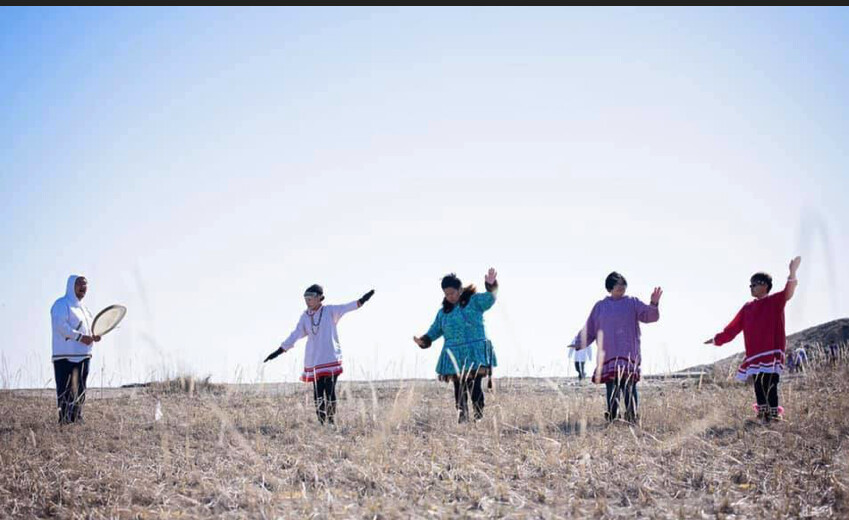
Training in Nome harbors unique challenges that develop spades of endurance and strength.
Training in Muskox Country
"It's a very isolated town. This year, we've had a lot more [brown] bears. And we have [musk oxen]," said Toolie. "So if you're a runner and you train outside, you have to be aware of your surroundings." The small but supportive running community in Nome leans on social media to update each other on bear and other wildlife sightings.
"There was one winter when I strictly just ran on the treadmill. It was torturous," said Toolie. "There are other years that no matter what the temperature or if there's a blizzard out, I made sure to get outside and run."
Blizzard conditions are commonplace in remote Alaska, making appropriate gear mandatory. "I would wear regular running shoes but double up on socks and wear cleats, so I don't slip," said Toolie. "Layers, if it's a blizzard. I would wear snow pants and a winter coat. My inner layer will be something that's sweat-wicking, something to cover up my face and hood. Sometimes goggles, sometimes not. And then wear really good gloves."
In addition to layering, Toolie sticks to Nome's limited road system as a safety measure, making it a priority to be visible during runs. Looking to Leadville, she incorporated hiking local mountains into her training.
"This year, I've been able to get out of the road system and get into the mountains, which is great for training for Leadville," said Toolie.
Running Under the Lights
During winter runs, Toolie has nature's headlamp guiding her way. Best seen just outside of the city, the Northern Lights present colorful bands of greens and whites that illuminate the sky. The lights are generated from electrically-charged particles in the earth's magnetosphere colliding with gases, creating energy in the form of light.
Though beautiful, the lights were sometimes frightening to Toolie as a child.
"Our elders would tell us if you're outside late, when you know you're not supposed to be, making noise, the Northern Lights would come down and steal you up," said Toolie. "And so if you whistle or make loud noises, the Northern Lights dance and become more vibrant. It looks like it's coming down."
Nome-St. Lawrence Island Dance Group
Beyond ultrarunning, Toolie is dedicated to preserving the movements of her culture. Several years ago, Toolie reinstated the Indigenous dance group in the area. Toolie's great grandfather, Nick Wongittillin, was the leader of the first Nome dance group, when he passed away, they stopped. "We all wanted our children to be able to learn about our culture, to be able to pass down that tradition," said Toolie.
Composers set the tone on drums (Saguyak) - constructed from tightly stretched walrus stomach linings from the Bering Sea - based on how they're feeling at that moment. The zen-like movements are reminiscent of Qigong from southeast Asia. Toolie and her relatives even have a particular song dedicated by an elder to their running pursuits.
The women wear regalia that is distinguishable from other Alaska Natives in the region. Traditionally, their dress-like garments have three to four red lines sewn at the bottom, symbolic of the Russian Orthodox influence on the culture. The women wear their hair in two braids with beads sewn into them.
The group performs at local events of celebration and mourning, a way to bring the community together. The elders ensure the dances are appropriately conducted so that the integrity of the movements is consistent over time.
Climate Threats and Commercialism
The Town of Nome sits mainly on permafrost (permanently frozen ground). Permafrost is particularly sensitive to increases in air temperature and changes in snow cover, making it especially vulnerable to climate change. Permafrost stores carbon from life buried years ago. As the permafrost thaws, carbon is converted to carbon dioxide and methane, which hasten climate warming. Generally, climate scientists are finding that the Arctic is warming four times as fast as the rest of the world.
"Climate change is a huge topic when you live in our region. We have generations of hunters that know the land like the back of their hand. When scientists study the Arctic in our area, they will seek out the trained hunters and ask them questions because they know that they are observers of that area," Toolie said.
The hunters and families have noticed changing behavior patterns in the region's polar bears.
"We used to see them more frequently. One would always come up to the East End beach, and it would have to be redirected out of town," said Toolie. "I haven't heard of a polar bear going to Nome for years now."
Lately, commercial fishing and cruise liners have affected the lifelines of local families, too. The cruise industry disrupts the area's food system in the waters and creates challenges for the local fishing industry. In some instances, cruise ships have even dumped human waste on Alaska beaches, Toolie explained.
Moreover, commercial fishing overseen by state governments often harms subsistence family fishers in Nome. These residents store fish and other seafood for the winter to feed their families, not to make a profit.
"Subsistence living is rooted in our culture. We have big families that live in one home. To feed them, you need to hunt, fish, and berry pick for survival," said Toolie. Whaling is also part of that equation.
"I think it's just because people don't understand, don't have an understanding that this feeds communities. It's not done in a way that is disrespectful to animals or the earth. In Native culture, we're taught not to over-hunt or over-pick, and we use everything," said Toolie. "We don't waste what we get. And so I think that's something that would be nice for people who are unfamiliar with our culture to learn about."
This year, at Leadville, she will be paced by fellow Native skier and ultrarunner Connor Ryan. Since this is Toolie's first time taking on Leadville, her approach to the race will be to take it easy. "I'm going to take it slow," said Toolie. "And if I feel comfortable, I'm going to take it slower."
by Trail Runner Magazine
Login to leave a comment
Kenyan runner Wambui banned for seven years over positive test and cover-up
Kenyan runner Tabitha Gichia Wambui has been banned from competition for seven years after testing positive for norandrosterone and tampering with the anti-doping process.
Wambui argued that she was injected with the testosterone booster at hospital where she was being treated for "a headache and general body weakness".
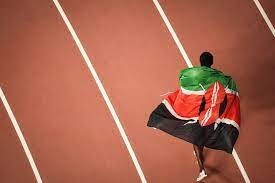
However, an investigation from the Anti-Doping Agency of Kenya showed that the 37-year-old did not attend the hospital on the same dates as her medical reports stated and the hospital also had no record of the outpatient number on the documents the athlete submitted.
This attempted cover-up resulted in the tampering charge, which Wambui later admitted.
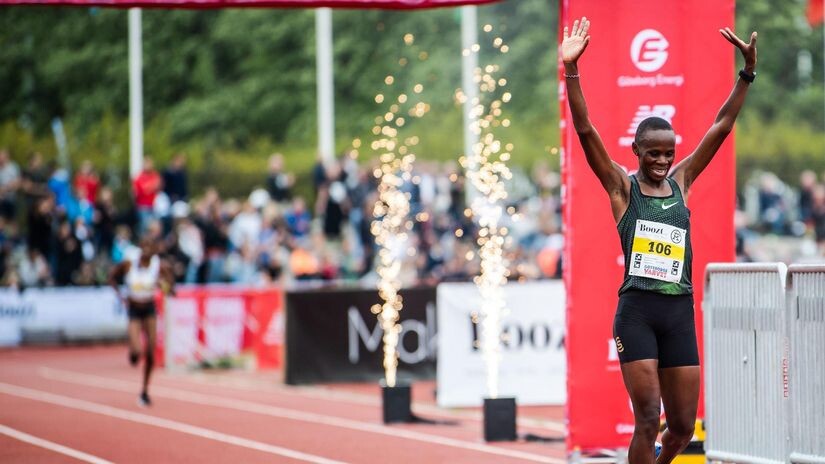
The athlete was banned for four years for the failed test and four for tampering, with one year removed from the overall sanction because Wambui was judged to have admitted the offences early and accepted the sanction.
The beginning of Wambui's ban is backdated to September 19 2021 and all of her results from that date have been disqualified, including victory at the Poznań Half Marathon in Poland on October 17 last year.
All titles, medals, points, prizes and appearance money must also be forfeited by the Kenyan from this period.
September 19 was the date that her first urine sample was taken, in-competition at the Copenhagen Half Marathon, before a second sample was collected at the race in Poland.
The following day, the WADA-accredited laboratory in Oslo reported an adverse analytical finding for norandrosterone in the first sample.
Norandrosterone is a World Anti-Doping Agency (WADA) non-specified substance as it is a product of nandrolone, an anabolic androgenic steroid.
Wambui's ban comes just a month after her compatriot Lawrence Cherono, the eighth-fastest marathon runner of all time, was banned from competing at the World Athletics Championships in the United States.
Cherono had tested positive for trimetazidine which can be used medically to prevent angina attacks.
It was also the same drug the Russian figure skater Kamila Valieva tested positive for before the Beijing 2022 Winter Olympic Games.
Kenya is one of seven Category A nations deemed by the Athletics Integrity Unit (AIU) to have the highest doping risk and threaten the overall integrity of the sport, along with Bahrain, Belarus, Ethiopia, Morocco, Nigeria and Ukraine.
There are currently 49 Kenyan athletes listed as banned in the AIU database.
by Owen Lloyd
Login to leave a comment
Track and field officials confirmed Friday that Russians will not be allowed to compete at this month’s World Athletics Championships Oregon22 due to the war in Ukraine
The federation banned Russians from major international events shortly after the country invaded Ukraine in February. At the time, World Athletics president Sebastian Coe said the unprecedented move appeared “to be the only peaceful way to disrupt and disable Russia’s current intentions and restore peace.”
The world championships begin next Friday and run through July 24.
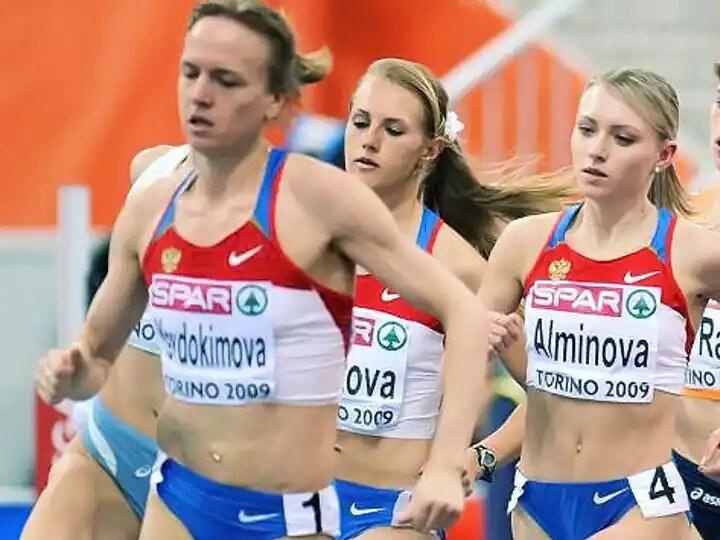
World Athletics confirmed the ban in a news release announcing it had cleared an additional 18 Russian athletes to compete as neutrals in international competition, but that the approvals would not apply to worlds.
Those athletes were cleared as part of a protocol in the wake of a doping scandal that has left Russia’s athletics federation under suspension since 2015. At last year’s Olympics, 10 Russians were allowed in the track meet; at the world championships in 2019, 29 Russians competed.
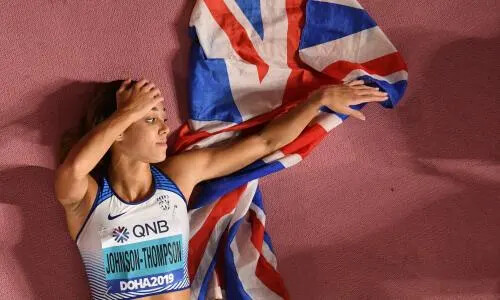
There are now 73 Russian athletes who can compete as neutrals, though their status at major international events is in limbo due to the war.
Among those athletes is reigning Olympic and world champion high jumper Maria Lasitskene, who has never lost in an international competition. Last month, she blasted the decision in an open letter to Thomas Bach, the president of the IOC, which has recommended the Russian ban.
Lasitskene’s top rivals are from Ukraine and she said “I still don’t know what to say to them or how to look into their eyes.”
“They and their friends and relatives are experiencing what no one human being should ever have to feel,” she said.
Login to leave a comment
Ukrainian athletes benefit from fund to attend World Athletics Championships
The first group of Ukrainian athletes and coaches depart today (Thursday) for the USA ahead of next month’s World Athletics Championships Oregon22.
World Athletics is distributing more than US$220,000 to support Ukrainian athletes preparing for the World Championships and the World Athletics U20 Championships Cali 22 in response to the crisis caused by Russia’s invasion of Ukraine.
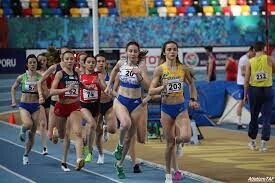
World Athletics, the Member Meetings of Diamond League Association and the International Athletics Foundation launched a Ukraine Fund in April with the purpose of assisting professional athletes, immediate family members and their support personnel affected by Russia’s invasion of their home country.
This was in addition to a Solidarity Fund established by the International Olympic Committee (IOC) in February, which has already allocated about US$2.5 million to the Ukrainian Olympic Community and sports movement.
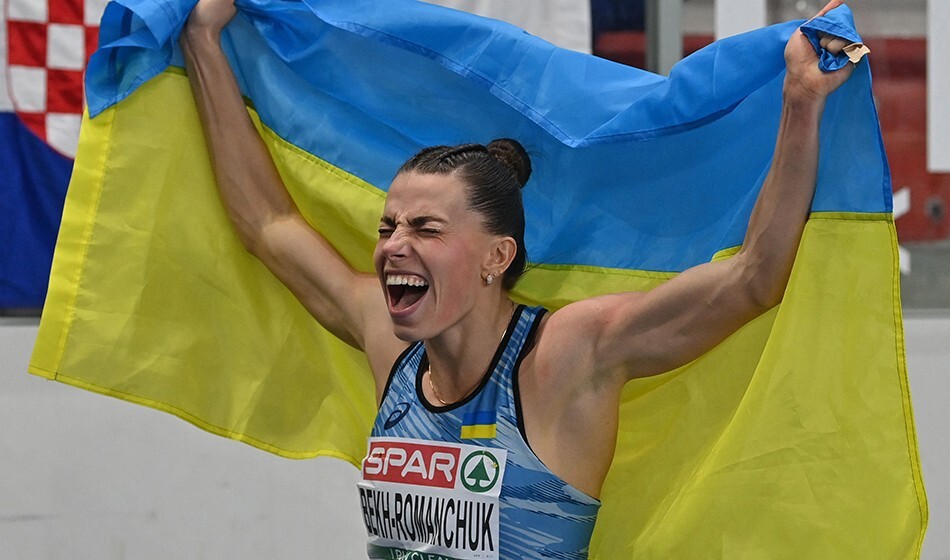
Both funds have enabled the Ukrainian Federation to pay a significant portion of the cost of training camps and competition across Europe for athletes preparing for these major events while a number of European National Olympic Committees, in coordination with the IOC, have provided support too.
The Athletics Ukraine Fund is now being used to fund the entire Ukrainian delegation’s attendance in Oregon.
So far 53 athletes, 25 coaches and officials, and 18 family members including children have received assistance from the Fund.
With the support of the IOC, the Fund will also ensure the Ukrainian team’s attendance at the World U20 Championships in Cali in August.
The IOC and European Athletics also assisted with training camps in Europe while the US Olympic and Paralympic Committee is providing additional support for athletes attending a training camp in California leading into the World Championships.
World Athletics President Sebastian Coe said: ”I am grateful and proud of the way the athletics community and the Olympic community have come together to support the Ukrainian Federation as they try to keep as many athletes as they can in training and competition. My thanks go to everyone involved for their support as these athletes prepare to represent their country while the war continues.”
Iolanta Khropach, General Secretary of the Ukrainian Athletic Association, said the federation was extremely grateful for the support of the combined athletics organisations and the IOC who came immediately to their aid after the invasion.
“They help our athletes to train and compete,” she said. “Without this support, it just would not be possible. This is more than just having good facilities and possibility to perform at World Championships and other events. World Athletics and European Athletics have helped to save the lives of our athletes.
“Many Ukrainian athletes now defend our country with weapons in their hands. Our sports infrastructure is destroyed. World Athletics was one of the first sports organisations in the world that banned Russian and Belarusian athletes and officials. We appreciate it so much and believe in World Athletics' strong position in the future.
“We are grateful to World Athletics and the IOC, as well as to every federation, LOC, other organisations, and individuals supporting us during these challenging times. Now we feel like never before that we are a true athletics family.”
World Athletics would like to thank all those organisations who have made generous contributions to the Ukraine Fund, including Members of the Diamond League Association, the International Athletics Foundation, the IOC, USOPC and PWC France Sport Challenge.
The fund can receive additional contributions at any time until fund closure which is set for 31 December 2023. Funding per beneficiary will be allocated on a needs-basis.
Potential donors to the fund should contact UKRFund@worldathetics.org.
World Athletics is coordinating with the International Olympic Committee’s Solidarity Fund for the Ukrainian Olympic Community to prevent any duplication of efforts.
by World Athletics
Login to leave a comment
World Athletics Championships Budapest23
Budapest is a true capital of sports, which is one of the reasons why the World Athletics Championships Budapest 2023 is in the right place here. Here are some of the most important world athletics events and venues where we have witnessed moments of sporting history. Throughout the 125-year history of Hungarian athletics, the country and Budapest have hosted numerous...
more...Nike will fully shut down operations in Russia, joining other international companies that have withdrawn from the country after its brutal invasion of Ukraine
Nike Inc. suspended operations three months ago at all of its company-owned and operated stores in Russia but like other major corporations, has attempted to avoid exposing employees to hardship during a complete withdrawal.
The Russian newspaper Vedomosti reported last month that Nike had ended its relationship with Inventive Retail Group, its largest franchisee in the country.
"Our priority is to ensure we are fully supporting our employees while we responsibly scale down our operations over the coming months,” the sports apparel maker said Thursday.
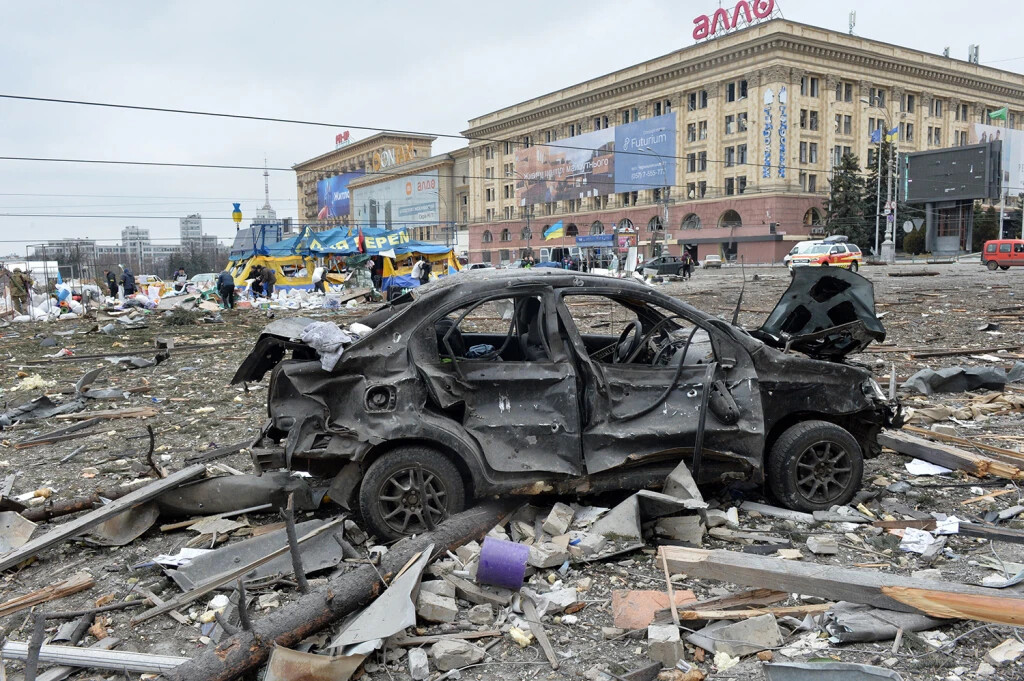
(Second photo: one of many images of the war Russia has waged against Ukraine.)
Nike, like many recognizable Western brands, was swift to repudiate Russia over the war in Ukraine. However, it was among a small minority of companies—including Burger King, the Marriott hotel group and British supermarket Marks and Spencer—that struggled to completely extricate themselves from the Russian market due to complex franchise agreements.
Three months since Moscow launched the invasion, more companies are transitioning from suspending their Russian operations to leaving the country entirely, including two iconic American brands, McDonald’s and Starbucks, and French carmaker Renault.
Russian President Vladimir Putin has threatened to fight back against companies suspending operations or leaving the country and said he will nationalize their assets. Renault marks the first major nationalization of a Western company’s assets after handing its factory over to the city of Moscow, reportedly for a nominal sum of one ruble.
Login to leave a comment
World Athletics maintains ban against Russian and Belarusian athletes at World Championships
World Athletics has announced that Russian and Belarusian athletes will not be participating in July’s World Athletics Championships in Eugene, Ore. Barring an unexpected end to the war in Ukraine, the sanctions first imposed in early March will continue.
When asked about the implications for Russian athletes at the event, World Athletics referred to their March 1st statement announcing the ban. Sebastian Coe, president of WA, commented:

“There’s not a single sports federation out there that naturally wants to exclude teams or individuals. That’s not something that we came into the sport for,” Coe said. “But I think we have to recognize that this is such a game-changer. And, yes, it will set precedents.”
The 2022 World Championships will be the largest international sporting event following the 2021 Olympic Games.
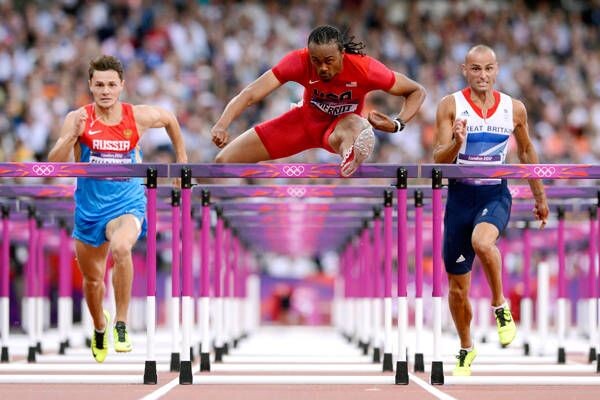
The Russian Track Federation has been banned from competing as a team or a host until 2023 due to doping scandals, but individual athletes had a chance at competing once vetted. Since 2015, Russian athletes have had to apply and compete within track and field events as ANA (Authorized Neutral Athletes). As of March, the 33 athletes who were granted ANA status can no longer compete on the world stage. This means they will not be heading to Eugene next month.
by Keeley Milne
Login to leave a comment
World Athletics Championships Budapest23
Budapest is a true capital of sports, which is one of the reasons why the World Athletics Championships Budapest 2023 is in the right place here. Here are some of the most important world athletics events and venues where we have witnessed moments of sporting history. Throughout the 125-year history of Hungarian athletics, the country and Budapest have hosted numerous...
more...Russian and Belarusian runners banned from Boston Marathon
Russian and Belarusian runners will not be allowed to take part in this year's Boston Marathon because of the invasion of Ukraine, organisers said on Wednesday.Russian and Belarusian athletes living in their respective countries are barred from the April 18 race, the Boston Athletic Association said.
However, Russian and Belarusian citizens not residing in either country would be allowed to take part, but not under the flag of either nation."Like so many around the world we are horrified and outraged by what we have seen and learned from the reporting in Ukraine," Boston Athletic Association chief executive Tom Grilk said.
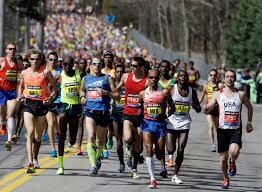
"We believe that running is a global sport, and as such, we must do what we can to show our support to the people of Ukraine," Grilk added in a statement.
The Boston Marathon, one of the world's major marathons, is returning to its traditional April slot this year after disruption caused by the pandemic.
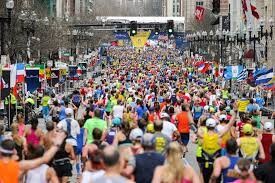
The race was cancelled in 2020 and then held in October in 2021 with a smaller-than-usual field.
In 2019, the last Boston Marathon not affected by the pandemic, 59 runners in a field of more than 30,000 were from Russia and Belarus.
Russia has been increasingly isolated by the sporting world following the country's invasion of Ukraine.
Login to leave a comment
Boston Marathon
Among the nation’s oldest athletic clubs, the B.A.A. was established in 1887, and, in 1896, more than half of the U.S. Olympic Team at the first modern games was composed of B.A.A. club members. The Olympic Games provided the inspiration for the first Boston Marathon, which culminated the B.A.A. Games on April 19, 1897. John J. McDermott emerged from a...
more...Russian racewalker Yelena Lashmanova loses Olympic and world titles after anti-doping violation
Russian racewalker Yelena Lashmanova, who won Olympic gold in world-record fashion at the 2012 Olympic Games in London, will be stripped of her gold medal after breaching World Athletics anti-doping rules. Her Olympic title won’t be the only gold she will lose, as the 20 km racewalk title from the 2013 World Championships in Moscow will also be removed.
Lashmanova won women’s 20 km racewalk at the London Olympics in a world record time of 1:25:02, which is four minutes and 15 seconds per kilometre. She has now been banned for two years, which started last year, for the use of prohibited substances.
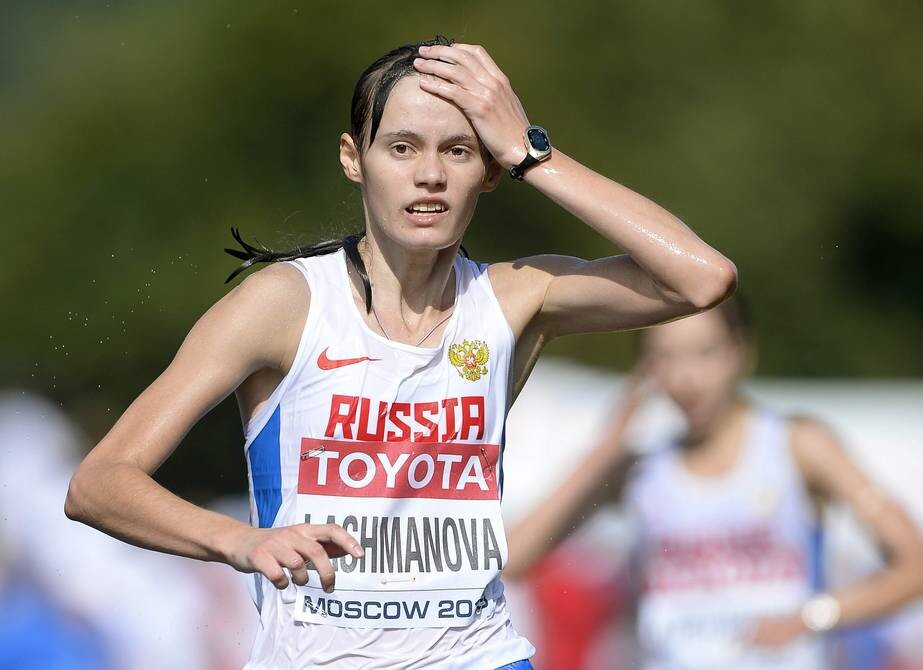
According to World Athletics, Lashmanova has accepted the sanction proposed by the Athletics Integrity Unit, which includes the disqualification of her results between Feb. 18, 2012 and Jan. 3, 2014.
China’s Qieyang Shenjie and Liu Hong, who originally came second and third in London, have been upgraded to gold and silver. Lashmanova’s removal completes the Chinese sweep of the podium, as Lu Xiuzhi moved up into the bronze-medal position.
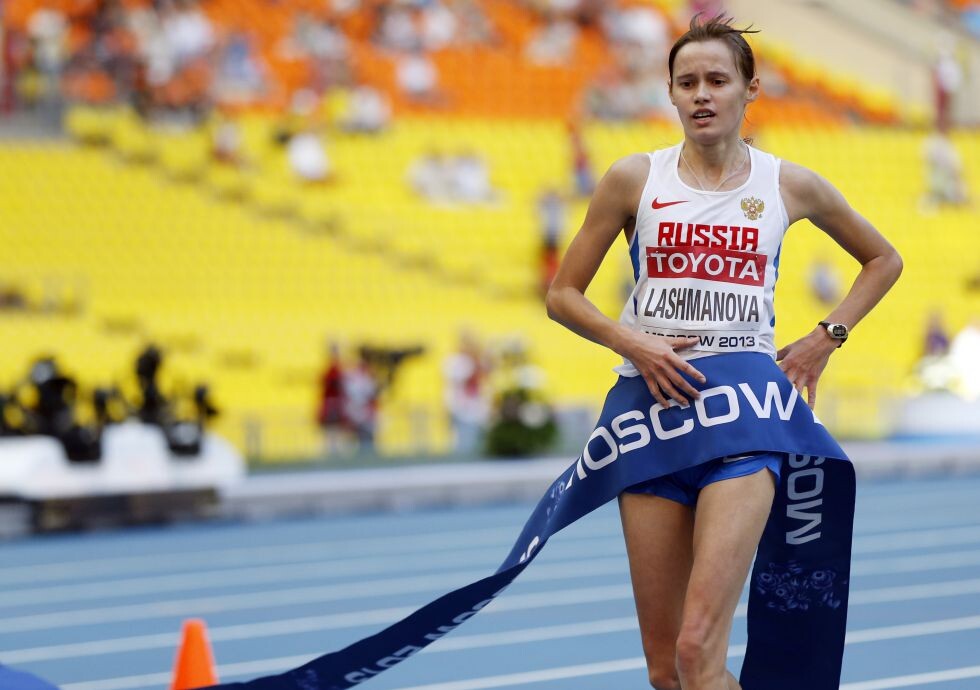
The new gold medallist, Shenjie, initially finished in the bronze-medal position but was upgraded to silver when Lashmanova’s teammate, Olga Kaniskina, was disqualified in 2016, also for a doping violation.
All three Russian racewalkers who competed in the women’s 20 km event are now disqualified. Anisya Kirdyapkina, who finished fifth, was disqualified in 2019.
Russia won eight gold medals in athletics at the London Olympics; now their gold medal count stands at two.
400m hurdler Natalya Antyukh and high-jumper Anna Chicherova remain as the only two Russian gold medallists from the London Olympics who have not been disqualified.
In 2020, Antyukh was charged with doping violations dating back to 2013, while Chicherova tested positive for the banned substance turinabol (an anabolic steroid), which resulted in the removal of her 2008 Olympic bronze high-jump medal.
Despite previous doping violations, both Antyukh’s and Chicherova’s Olympic gold medals still stand.
by Marley Dickinson
Login to leave a comment
Running for security: the diary of a Ukrainian runner
Two months ago, Ruslan Paul was a significant figure in the Mariupol, Ukraine, running community–hosting free weekly timed 5K runs called ‘runday’ at Mariupol’s Prymorskyi Seaside Park.
In every run club photo Paul shared on his Strava page, his smile lit up the camera. One often forgets how quickly your life can change in the span of a few days, but for Paul, he was living in reality.
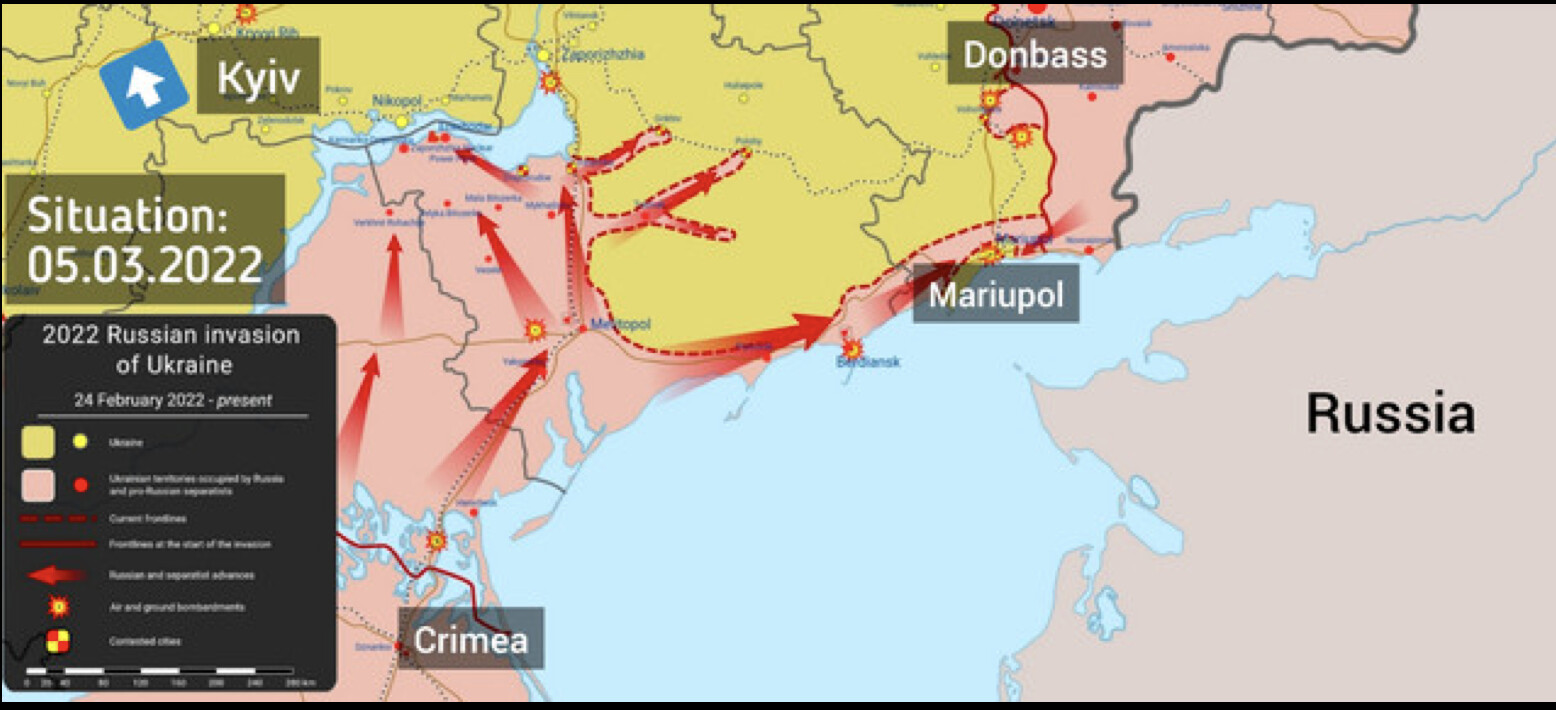
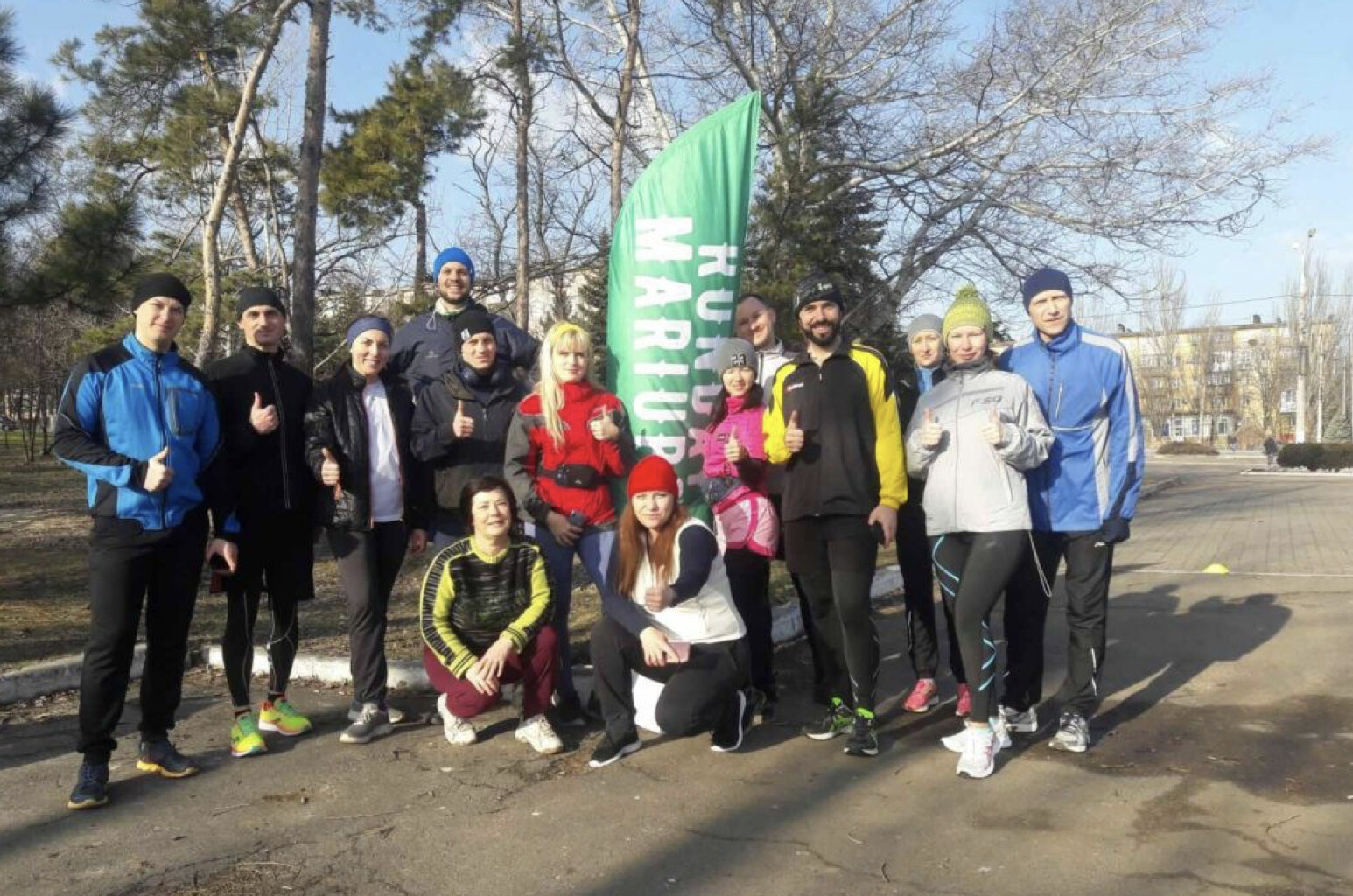
On Feb. 24, 2022, Russia launched a large-scale invasion of Ukraine on its eastern border. Mariupol is located 60 kilometres from the Russian border and is a three-hour drive from the Russian city of Rostov-on-don.
Mariupol was home to 400,000 people before the war broke out on Feb. 24, and now, up to 90 per cent of the city has either been destroyed or damaged.
According to his Strava, Paul went for his last run in Mariupol on Feb. 26. “There are such beautiful places in this city, one of which you involuntarily appeal to the creator of this world for the peace and protection of Ukraine,” he wrote.
On his activity, he posted a picture of himself next to a cross looking out on the Sea of Azov, which separates Ukraine and Russia.
“We don’t have a city anymore,” Paul expressed. “They have destroyed everything.”
A week after the invasion, Paul and his family fled for western Ukraine. A man, and his family, who were born and raised in Mariupol, now watch in fear as the city crumbles from bombing by Russian forces.
Instead of using Strava to post his running activities, Paul began using it as a tool to keep his followers updated on his well-being, replying to comments and sharing his whereabouts.
“We are safe but hungry, homeless and unemployed,” Paul wrote. He and his family are constantly on the run in western Ukraine, trying to find a home to ensure each other’s safety.
Despite the despair, Paul continues to update his friends from around Ukraine on his Facebook and Strava page about his safety and his life on the run. “We’re alive and well, that’s the most important thing,” Paul writes.
by Running Magazine
Login to leave a comment
I can’t go to fight at my age, there is an army for that, but it’s important for people to show that we are alive and strong
On Monday March 7, as the world watched the war in Ukraine intensify, Nikolai Plyuyko did something extraordinary. He went for an 11-kilometer run through the streets of Kyiv.
Plyuyko has participated in 48 marathons in his lifetime. Before retiring, he worked as an engineer and served in the Soviet army. Today, Plyuyko is 75 years old and lives alone in what he describes as “a sleepy part of Kyiv”. Since war broke out, Plyuyko has maintained his schedule of daily outdoor runs, running around 150km in the past two weeks.
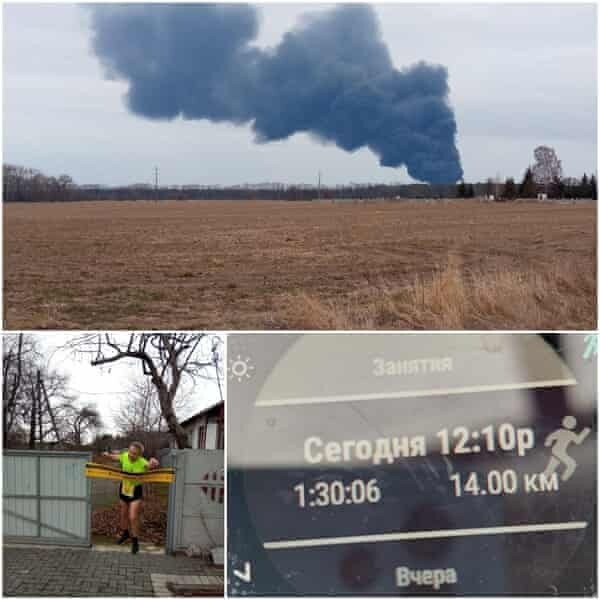
He laughs when I ask him if he’s scared of running outside. “During my run, I often hear more than 10 explosions which are within a 20km distance,” he says stoically. “What’s the point of worrying? I’ve lived most of my life anyway.”
The only two days that he didn’t go for a run were when Kyiv’s mayor, Vitali Klitschko, asked everyone to stay at home. “I want to show that we are a brave nation and that we aren’t afraid,” he says. “We want to be strong, not just with our minds, but with our bodies too.” Plyuyko has been greeting every person he sees on his run, trying to lift people’s spirits. “I wish them good health, hope and trust in the fight with the enemy. I tell them that we will win, that we just need to get through it.”
As Russian forces continue to destroy Ukrainian cities, break ceasefire rules and kill civilians, Ukrainians are terrified. In Kyiv, most people stay at home or in shelters overnight and keep outdoor trips to a minimum. At the time of writing, the centre of Kyiv has experienced a slightly more stable period than the first few days of the war, when Russian airstrikes colored the city’s skyline. Still, sounds of heavy fighting reverberate around the city’s historic buildings. During the daytime, the atmosphere is suppressed but hopeful, with people going outside to the pharmacy, to get food in shops and markets or for a quick walk to move their bodies. Yet, against all odds, and potentially their own safety, a small group of older runners are still heading out every day in Kyiv, sometimes running as Russian bombs fall around them.
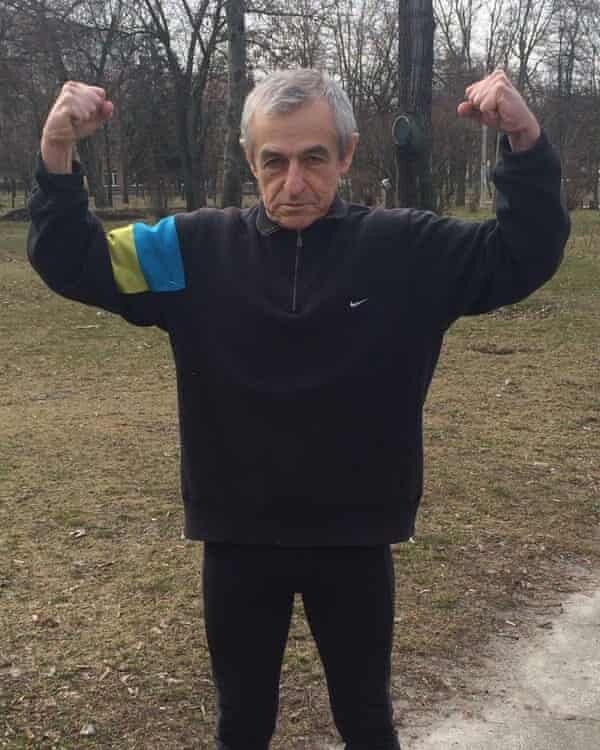
Plyuyko runs in Natalka, a manicured public park that runs alongside the River Dnieper. In the last few days, he has even started going for a cold-water dip in the freezing temperatures of the river’s lagoon during his run. “I want to train myself to control my thermoregulation and find energy in my body.”
The daily exercise has been helping him process the absurdity of an unexpected war on his doorstep. “I think about many things during the run,” he explains. “I think about everything I’ve lived through.”
In the past week or so, Plyuyko has not only been running laps, but he has been running errands and getting groceries for people less mobile than him in his apartment complex. “I’ve been getting in line at the shop for them and running it to their homes. This is a sign of friendship during these hard times.” Locals have been happy to see him too; they call him “Uncle Kolya” and wave at him or sing him praise each time he passes them.
According to Plyuyko, most of the people who have stayed behind are either the “lonely elderly” or those who are choosing to protect their towns and other people’s lives. He is one of Kyiv’s residents who has decided to stay in Ukraine to see the war through to the end.
Just across town is Volodimir Shymko, a 67-year-old who has also been running to fill the city’s empty streets. “So many people have left Kyiv. I can tell which of our neighbours have stayed behind judging by whether their lights are on, and there are very few people who have stayed,” he tells me solemnly over the phone.
Shymko, too, hopes that his running raises people’s morale. “I can’t go to fight at my age, there is an army for that, but we will see how the situation continues – maybe everyone will be forced to fight.”
Konstantin Bondarev, 61, is based in the south of the city with his wife and two other friends who have come to shelter in his house. He has been running long-distance since 1983. “Now that there has been war, I’ve been running non-stop; it makes things feel a lot easier during such turbulent times,” he tells me. Since 24 February, he has clocked 73km in running distance. “Right now, thoughts of war keep going round and round in my head; from the moment you wake up, you start ringing all your friends, asking if everyone is alive and well over the messaging app Viber. When there are always attacks, you wonder if anyone has been bombed.”
This, of course, has affected his nervous system, so the run has been helping him deal with the stress of the war. “When I run, I can put all that aside – at least for a moment.”
In Ukraine, men between the ages of 18-60 have been banned from leaving the country in case they have to fight in the war, even if they have no military experience. “It’s important for people to show that we are alive and strong. This is our expression of the fight.”
Shymko’s daughter and his grandson have fled to a part of the country that has now turned into a hotspot for Russian attacks. “They want to get out, but they can’t right now. I’m really worried about them; it’s a very grave situation.”
Still, Shymko continues to run, in the past week, he has mustered 32km. The trained engineer, who is now a pensioner, has been a keen athlete since the 1970s. “I’ve run 40 marathons, and I’ve been in Berlin, Prague, Bratislava, Poland, Belgium, all around Ukraine.” And what would stop him? “Only if someone was to shoot at me multiple times,” he says macabrely.
The Guardian discovered Plyuyko and Shymko’s routes on Strava – a fitness-oriented social network that uses GPS data to track movement and allows users to share it publicly. The collected data is also used to create heatmaps, which shows trails left behind by the app’s users, so much so, Strava accidentally uncovered numerous unmapped military bases in 2018.
Calling the interviewees on Viber, the lines often went crackly, and Plyuyko, in particular, had trouble getting the app to work. “Can you hear me?” he would shout into the phone before hanging up multiple times. Eventually, we managed to set things up.
I spoke to everyone in Russian, as it was the only language we had in common, and I later translated the interviews to English. Listening back through the recordings, I could hear how much the men I spoke to really wanted to tell the stories of their lives and their runs. With a real possibility of Russian occupation, they were worried that their histories would be overwritten. When I asked for photos, they sent me dozens of images, some taken now and some taken when they are looking much younger. A horrible thought occurred; did they think this might be one of the last chances to be heard and to be seen by the rest of the world?
I have a friend in Kharkiv who hasn’t posted about running online for a little while – it’s worrying
“It’s only natural to be scared when you’re running, and bombs are going off in the distance, going ‘boom’,” says Bondarev. “That does take the joy out of it.” On the day I spoke to him, he went on a run that started well but ended quite ominously. “When I ran out, nothing was going on initially, but then a military plane flew by and then by the end of my run, I saw smoke billowing out of something in the distance. I ran home and took a photo.”
by Diyora Shadijanova (The Guardian)
Login to leave a comment
Sebatian Coe says sports must fight to keep Russia banned
Sports federations have set precedents by banning Russian and Belarusian athletes from competition following the invasion of Ukraine and they must remain firm to keep them in place, Sebastian Coe said Monday.
Coe is a two-time Olympic champion runner from Britain who is now the president of World Athletics, the governing body of track and field. He spoke four days before the start of the world indoor championships. Both Russians and Belarusians have been excluded from that event, which will be held in Serbia.
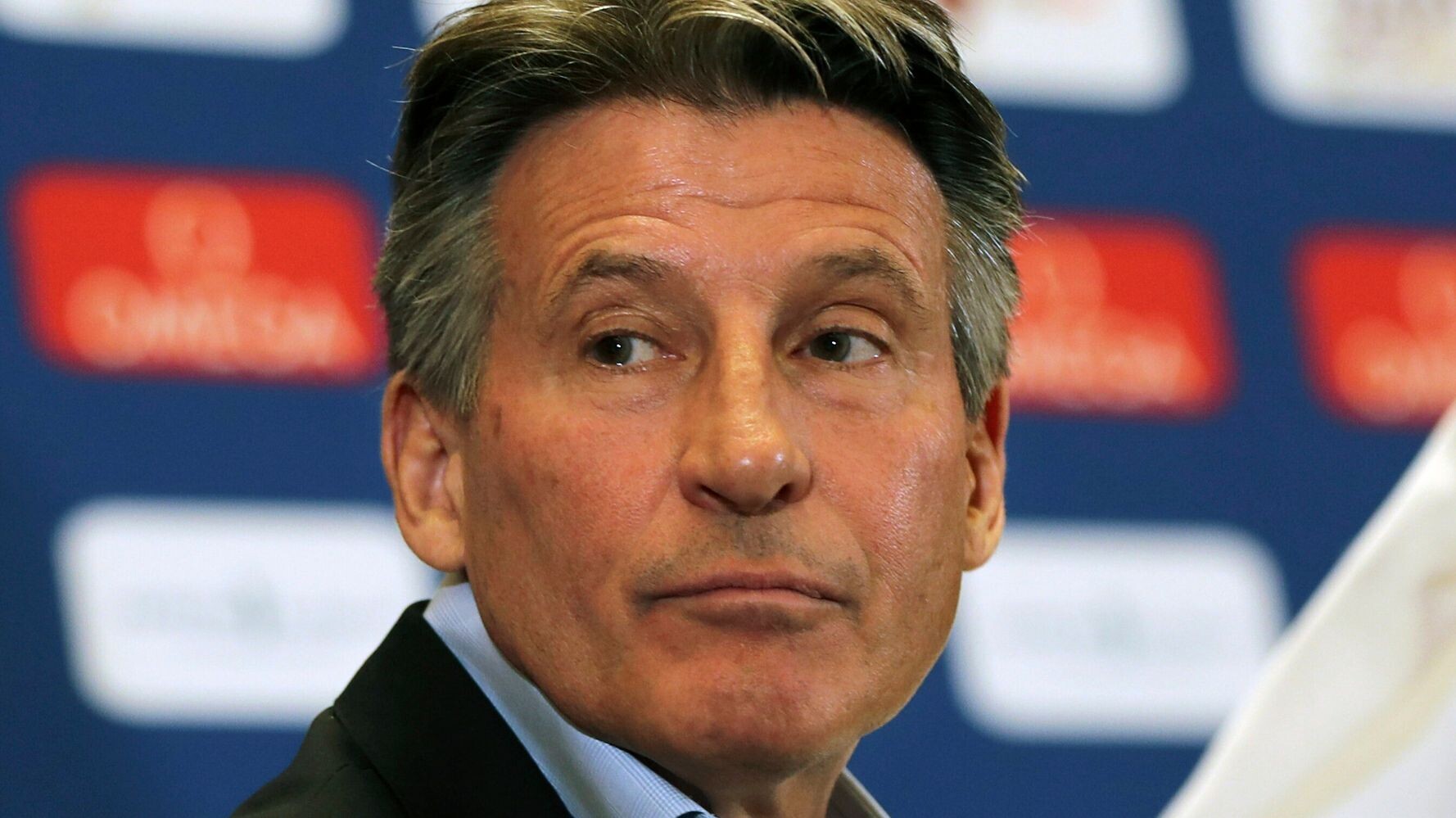
“There’s not a single sports federation out there that naturally wants to exclude teams or individuals. That’s not something that we came into the sport for,” Coe said during a video conference call. “But I think we have to recognize that this is such a game changer. And, yes, it will set precedents.”
Athletes and teams from Russia and Belarus have been kicked out of dozens of sports since Russian forces invaded Ukraine last month, with some soldiers entering via Belarus. The biggest events to be immediately impacted by the decision to ban Russians and Belarusians include the upcoming track championships, the figure skating world championships and soccer.
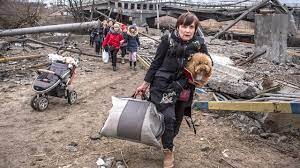
The bans from soccer, which include the Russian national team from World Cup qualifying and Russian club Spartak Moscow from the Europa League competition, have been challenged by the Football Union of Russia. The first appeal rulings are expected this week from the Court of Arbitration for Sport — the highest sports court in the world.
“We absolutely accept that this will set precedents and those precedents will have to be faced individually and sequentially and they will be with us for years,” Coe said. “We haven’t made this easy on ourselves but it is still the right decision.
“You cannot have aggressor nations, where you have so altered the landscape for the integrity of competition being untouched, while the actions of their governments have so influenced the integrity of sport elsewhere.”
Russia’s opponent in the World Cup qualifying playoffs, Poland, has said it won’t play against the country on March 24. The two next possible opponents, the Czech Republic and Sweden, have said the same.
Track and field had previously been the hardest on Russians following the country’s state-sponsored doping scandal dating back to the 2014 Winter Olympics in Sochi. Russians now have to be individually vetted in order to compete in international track events. The Russian track federation has been banned since 2015.
“I don’t have a problem with (banning Russians) because that’s what we’ve done in our sport. I don’t see why that should be different in any other sport if you’re making that judgement on the integrity of the sport,” Coe said. “Goodness me, in football, you’ve already seen teams that decided they’re not going to play in playoff rounds.
“The impact is across the board. So they are going to need to remain really firm on this and do exactly what we’ve done.”
by Chris Lehourites
Login to leave a comment
Inside the War: Dispatches From a Ukrainian Race Director
On February 24, after Russian forces invaded Ukraine and ignited one of the largest conflicts Europe has seen since 1945, Trail Runner Magazine reached out to the country's running community in support, to learn more about what's happening on the ground, and provide a platform in solidarity.
(My Best Runs wanted to share this with our readers. What is happening is terrible and we must tell the world what is going on there.)
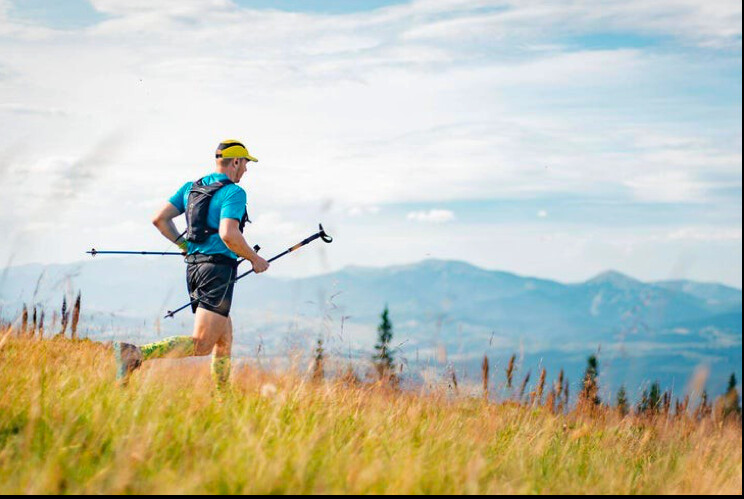
We quickly connected with Yaroslav Turenko in Lviv, western Ukraine, who is the race director for one of the country's largest trail races, the Lviv Ultra-Trail series. Turenko is a passionate trail runner, volunteer, and photographer. Here's what he had to say:
Nicholas Triolo for Trail Runner: Can you tell us what it's like on the ground where you are? What is the general sentiment of the Ukrainian people right now?
As you've likely heard, the worst-case scenario in Ukraine is unfolding. We are facing horrible acts of Russian aggression. They have invaded our country and have started to kill innocent people, bombing our cities, military, and civilian infrastructure. Their military is using the most inhumane methods: local populations used as human shields, women and children dropped off when attacking armored vehicles. The occupiers have killed children, shooting them at point blank.
These are war crimes. Crimes against humanity using tactical weapons of mass destruction, prohibited weapons, and ammunition. Many people in the world think this war is far from Central Europe, but a Russian missile was just dropped on a Ukrainian military base, located 24 miles (40 km) from the European Union border.
We've lost unique Ukrainian works of art in fires, along with the largest plane in the world - Ukraine's Antonov-225 cargo plane - destroyed by Russian strikes outside Kyiv.

But Ukraine is united like never before; all of our internal political disagreements are in the past. All the Ukrainians inside the country and abroad are doing everything possible to stand up and give a proper fight to Russian forces. We ask the international community to stand with Ukraine. But we need international support. We need shelter for our families. We need to close off air traffic from Russia. We need equipment for our defenders and sanctions for Russia.
Andrii Tkachuk, the world record holder in the 48-hour treadmill race and the national record holder in 24- and 48-hour ultramarathons, is currently defending the country in the Ukrainian Armed Forces.
TR: The city of Lviv, where you are, is located in the western part of Ukraine, far from the Russian border. Are you in any immediate threat? Are you in touch with people in Kyiv and other places currently under fire?
We are supporting each other, yes. Everyone in Ukraine can find shelter here in Lviv (pronounced "Luh-VEEV"). However, there is no guarantee that Lviv is a safe place, but right now we see a significant difference between Lviv and other cities in central and eastern Ukraine.
Lviv is a hidden gem of Europe. It's a charming, bohemian city, a UNESCO World Heritage site. It's the city of cafes and pubs, and some surprisingly awesome trail running. There will be no more Lviv Ultra-Trail until the enemy is defeated. Lviv is amazing, remarkably inexpensive by European and international standards, and I sure hope that the Lviv Ultra-Trail will take place again.
TR: Are you turning to your local trail running community for support right now? What can trail and mountain running do to help promote peace and understanding in the world?
We sent all the money from the Lviv Trail Running Club bank account to raise funds for the Ukrainian Armed Forces. Other organizers and trail communities have done the same. All volunteers involved in initiatives related to this development are working with refugees, blood donation, first aid, and cooking food for large groups of people.
Andrii Tkachuk, the world record holder in the 48-hour treadmill race and the national record holder in 24- and 48-hour ultramarathons, is currently defending the country in the Ukrainian Armed Forces.
We are kindly asking the International Skyrunning Federation (ISF) and International Trail Running Association (ITRA) to ban all Russian race evaluation and certification. As far as we know, the Lviv Ultra-Trail banned Russian runners after the annexation of Crimea, and the war in Donbas and Luhansk regions. We are calling for the ban of all Russians from international events like the UTMB World Series, the Golden Trail series, and others sponsored by ISF and ITRA.
TR: Pivoting away from the invasion for a moment: How would you describe trail running in Ukraine to someone who doesn't know much about your country?
Trail running in Ukraine has been developing extremely fast. Every year, the number of events and participants has grown. Among the most popular trail running events are the Tvoya Prygoda Series, Fun Carpaty, Lviv Ultra-Trail, and Ukrainian Trail League series.
Ukraine is a beautiful country with extraordinary nature and breathtaking landscapes, which makes it possible to run trails in nearly every part of our land, year round. The best place for trails, in my opinion, are the Carpathian Mountains, with some peaks above 6,500 feet (2000m) above sea level, with high humidity in every season. (Mount Hoverla is Ukraine's highest peak at 6,762 feet).
Serhii Popov is considered one of the fastest trail runners in Ukraine. He has won national trail and long distance mountain running championships almost every year since 2015, and took part in nine world championships. He is also an ultrarunner with the best national performance time in the Men's 40+ age group for 50K and 100-mile road races.
On February 24, Popov planned to fly to Spain, to take part in a six-hour ultrarunning event in Barcelona, with the goal to set another national record. But in the morning, he woke to bombing sounds from the Boryspil airport, where he was planning to depart a few hours later.
"The first night we spent in the basement of our friends in Irpin, near Kyiv," said Serhii. "It is right next to the Hostomel airport where fighting with the Russians just started. Explosions were so loud that the walls shook. This continued in the morning and we decided to reach the city of Zhytomyr, where my wife's parents were, and our car. As soon as we got to the city, we realized the return trip was not possible, so we decided to stay there and do what we could.
"I could not join the local defense forces. They are only taking people with appropriate combat experience, which I don't have. So we went to shops and carried food and water to block posts," Serhii said.
"The city of Zhytomyr is preparing to meet the enemy. Everybody in the city is trying to help - building fortifications, collecting all the army needs. We often will hear sirens and sometimes the sounds of explosions. But mostly people are calm and ready to stand up for their land."
by Trail Runner Magazine
Login to leave a comment
World Athletics bans athletes from Russia and Belarus
World Athletics will impose sanctions against the member federations of Russia and Belarus as a consequence of Putin’s invasion of Ukraine. Russian and Belarusian athletes will be excluded from all World Athletics events for the foreseeable future, effective immediately.
This sanction means that all Russian or Belarusian athletes who have received ANA (Authorized Neutral Athlete) status will have their accreditation withdrawn and entries denied, as will any coaches, personnel and officials.
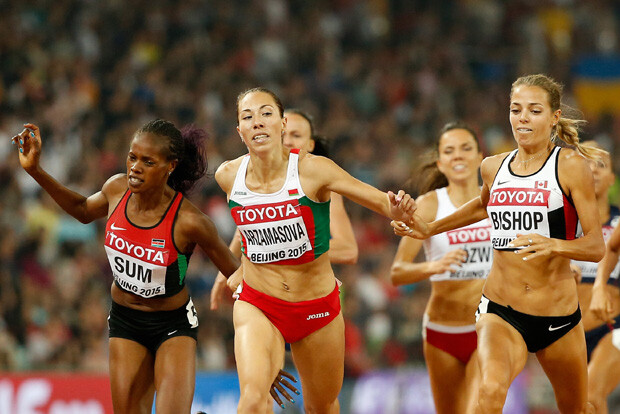
The suspension will include the 2022 World Athletics Championships in Oregon, the 2022 World Athletics Indoor Championships in Belgrade, Serbia, and the 2022 World Athletics Race Walking Championships in Muscat, Oman, which are set to begin on March 4.
World Athletics has also agreed to consider the suspension of the Belarus Federation, which will be a topic of discussion at the scheduled WA Council meeting on March 10.
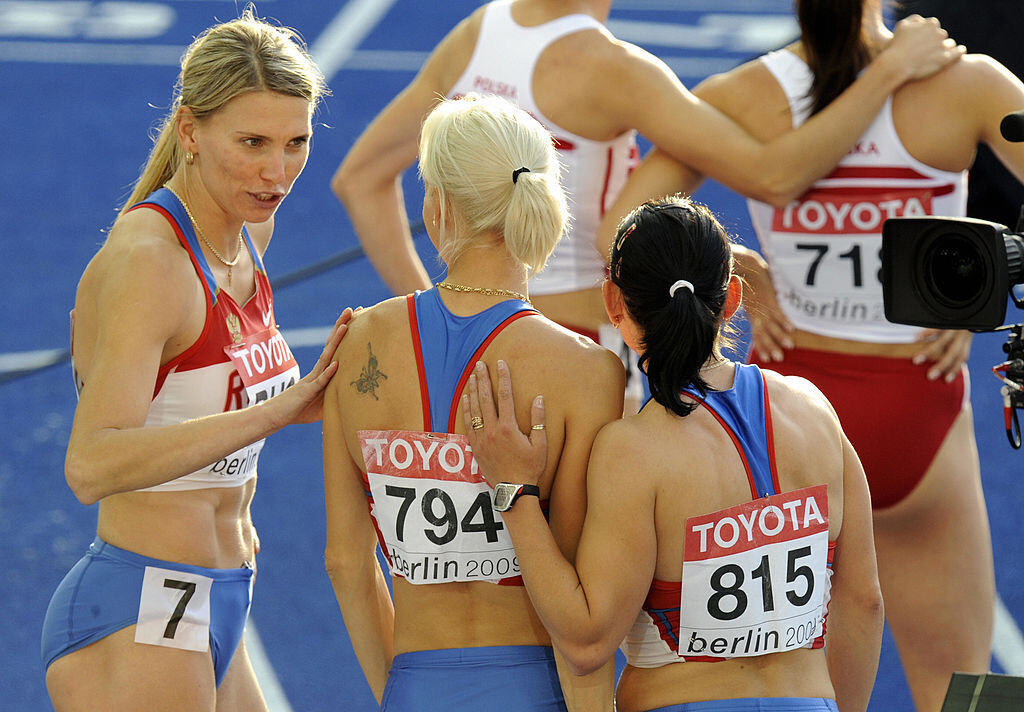
World Athletics President Sebastian Coe said:
“The world is horrified by what Russia has done, aided and abetted by Belarus. World leaders sought to avoid this invasion through diplomatic means but to no avail given Russia’s unswerving intention to invade Ukraine. The unprecedented sanctions that are being imposed on Russia and Belarus by countries and industries all over the world appear to be the only peaceful way to disrupt and disable Russia’s current intentions and restore peace.”
The Russian Athletics Federation (RusAF) has been suspended from competing in World Athletics events since 2015 due to multiple doping violations. They are currently not eligible to host World Athletics events or send teams to international championships until 2023.
Two weeks ago, on Feb. 17, World Athletics and its Doping Control Review Board (DRB) announced it had approved the applications of 33 Russian athletes to compete in international competition as neutral athletes (ANA) this year. Now, the 33 Russian athletes who received ANA status for 2022 are excluded from World Athletics Series events.
by Marley Dickinson
Login to leave a comment
Former World Athletics president Lamine Diack has died
The former head of global athletics Lamine Diack, who presided over the sport from 1999 to 2015 but was later convicted for corruption, has died aged 88, his family told AFP.
The Senegalese was head of the International Association of Athletics Federations (IAAF), now renamed World Athletics, the world governing body of track and field, the cornerstone of Olympic sport.
Diack, who was also a powerful figure at the International Olympic Committee (IOC), was found guilty of corruption by a French court in 2020 for covering up Russian doping cases in exchange for millions of dollars of bribes.
He was sentenced to four years in prison, of which two were suspended, and fined 500,000 euros ($560,000).
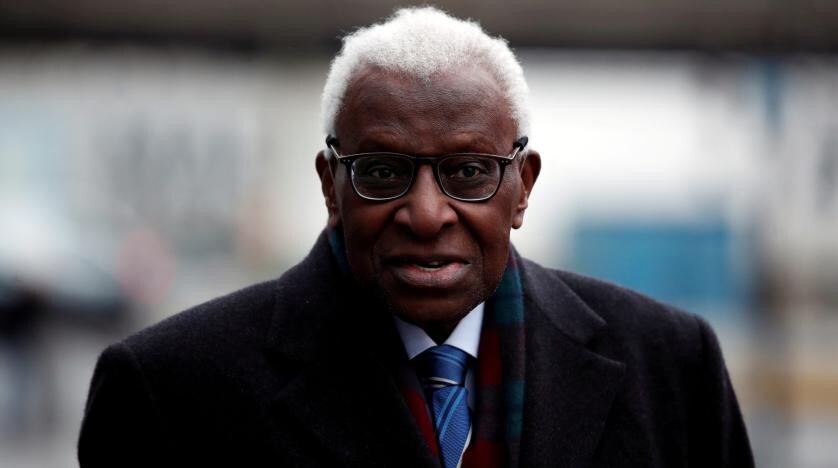
The trial in Paris heard that the money was paid in return for "full protection", to allow Russian athletes who should have been banned to escape punishment.
Twenty-three Russian athletes had their doping offences hushed up so they could compete at the 2012 London Olympics and 2013 world championships in Moscow.
Because of his age, Diack, a former long jumper, football coach and then businessman and politician who was decorated in the Kremlin in late 2011, was spared jail.
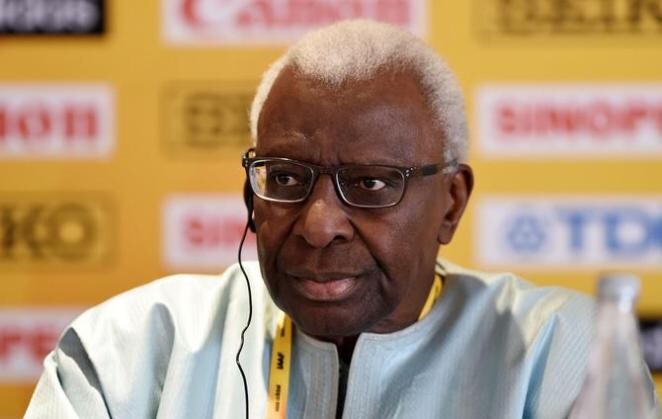
His son Papa Massata Diack, a former marketing executive for the IAAF, was tried in absentia because Senegal refused to extradite him. He was sentenced to five years in prison, fined one million euros and banned from all sport for 10 years.
- Olympic figure -
Lamine Diack, a member of the IOC from 1999 to 2013 and then an honorary member from 2014-15, was embroiled in another corruption affair linked to the awarding of the 2016 Rio Olympics and the Tokyo Olympics, that were postponed because of the pandemic but took place this year.
Despite not being jailed over the Russian corruption, he was held in France because of his indictment in the case involving suspected Olympic vote-buying. His passport had been confiscated.
But a judge soon lifted the ban on Diack leaving France, provided he paid a bond and that he continued to respond to summonses.
Senegalese Premier League side Jaraaf de Dakar, where Diack was club president, said it had sold part of its headquarters property to pay the bail.
Diack was replaced by Britain's Sebastian Coe in August 2015 as head of world athletics. The disgraced Senegalese had resigned from the IOC in the same year.
Coe had been one of Diack's vice-presidents at the then-IAAF between 2011 and 2014.
Born in Dakar on June 7, 1933, Diack started his sporting career as a long jumper, winning the French athletics championships title in 1958. A knee injury prevented him from competing in the 1960 Olympics, however.
He was also a footballer and was technical director of Senegal's national team from 1966 to 1969.
Diack also became head of Senegal's Olympic Committee, mayor of Dakar, a lawmaker and was head of the West African country's national water company before becoming the first non-European to take over as head of the IAAF following the sudden death of its previous president Primo Nebiolo.
The African power-broker said he had played a key role in globalising athletics and his time at the top certainly coincided with a huge boom in its revenues.
Diack was in charge as the sport grew and developed beyond its European and North American core.
He oversaw its move from amateur to professional status, ensured complete equality in events and prize money for men and women, and established international competition circuits for athletes in all the disciplines.
But the Senegalese had previous brushes with scandal before the most recent charges.
Diack and Issa Hayatou, acting FIFA president for four months in wake of the 2015 corruption case against Sepp Blatter, both received warnings from the IOC in 2011 over cash payments they received from International Sport and Leisure (ISL), a marketing company whose collapse caused a major scandal for football's governing body.
by AFP
Login to leave a comment
Kenyans Langat Clement Kiprono and Peris Cherono Lagat won the men's and women's Rome Marathon, respectively, on Sunday
A one-year pause due to the coronavirus pandemic didn't have a big impact on the victory stands at the Rome Marathon, with African runners continuing their long dominance of the race on Sunday, which was first run in 1982.
Kenyan Clement Langat Kiprono took the overall championship for the 42.2-kilometer (26.2-mile) race in 2 hours 8 minutes and 23 seconds. Kiprono came in five seconds ahead of Tanzanian Emmanuel Naibei, who finished in 2:08:28, followed by Ethiopian Ulfata Deresa Guleta, who took third in 2:08:42.
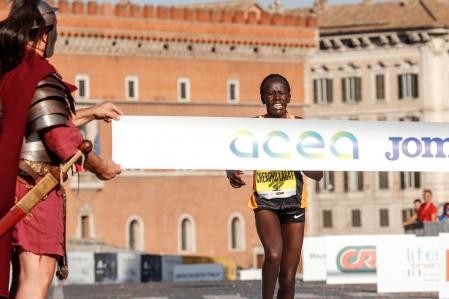
Kiprono's compatriot Peris Lagat Cherono won her race by a more comfortable margin, finishing in 2:29:29, well ahead of Judith Jurubet, also from Kenya, who crossed the finish line in 2:30:50, and Jifar Fantu Zewunde of Ethiopia, who finished in 2:32:02.
All told, more than 7,500 runners were on the early-morning starting line in the shadow of Rome's Colosseum. The city's mayor, Virginia Raggi, was the race's ceremonial starter.
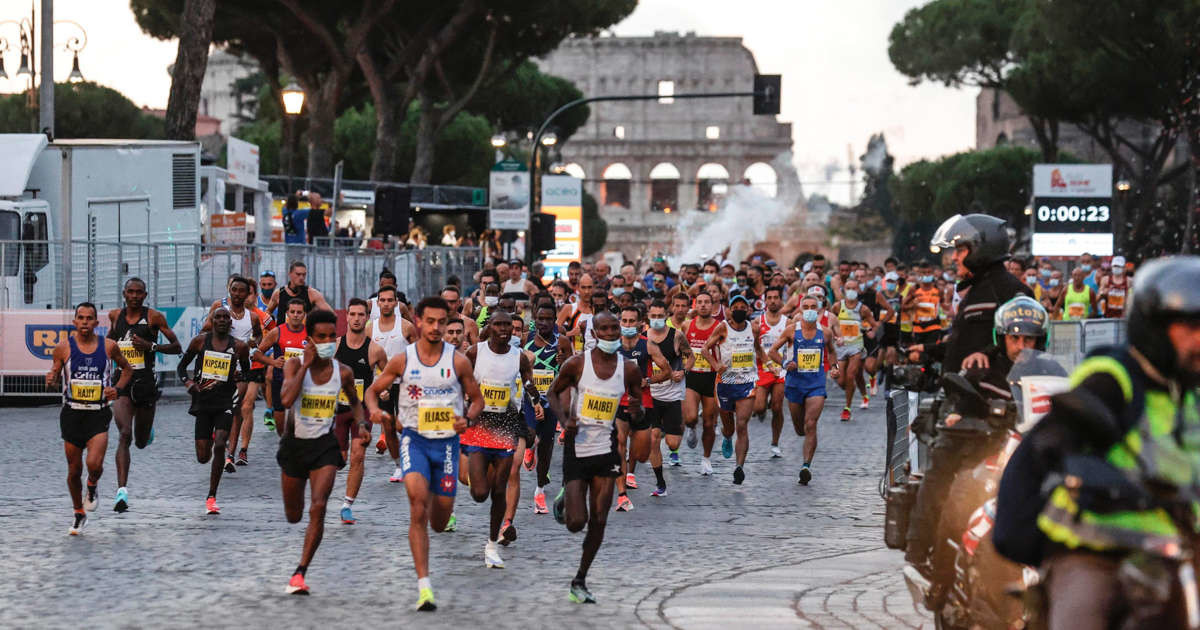
Last year's race was canceled due to the coronavirus pandemic, and this year's edition was pushed back from April, its normal spot on the calendar, for the same reason.
Runners who registered for the 2020 race were automatically entered in this year's edition, and race finishers were awarded two medals: one for 2020 and one for 2021.
Kiprono was the fifth consecutive Rome Marathon champion to run under 2 hours and 9 minutes in his victory, but he was still short of the course record of 2:07:17 set by countryman Benjamin Kiptoo in 2009. Cherono was also slower than the course record of 2:22:52 run by Ethiopian Alemu Megertu in 2019, the previous edition of the race.
African runners have won the men's title in 15 consecutive races, starting after Italian Alberico Di Cecco won in 2005, and they have won 12 straight races in the women's division, following the victory of Russian Galina Bogomolova in 2008. Cherono's win broke a six-race streak of victories by Ethiopian runners in the women's division.
by Xinhua News
Login to leave a comment
Run Rome The Marathon
When you run our race you will have the feeling of going back to the past for two thousand years. Back in the history of Rome Caput Mundi, its empire and greatness. Run Rome The Marathon is a journey in the eternal city that will make you fall in love with running and the marathon, forever. The rhythm of your...
more...Moscow Marathon postponed until 2022 amid COVID-19 restrictions
The Moscow Marathon has been postponed until 2022 amid ongoing COVID-19 restrictions in the Russian capital.
The event had been scheduled to take place on September 26.
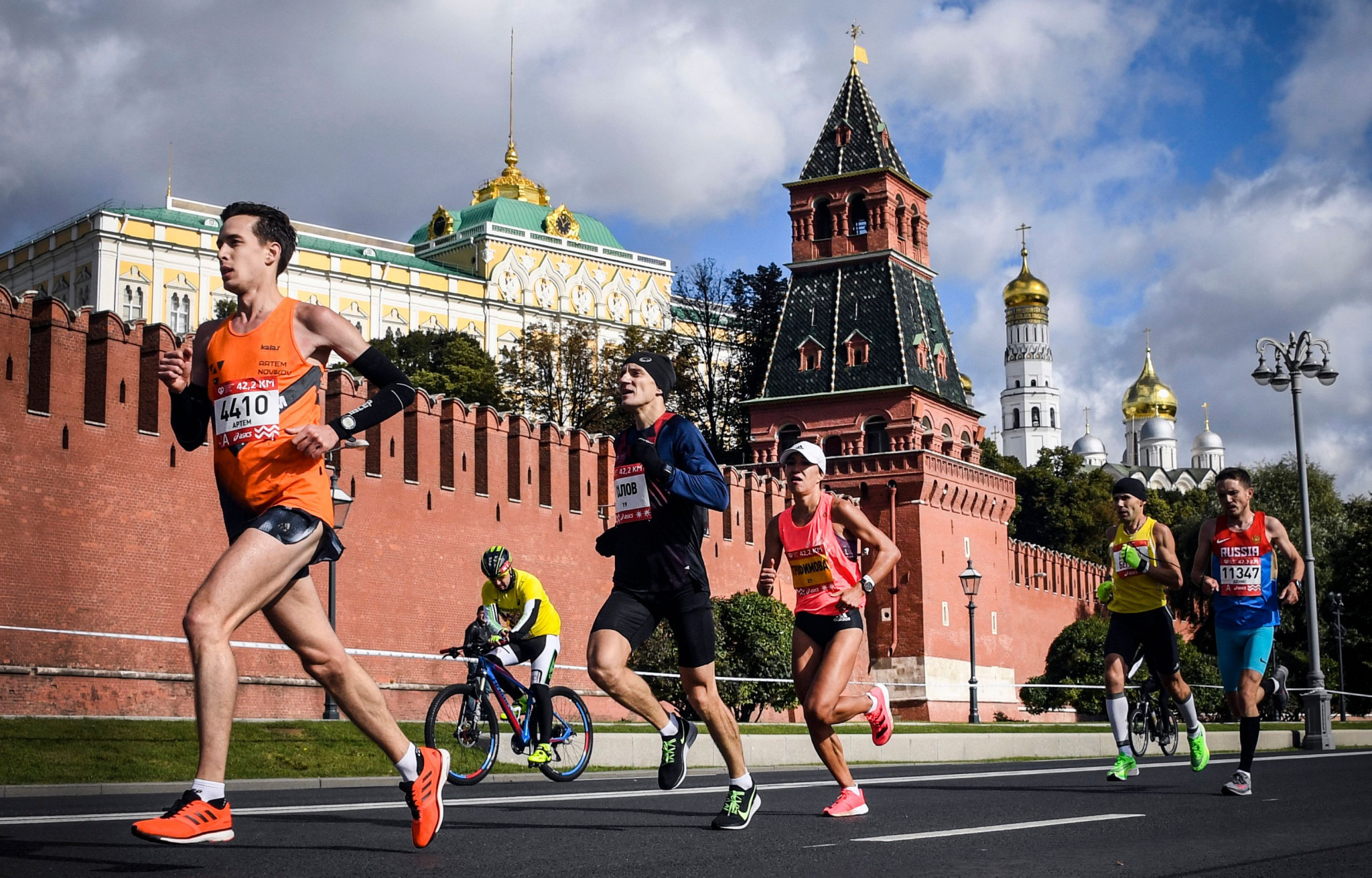
Organisers have confirmed that "due to the epidemiological situation, the city is forced not to hold mass events", resulting in the postponement of the event.
Under current restrictions in Moscow, there is a temporary ban on concerts, entertainment and sports events involving more than 500 people.
"Throughout the season, we fight for our every start and do everything possible to make the planned races take place," said race director Dmitry Tarasov, according to the Russian state news agency TASS.
"But we live in a situation where circumstances can change every day.
"These changes concern not only sports, but also our daily life.
"The team of the running community was preparing a large-scale sports event for you, but this year it will not take place.
"We are grateful to everyone who supports us and understands the events that are taking place at the moment.
"We are looking forward to holding all the events planned until the end of the year, and we will be happy to meet you at the start."
The event would have been the ninth staging of the Moscow Marathon, which was first held in 2013.
The race takes runners across the Crimean bridge, through Tverskaya Street and Teatralniy Proezd to the walls of the Kremlin.
Organisers say the route features major landmarks in the city, including the Moscow City skyscrapers, four of the seven Stalinist skyscrapers and the Bolshoi Theater.
Despite the COVID-19 pandemic, the event took place last year.
Organisers say the event will take place next year, but remain hopeful of holding upcoming events until the end of 2021.
This includes the fast dog and fox mountain cross-country events, which are scheduled for October 2 and 3, as well as the night run on October 9.
The Moscow Half Marathon is still scheduled to take place on October 24.
Login to leave a comment
Moscow Marathon
The Absolute Moscow Marathon is the biggest event of its kind in Russia that also attracts runners from all over the world. It is a citywide celebration of sports, camaraderie and healthy lifestyle. For the last 5 years the event has grown from a small local race to an important international running event. Over 20 000 participants from all over...
more...The Moscow Marathon has been postponed until 2022 amid ongoing COVID-19 restrictions in the Russian capital
The event had been scheduled to take place on September 26.
Organizers have confirmed that "due to the epidemiological situation, the city is forced not to hold mass events", resulting in the postponement of the event.

Under current restrictions in Moscow, there is a temporary ban on concerts, entertainment and sports events involving more than 500 people.
"Throughout the season, we fight for our every start and do everything possible to make the planned races take place," said race director Dmitry Tarasov, according to the Russian state news agency TASS.
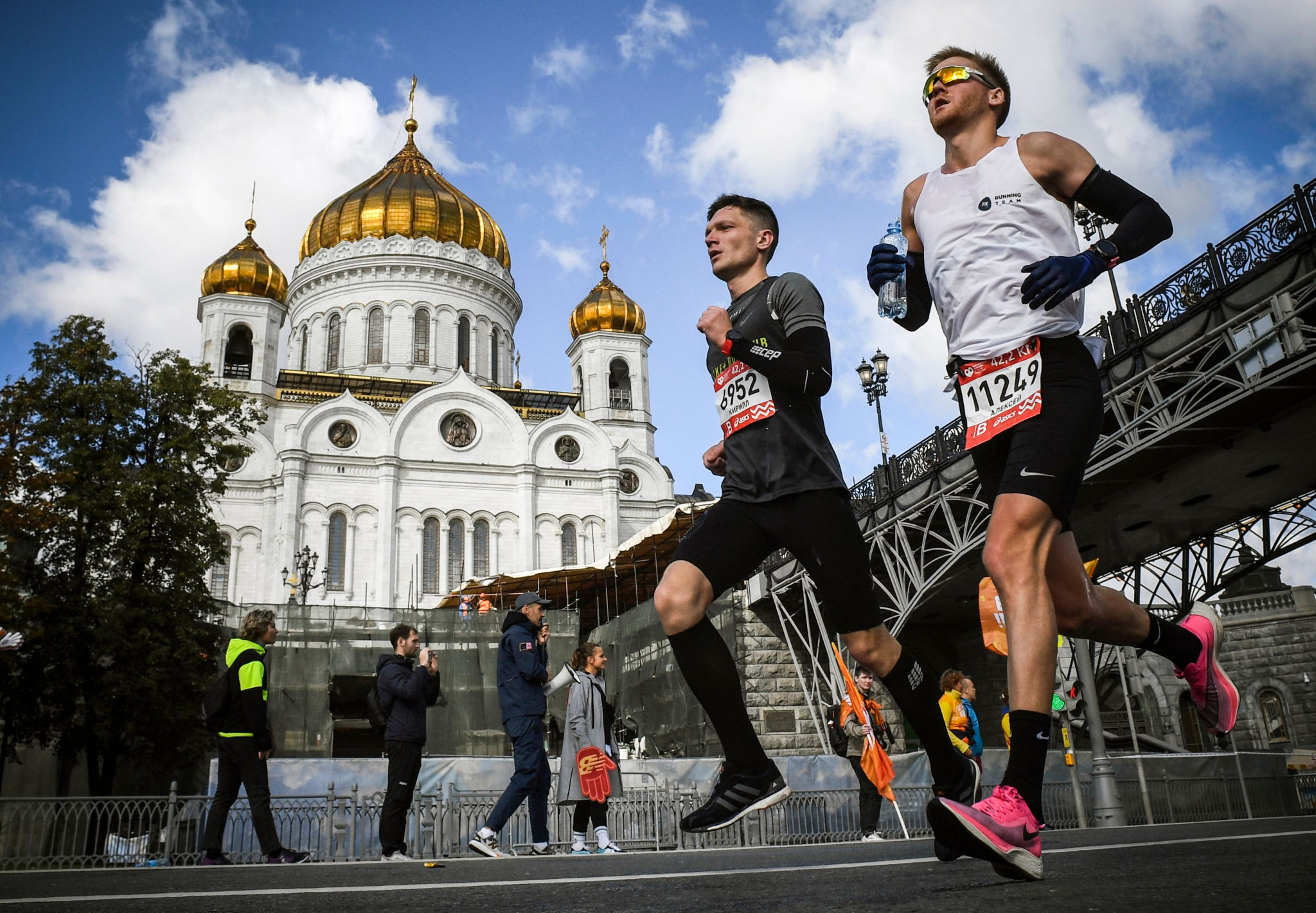
"But we live in a situation where circumstances can change every day.
"These changes concern not only sports, but also our daily life.
"The team of the running community was preparing a large-scale sports event for you, but this year it will not take place.
"We are grateful to everyone who supports us and understands the events that are taking place at the moment.
"We are looking forward to holding all the events planned until the end of the year, and we will be happy to meet you at the start."
The event would have been the ninth staging of the Moscow Marathon, which was first held in 2013.
The race takes runners across the Crimean bridge, through Tverskaya Street and Teatralniy Proezd to the walls of the Kremlin.
Organisers say the route features major landmarks in the city, including the Moscow City skyscrapers, four of the seven Stalinist skyscrapers and the Bolshoi Theater.
Despite the COVID-19 pandemic, the event took place last year.
Organisers say the event will take place next year, but remain hopeful of holding upcoming events until the end of 2021.
This includes the fast dog and fox mountain cross-country events, which are scheduled for October 2 and 3, as well as the night run on October 9.
The Moscow Half Marathon is still scheduled to take place on October 24.
by Michael Pavitt
Login to leave a comment
Moscow Marathon
The Absolute Moscow Marathon is the biggest event of its kind in Russia that also attracts runners from all over the world. It is a citywide celebration of sports, camaraderie and healthy lifestyle. For the last 5 years the event has grown from a small local race to an important international running event. Over 20 000 participants from all over...
more...2021 Badwater 135 Results: McRae Wins First Women’s Title, Lewis Gains Second Men’s Win
On Monday night, the 44th Badwater 135 Mile kicked off in Death Valley, California. In a field headlined by former male champs and women vying to become first-time winners, the first finishers rolled across the finish line at Whitney Portal, California on Tuesday night.
The race started in three waves at 8:00 p.m., 9:30 p.m., and 11:00 p.m Monday night, and the full field will cross the finish line before the 48-hour cutoff on Wednesday evening.
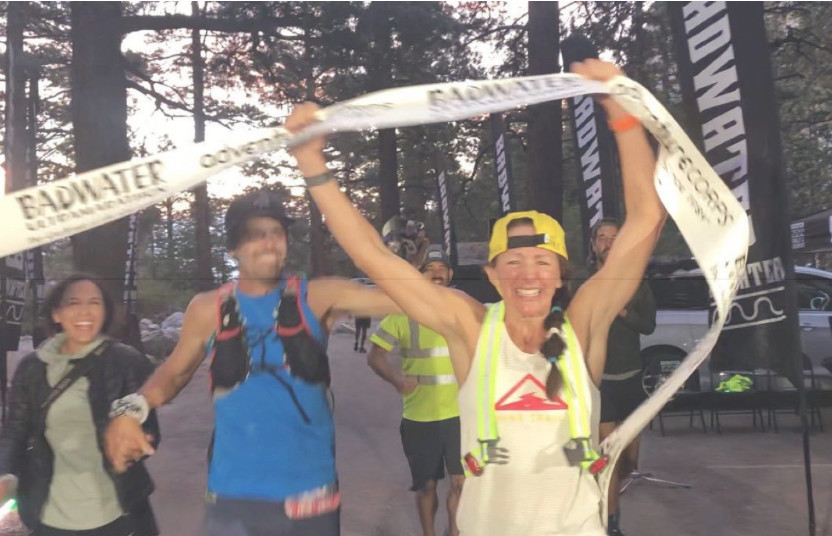
The Badwater 135 covers three mountain ranges for a total of 14,600 feet (4,450 meters) of cumulative vertical ascent and 6,100 feet (1,859 meters) of cumulative descent. Course conditions figured to be especially severe this year, as heat waves continue to rake the American West. As I write this sentence, the heat index in Death Valley is 117 degrees Fahrenheit; at Whitney Portal, it’s 100 degrees.
2021 Badwater 135 Men’s Race
In a field stacked with previous race winners, 45-year-old Harvey Lewis pulled off his second Badwater 135 victory. The Ohioan spent most of the race in a three-man weave with Ukrainian Igor Gotsuliak and Russian Sergey Ionov, who took second and third respectively. Lewis checked in almost an hour behind Gotsuliak for the lead at mile 90 but blistered past the Ukrainian to take a one-hour lead by mile 122. He’d previously won the event in 2014, and this was his 10th finish and fifth podium.
The lead pack distanced itself from a loaded field. In addition to Lewis, three other Badwater winners returned in 2021 with four total gold medals between them. Michele Graglia won in 2018, Pete Kostelnick won in 2015 and 2016, and Oswaldo Lopez won in 2011. Kostelnick was especially hot in 2016 when he set the men’s 20-29 age-group record with a 21:56:32. However, he didn’t finish in 2021, dropping out between miles 90 and 122. Graglia was also a DNF. And Lopez finished this year’s event in 10th place with a time of 31:46:04.
2021 Badwater 135 Men’s Results
1. Harvey Lewis – 25:50:23
2. Igor Gotsuliak (Ukraine) – 26:35:08
3. Sergey Ionov (Russia) – 26:49:06
4. Kenneth Ringled – 28:56:37
5. Mark Wooten – 29:39:02
76-Year-Old Attempts to Break Age Record
Notably, Bob Becker aimed to become the oldest competitor ever to finish, at 76. Jack Denness set the current record with a 59-hour push at age 75 in 2010. Becker’s bid fell short — word from the course was that he retired from the race around mile 50 with physical issues; the results mark him as a DNF.
2021 Badwater 135 Women’s Race
In her first return to the Badwater 135 since a seventh-place finish in 2018, Sally McRae took the women’s field in 30:48:47. After McRae overtook and distanced herself from then-leader Suzi Swinehart midway, she left little reason to doubt she would win, finishing two hours and 49 minutes ahead of Norma Roberts in second place. Swinehart ultimately took third, improving on her sixth-place finish in the 2019 race. Caryn Lubetsky finished in fourth place, just a half hour behind third-place Roberts. And Jessica Hardy was 2021’s fifth-place woman.
Other notables included 2019’s third-place finisher Lisa DeVona, who was laboring at the middle/back of the pack at the time of publication.
2021 Badwater 135 Women’s Results
1. Sally McRae – 30:48:47
2. Norma Roberts (Canada) – 33:37:49
3. Suzi Swinehart – 34:24:33
4. Caryn Lubetsky – 34:56:11
5. Jessica Hardy – 35:56:47
Login to leave a comment


